The rainy season has arrived, and everything is coming back to life. It’s the time of year when the people of Yunnan come out to play, and the air in the forests is filled with the scent of wild mushrooms.
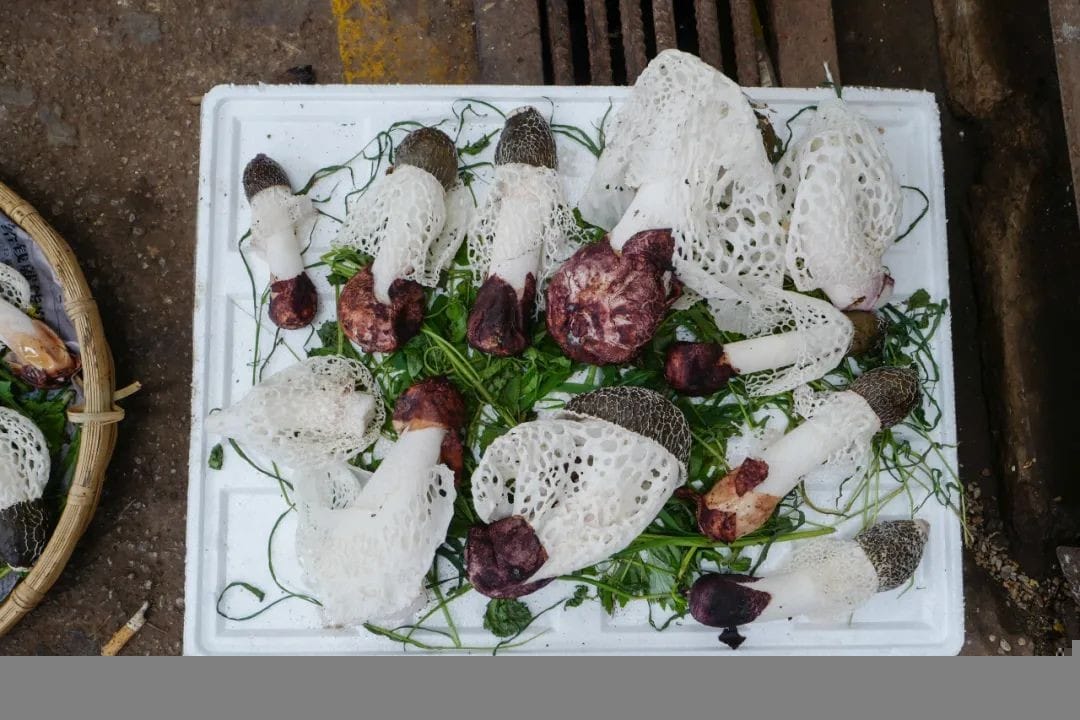
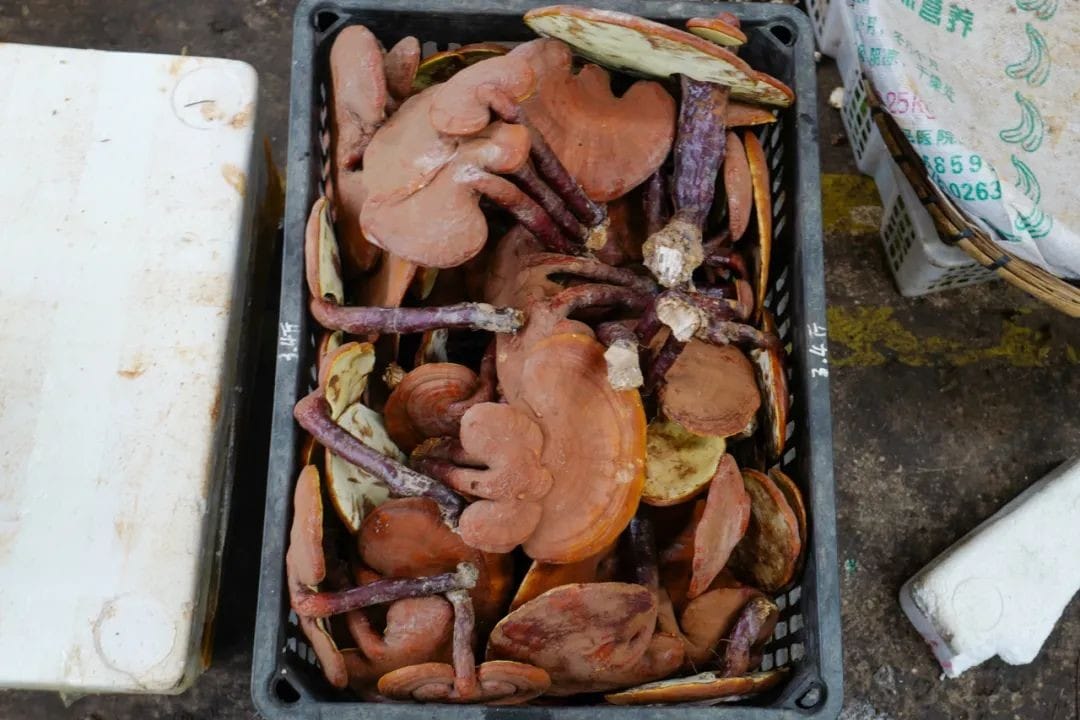
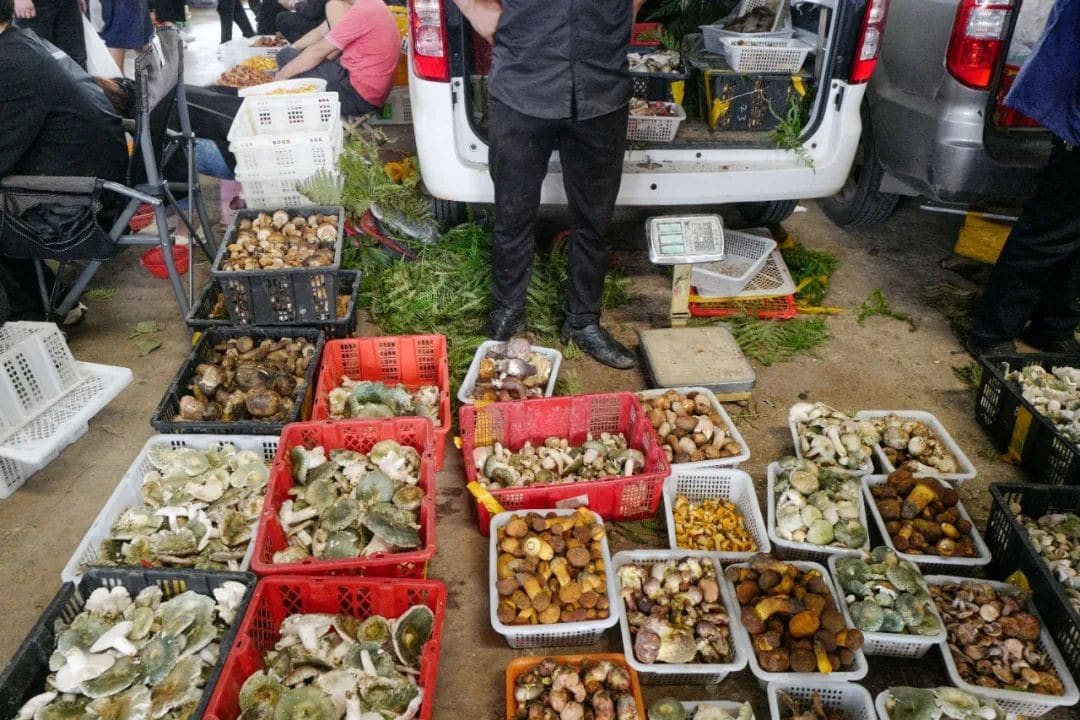
From May onwards, the southwest monsoon from the Indian Ocean and the southeast monsoon from the Pacific meet here, bringing warm and humid air currents and abundant rainfall. While people in the eastern regions are still depressed by the plum rain season, the people of Yunnan are already joyfully heading up the mountains to pick mushrooms.
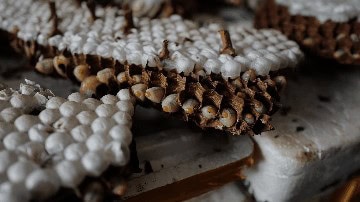
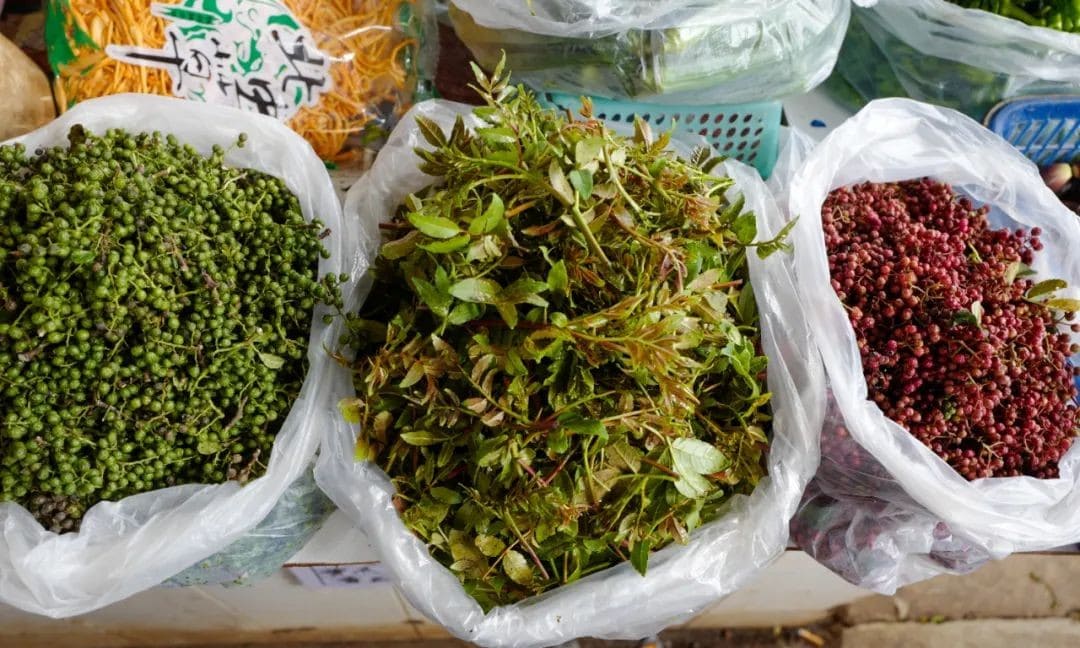
In Yunnan, never call wild mushrooms “mushrooms”; it makes you sound like an outsider. Locals usually call them “jier,” and even more natively, “jier.”
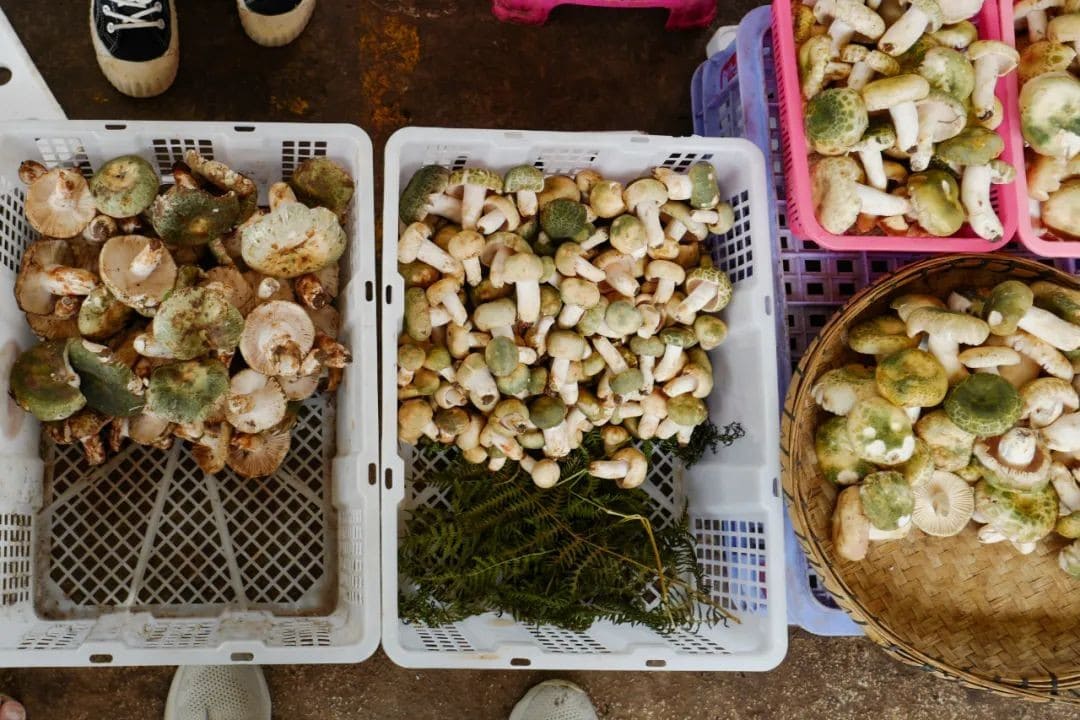
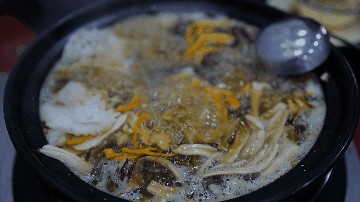
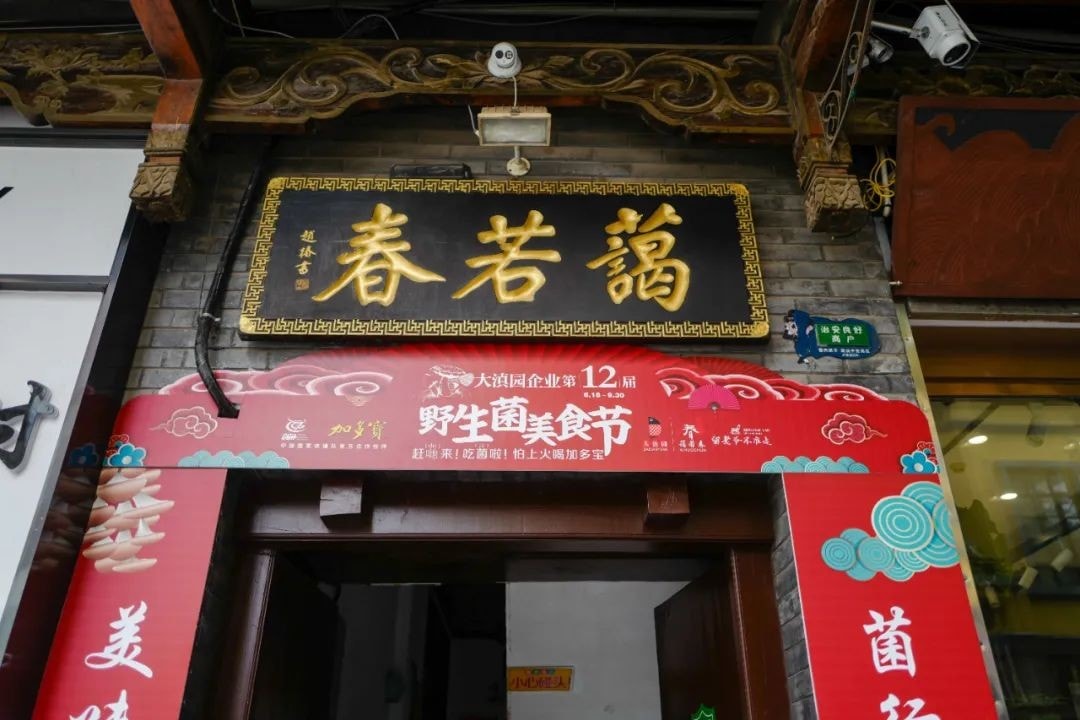
There are hardly any places in Yunnan that don’t produce wild mushrooms. Dense pine forests cover the land from south to north, and from May onwards, under the dual catalysis of temperature and humidity, mushrooms start to grow wildly across the mountains.
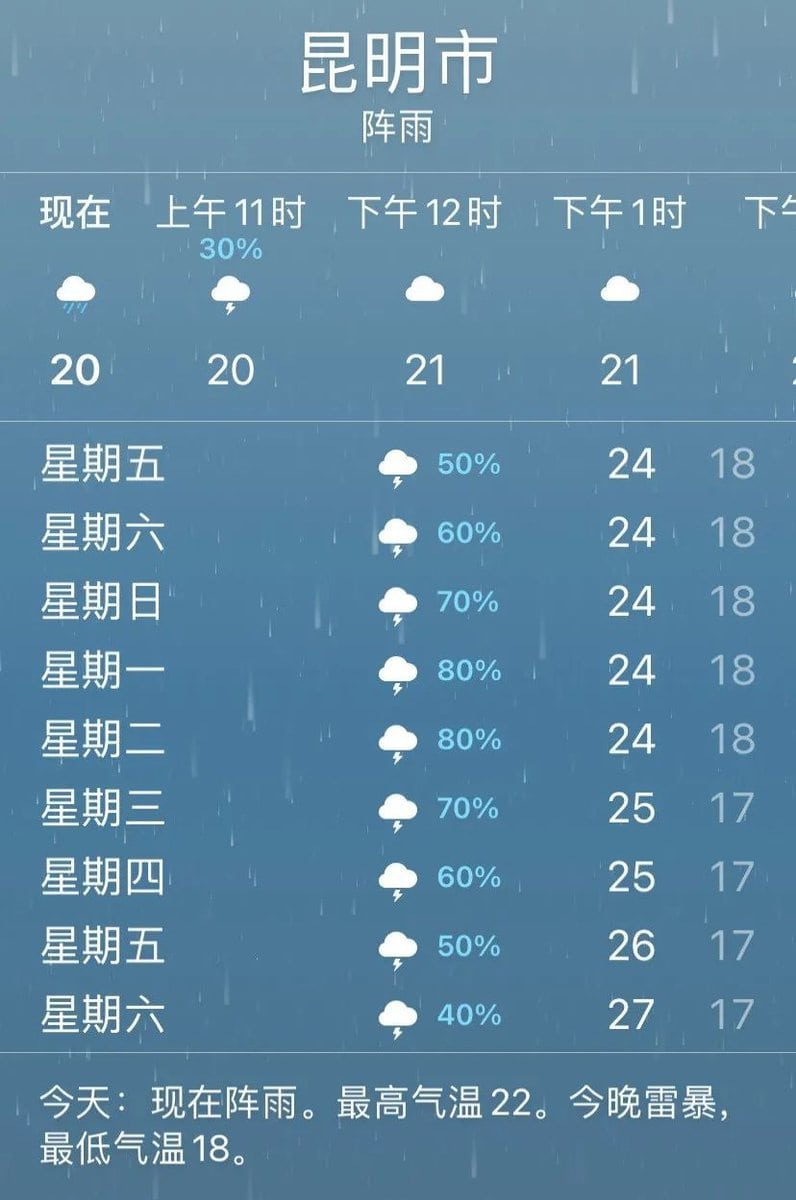

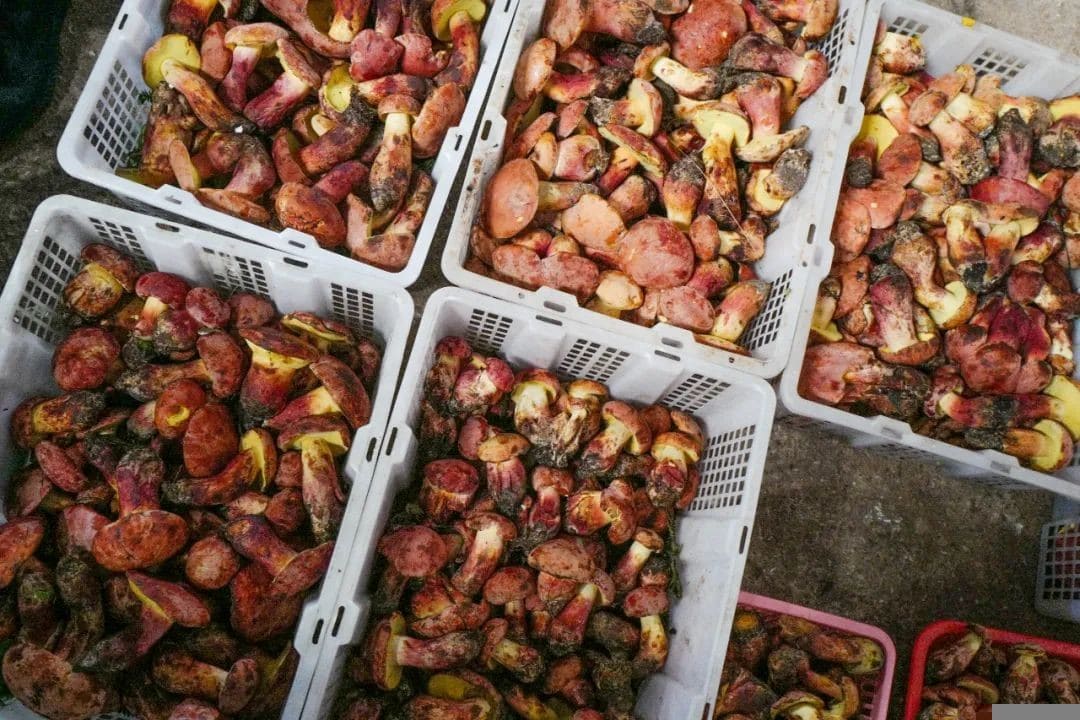
Currently, about a thousand species of edible fungi have been discovered in China, and almost all of them can be found in Yunnan. However, among these, over 200 species are poisonous, which has the Yunnan Health Commission very concerned. Every rainy season, the local government tries various methods to inform people about preventing mushroom poisoning.
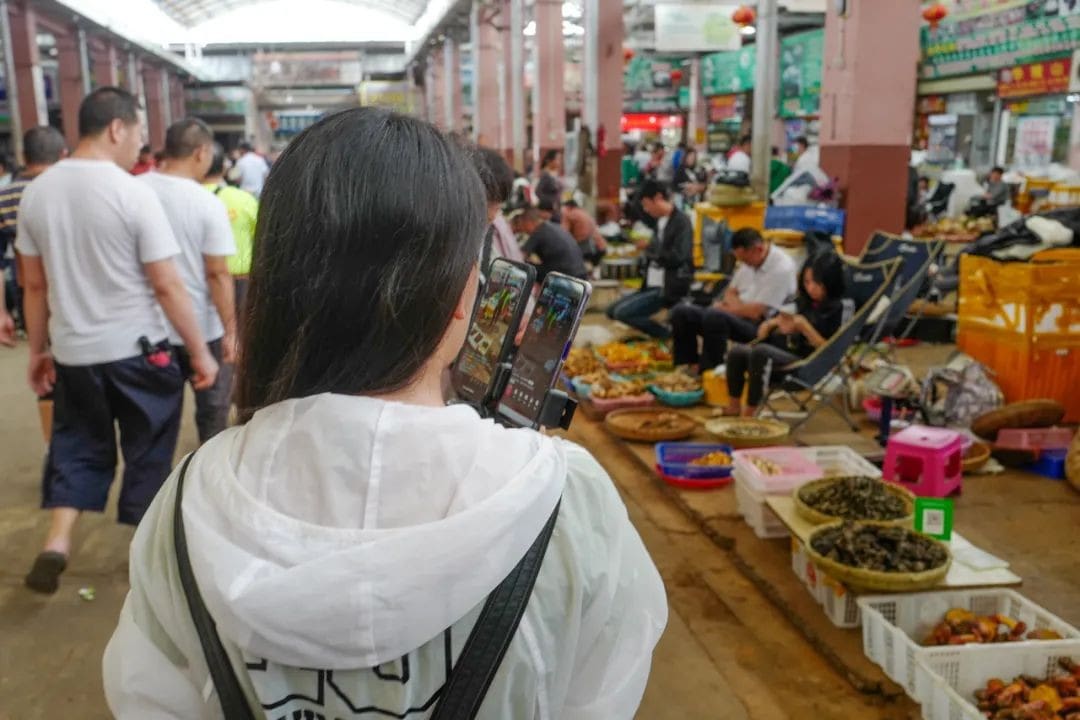
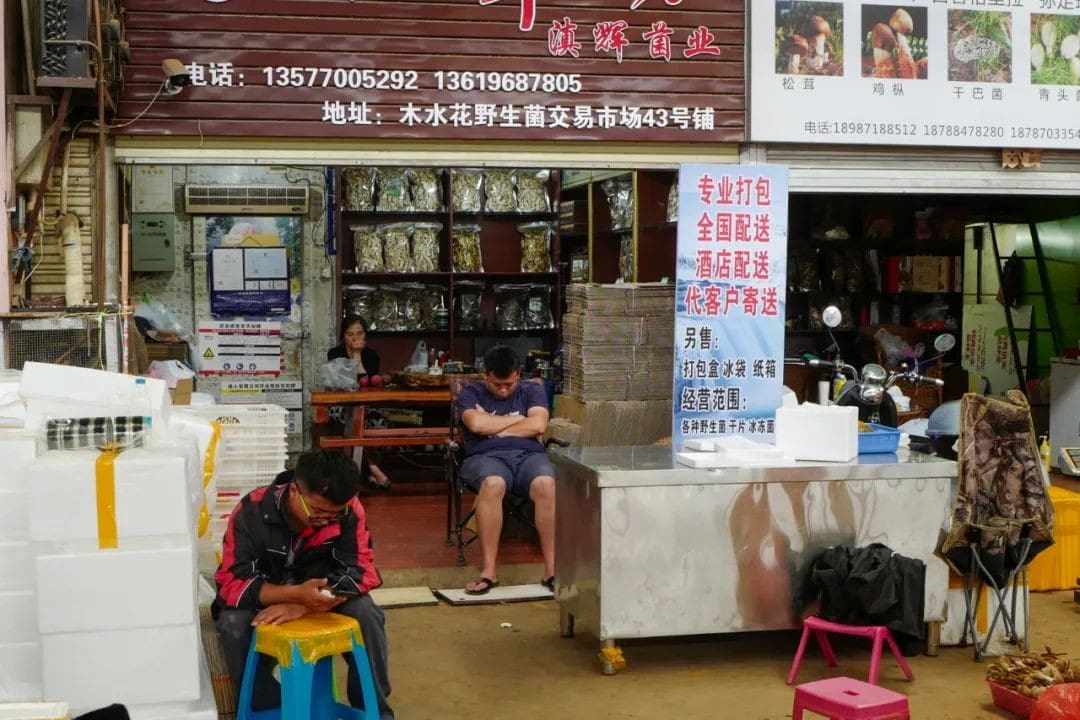
Contrary to our perception that brightly colored mushrooms are poisonous, many seemingly ordinary-looking mushrooms are actually highly toxic. Look at this mushroom below, pure white and innocent-looking, yet many people die from it every year.
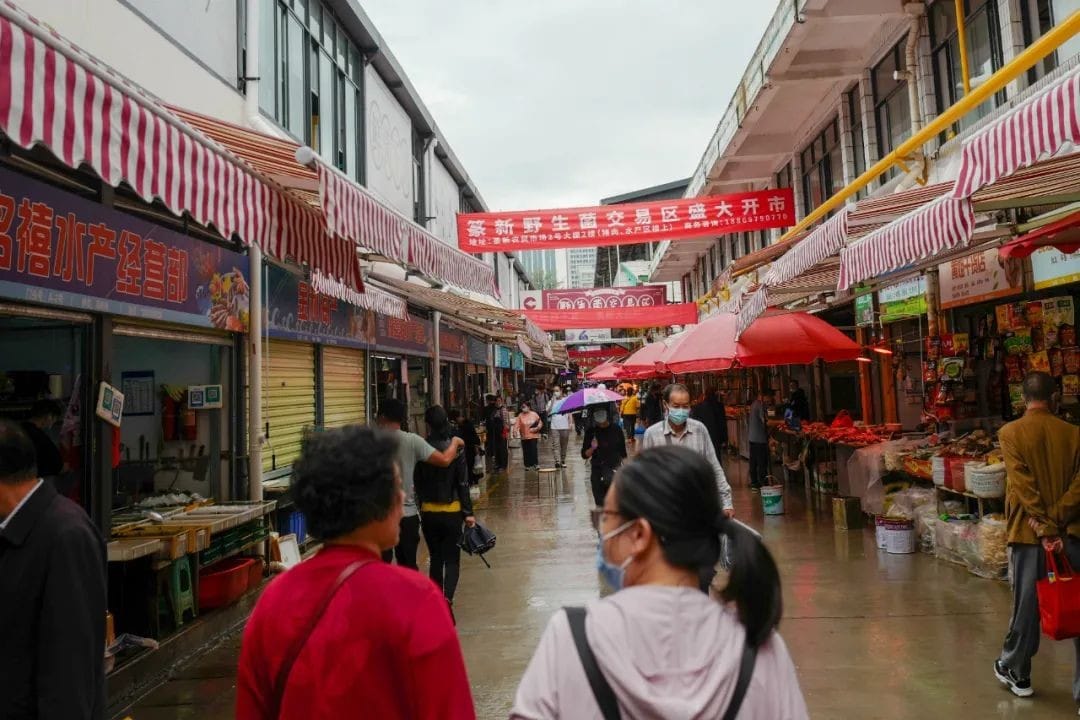
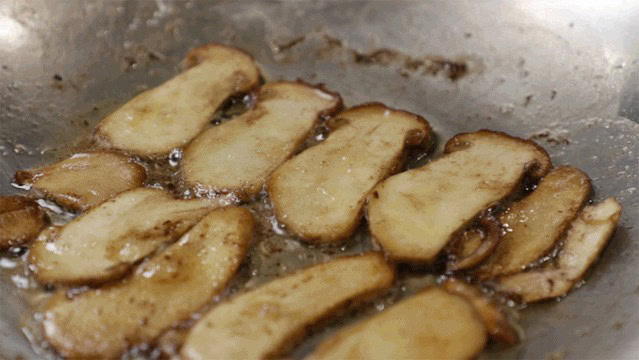
▲Highly toxic Amanita mushroom
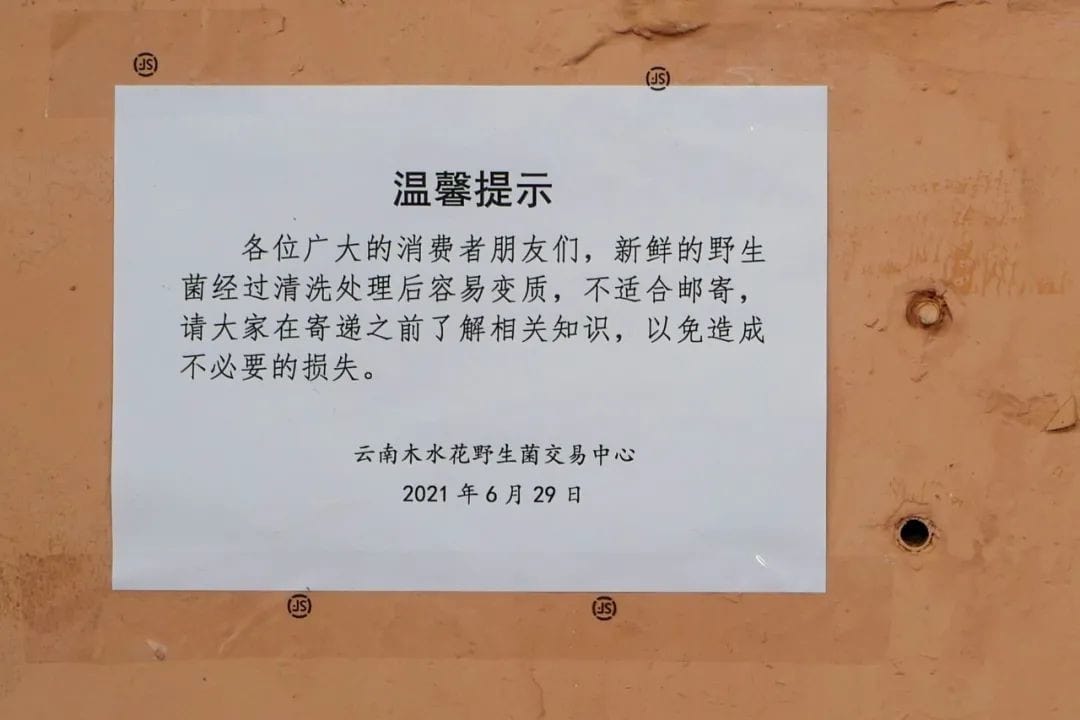
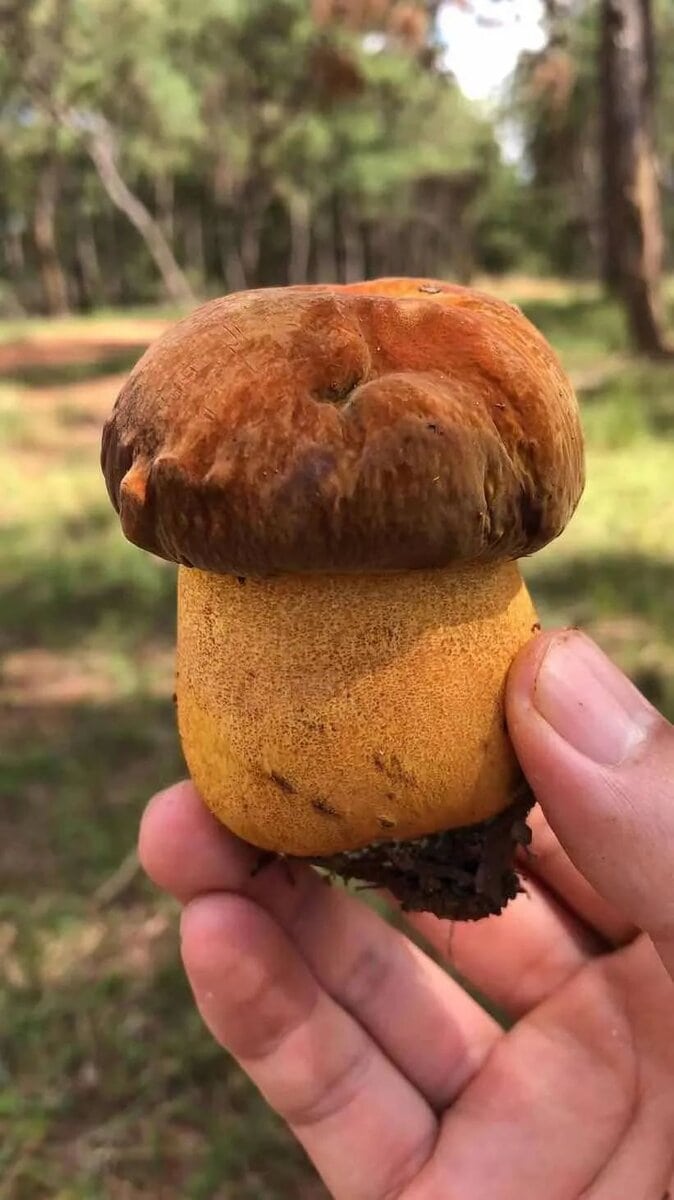
This “white lotus of mushrooms,” characterized by a cap, skirt, and shoes, is the most frequently mentioned in annual text message campaigns. The Yunnan Health Commission has put in a lot of effort to ensure people remember it.
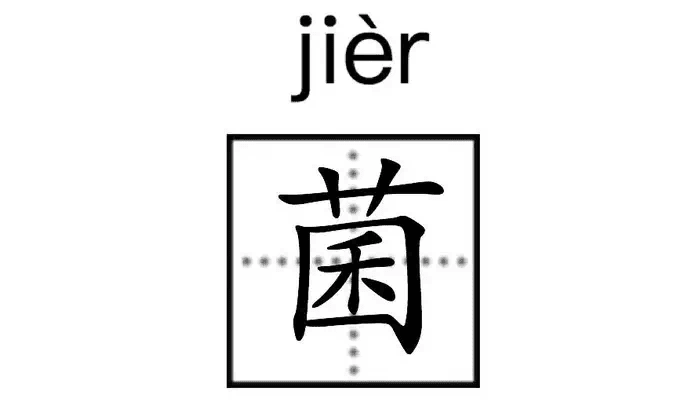
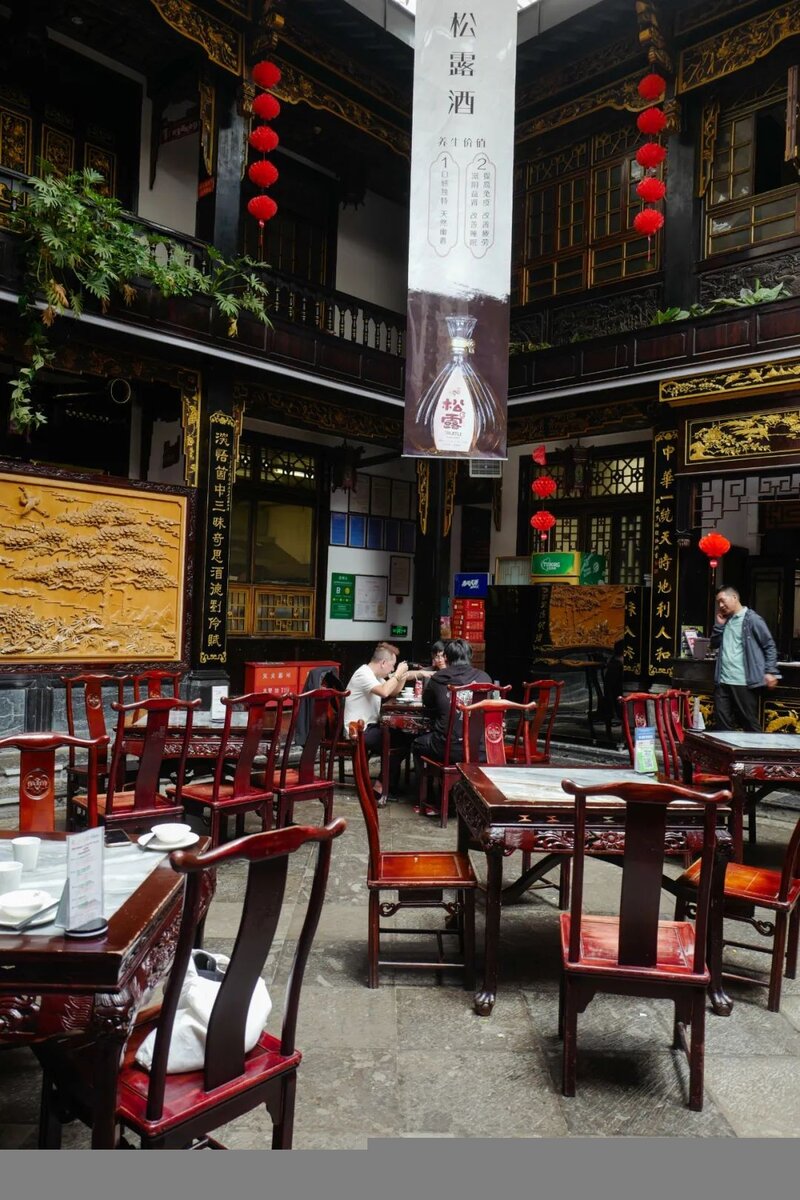
However, the carefree people of Yunnan only see these messages as notifications to “eat jier.” Every year, there are countless silly news stories about people “seeing little people” after eating mushrooms, and this year, there were even cases of people passing the hallucinations to dogs.
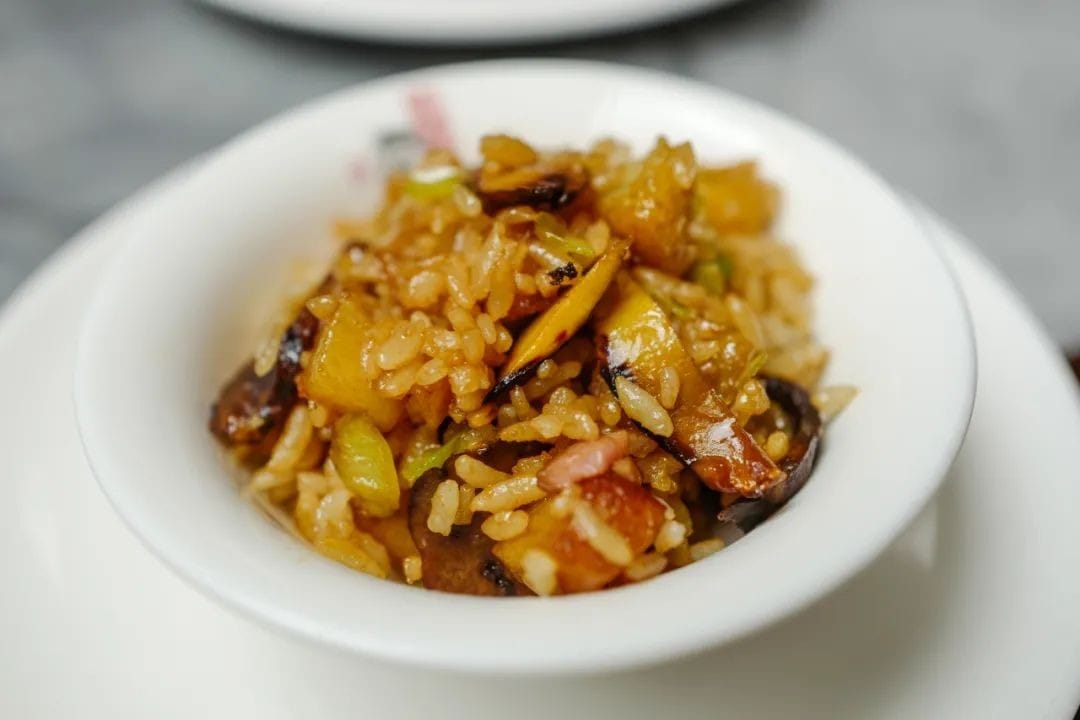
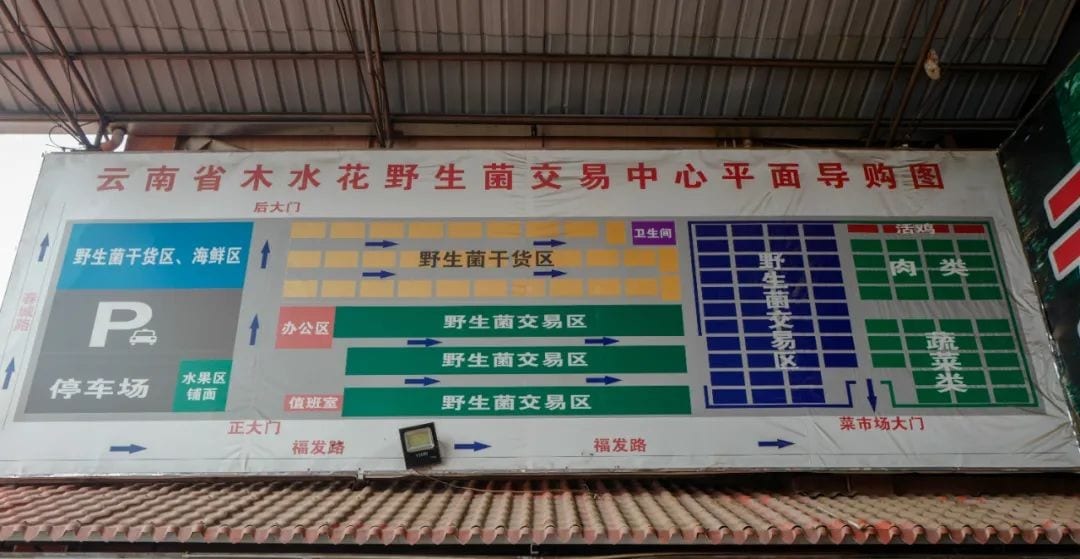
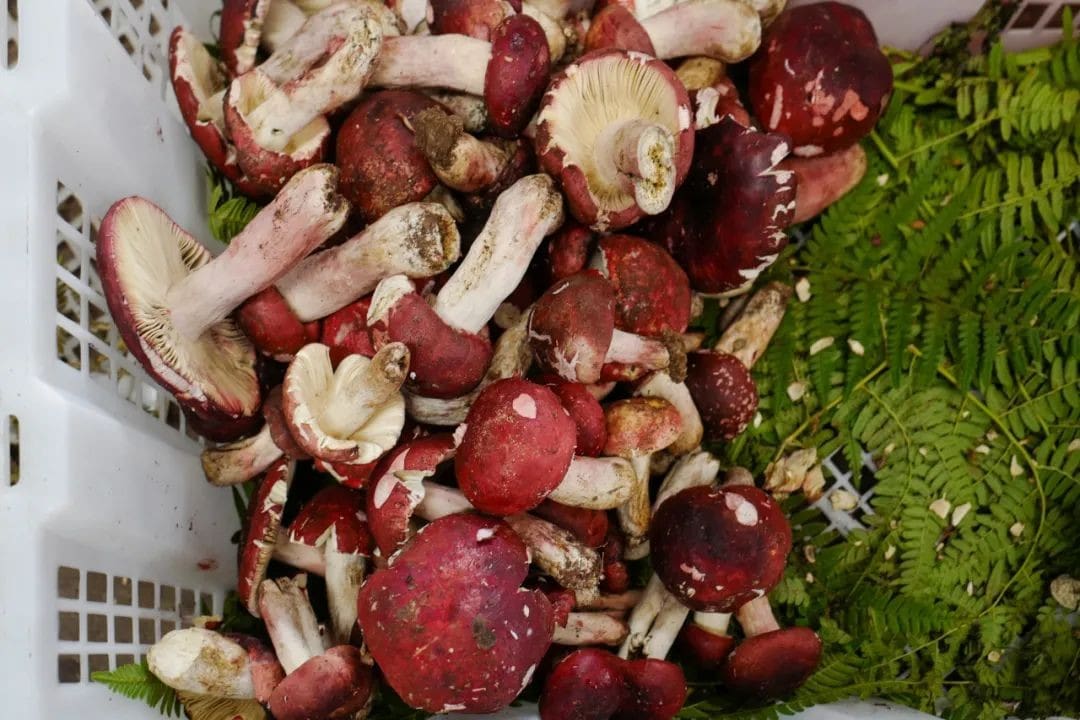
▲Elderly man hallucinating after eating mushrooms
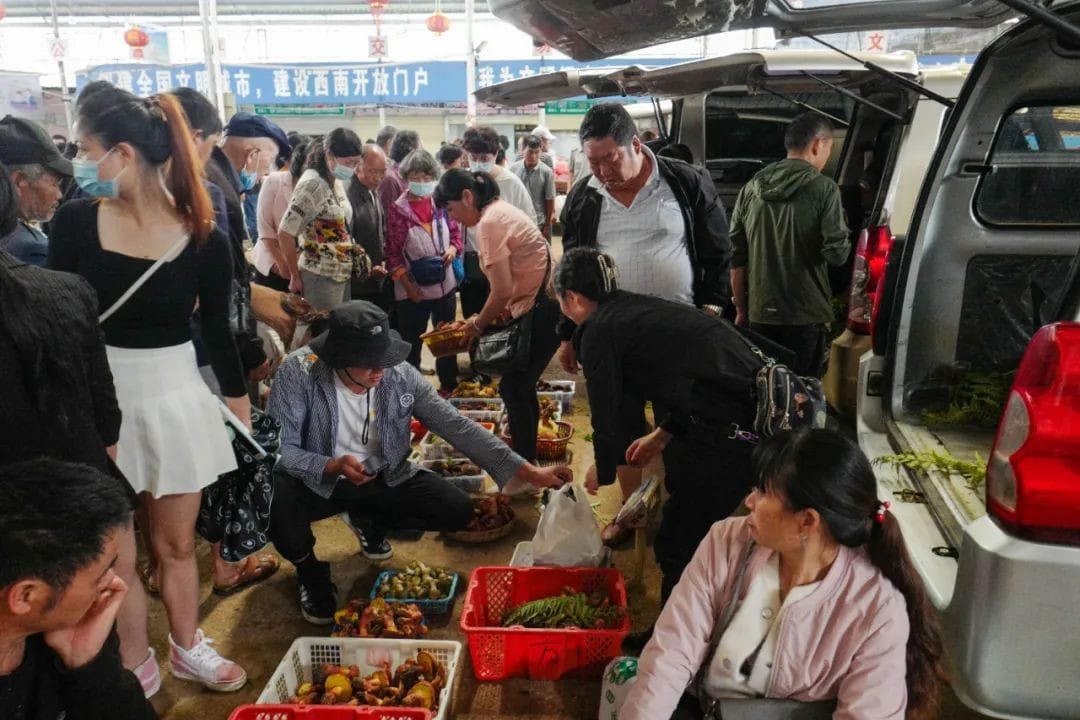
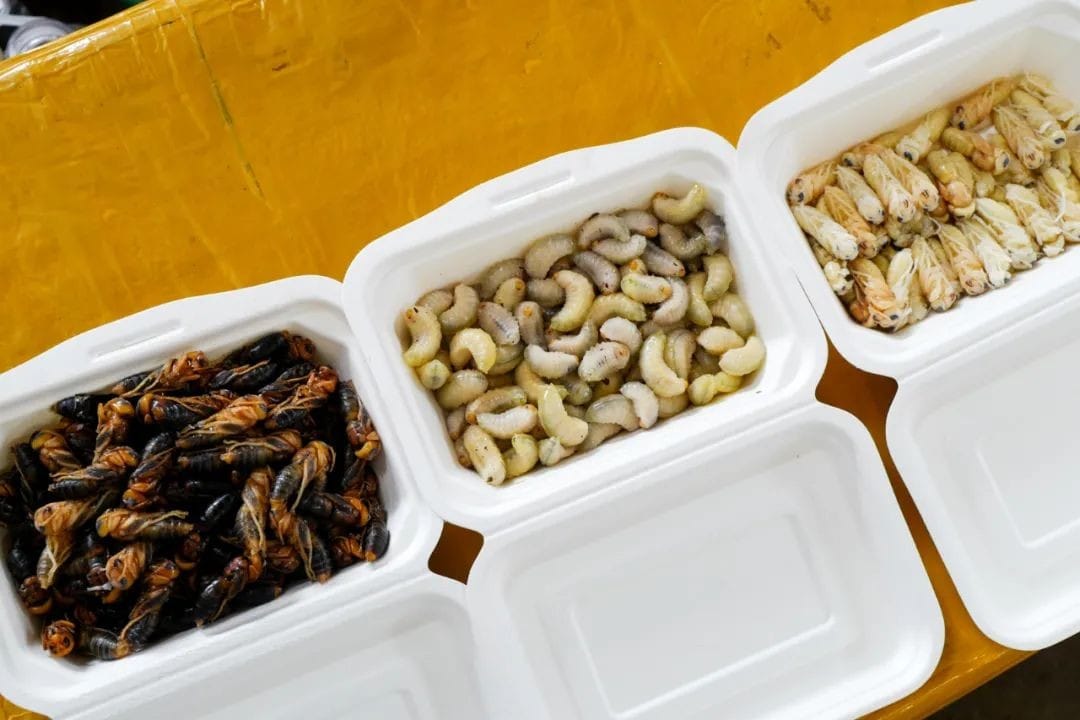
Of course, there are also cautious and life-loving friends in Yunnan who have summarized a set of precautions for eating wild mushrooms, which can be summarized in two words: “three familiarities.” First, be familiar with the types of mushrooms; second, cook the mushrooms thoroughly; third, be familiar with the way to the hospital.
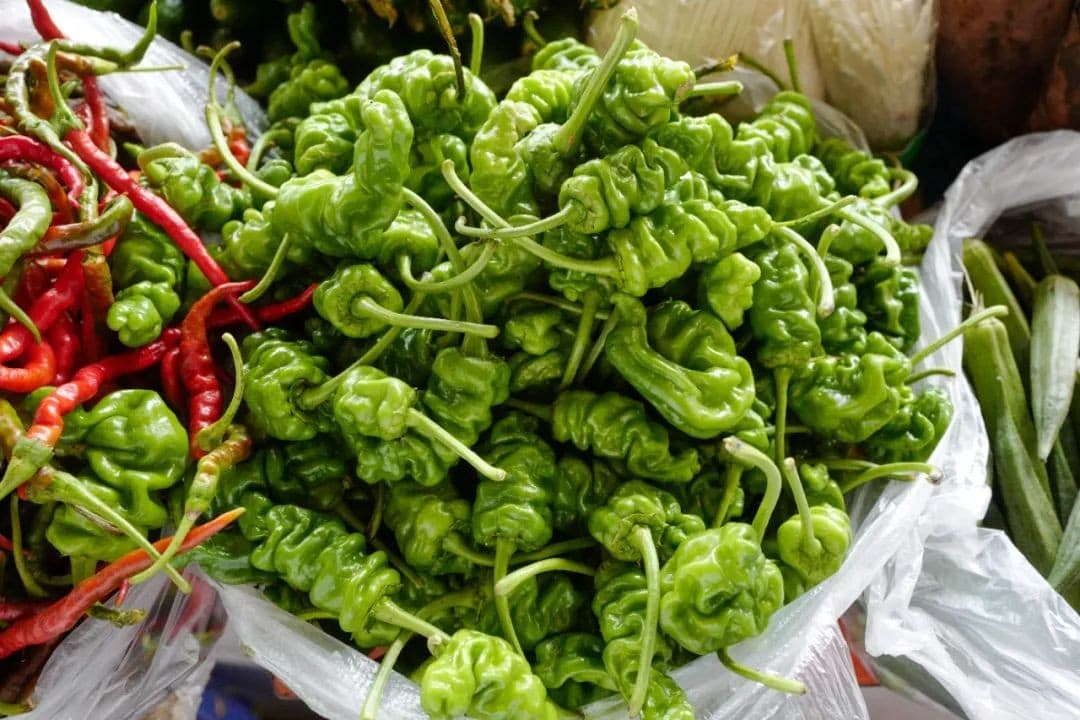
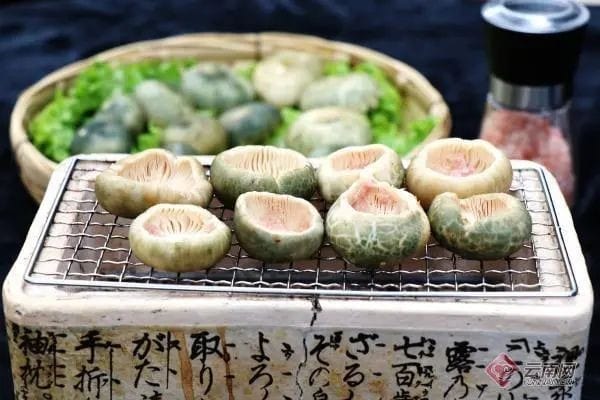
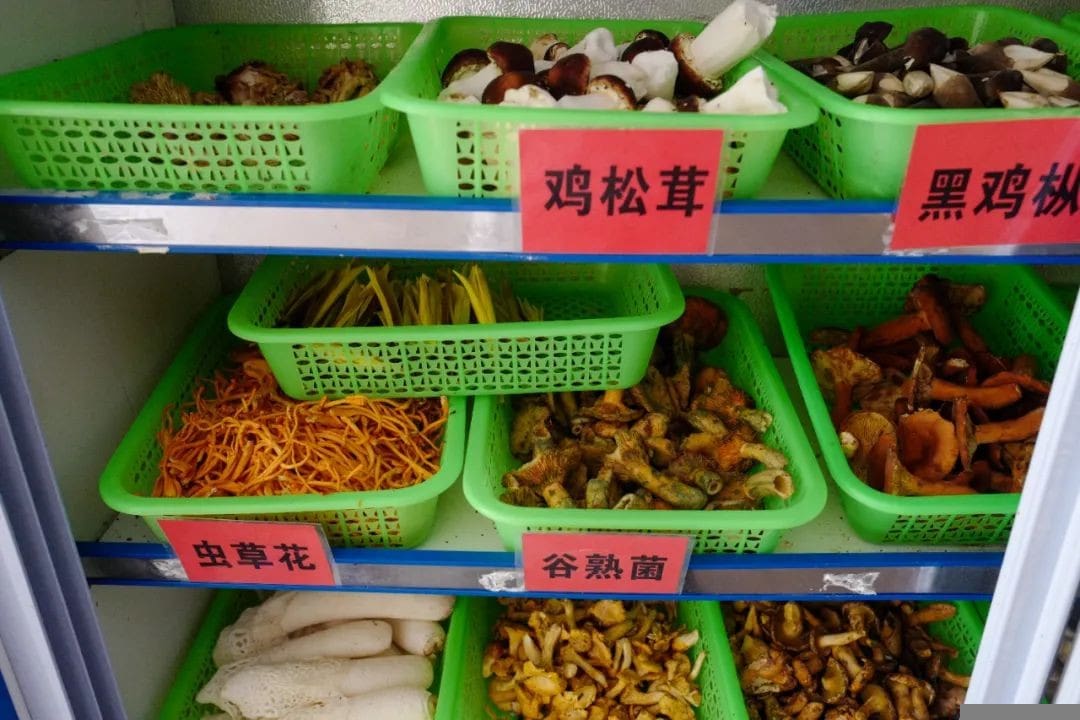
Even if the mushrooms are cooked, they must be fully heated in a pot before eating them a second time. Those who try to save time by microwaving them also risk being hospitalized.
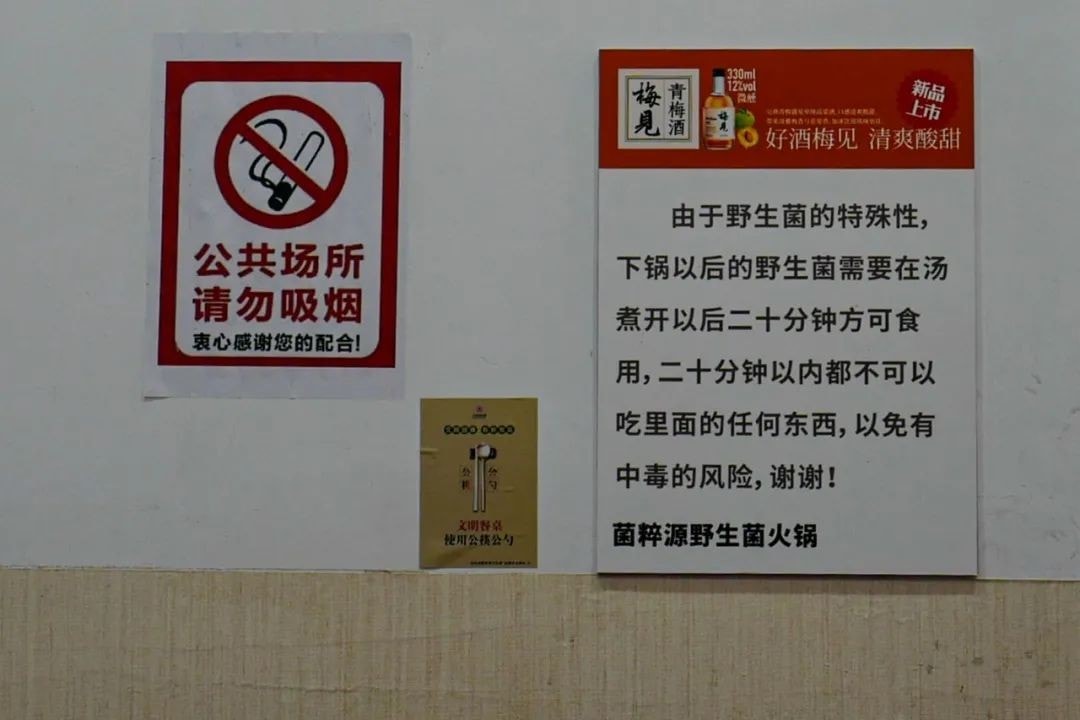
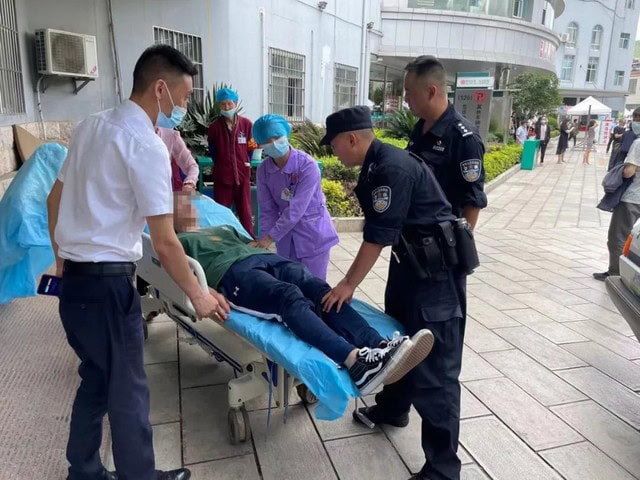
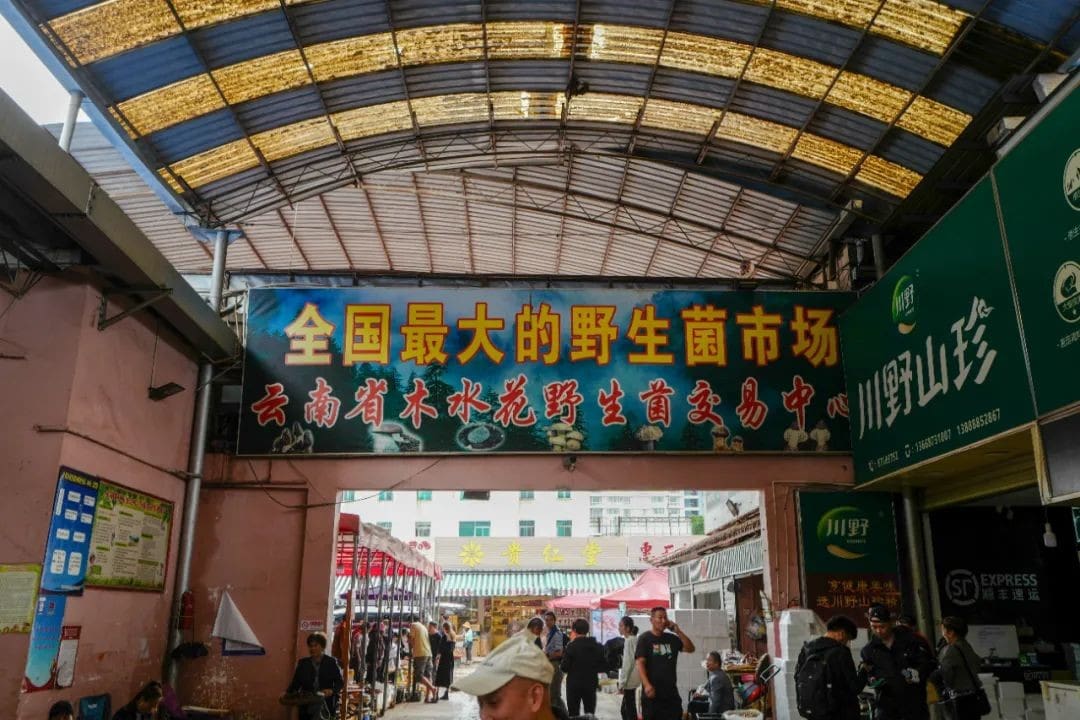
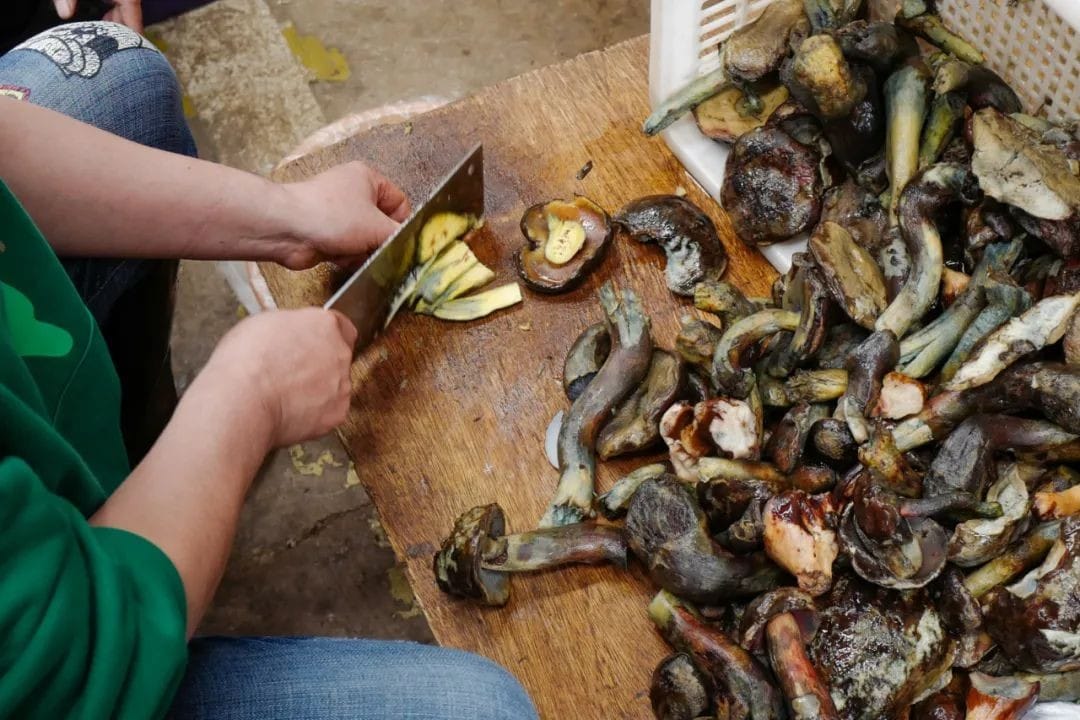
What kind of magical charm do wild mushrooms have that make the people of Yunnan risk their lives to eat them? This has piqued the curiosity of many netizens, with some even expressing a desire to experience the sensation of seeing little people. However, while playing and joking, don’t take life lightly. Those who make it onto the news are still alive, but how many of those who “lie down” do you think there are?
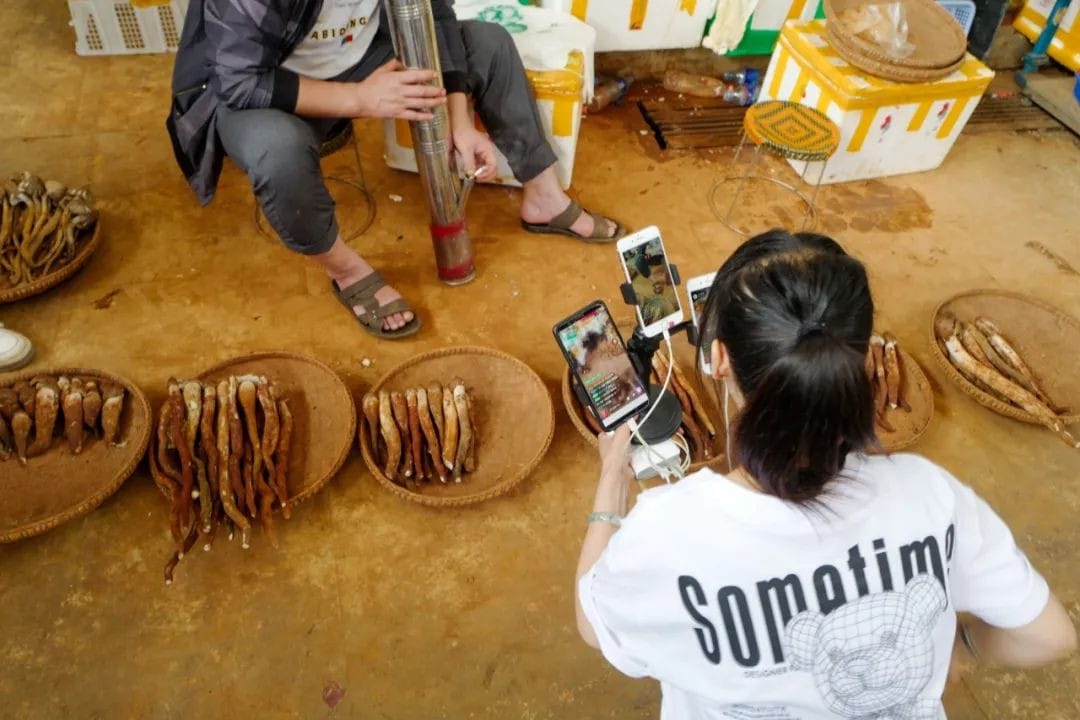
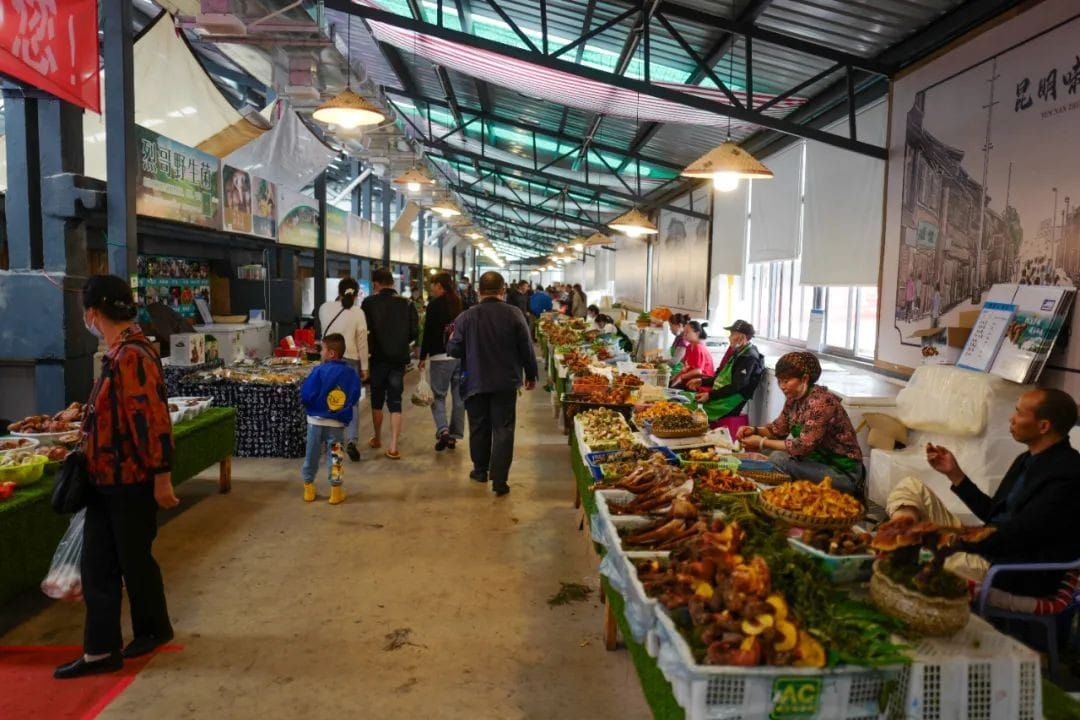
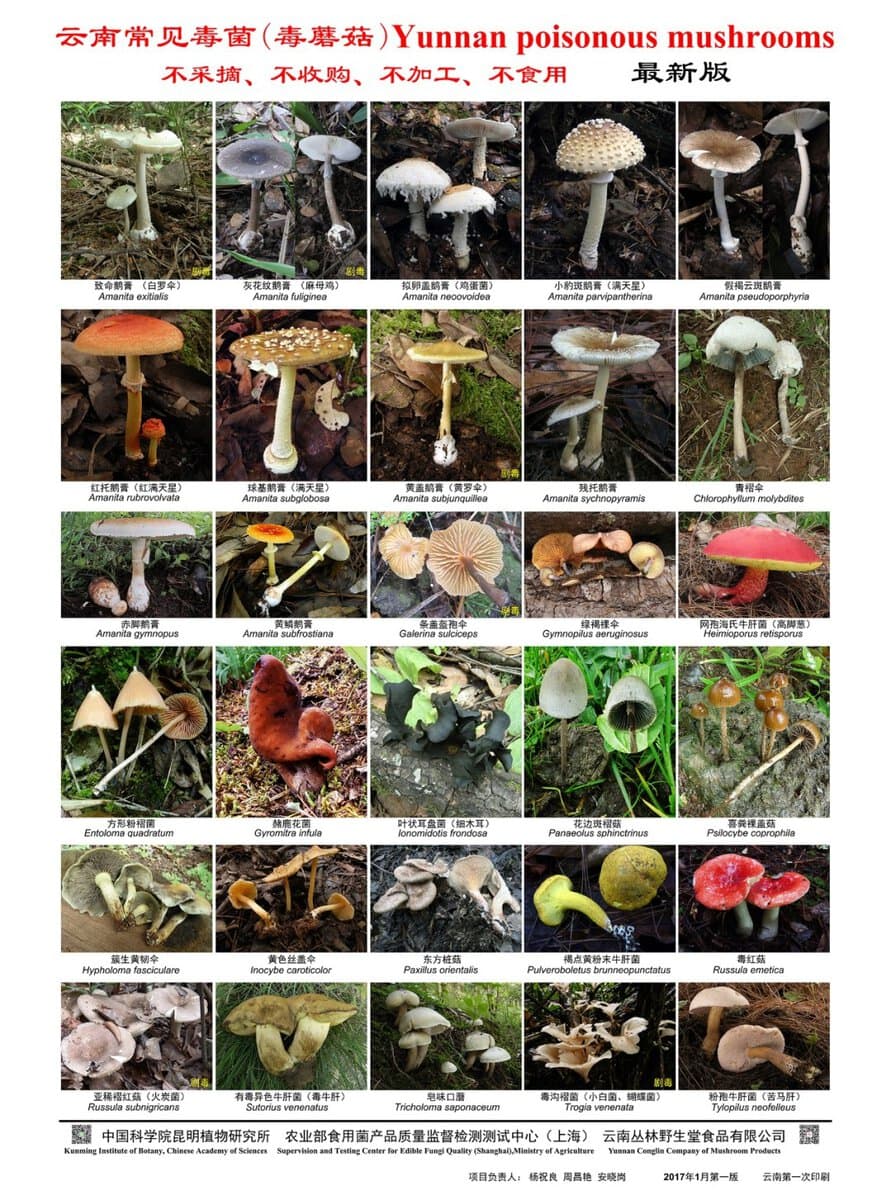
As the company’s designated tough guy, I usually take on such life-threatening topics. I pre-purchased an accident insurance (this risk control method is worth learning from) and arrived in Kunming on a day that had nothing to do with a sunny and pleasant weather, which was very fitting for the theme of eating mushrooms during the rainy season.
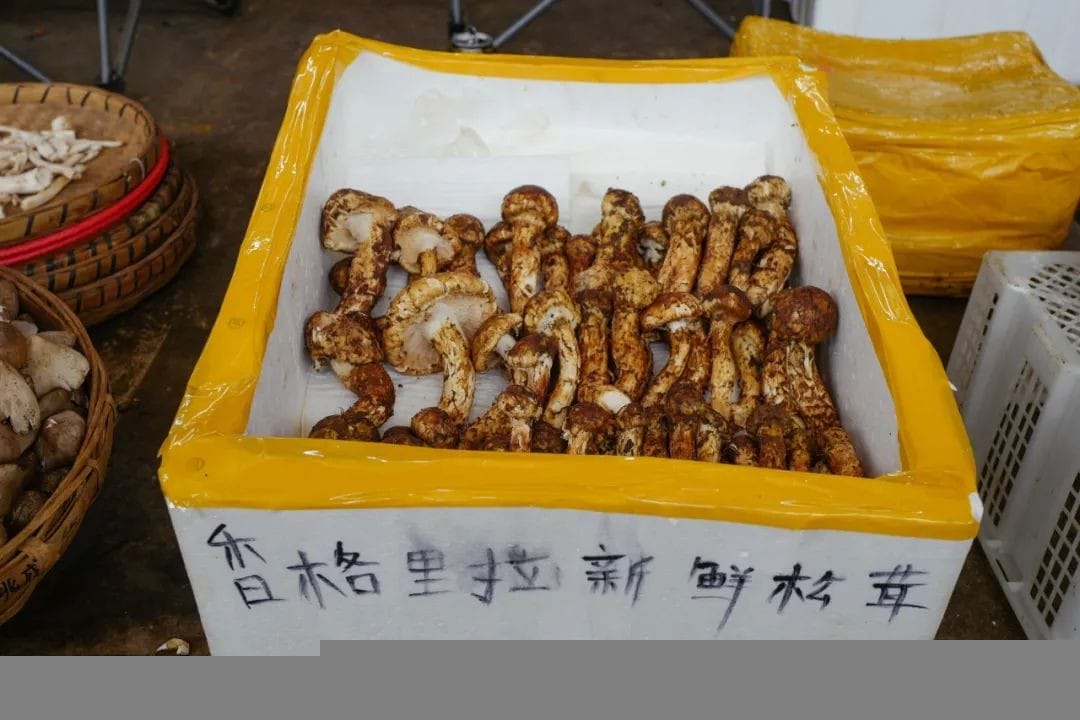
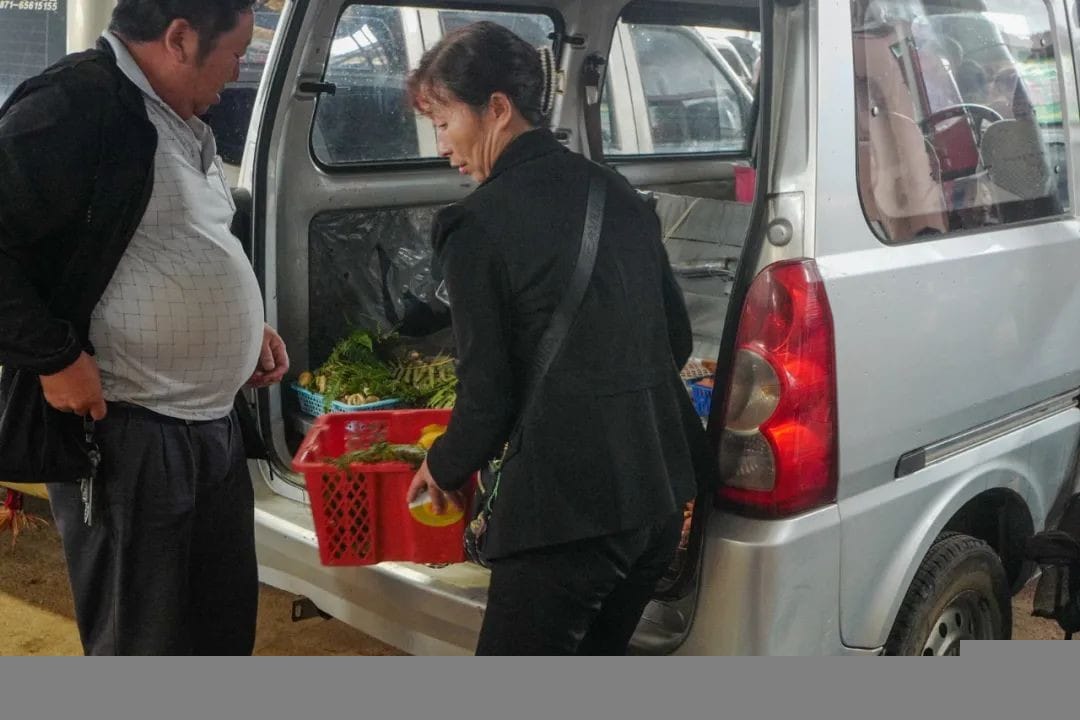
▲u1s1, Kunming is really quite suitable for summer
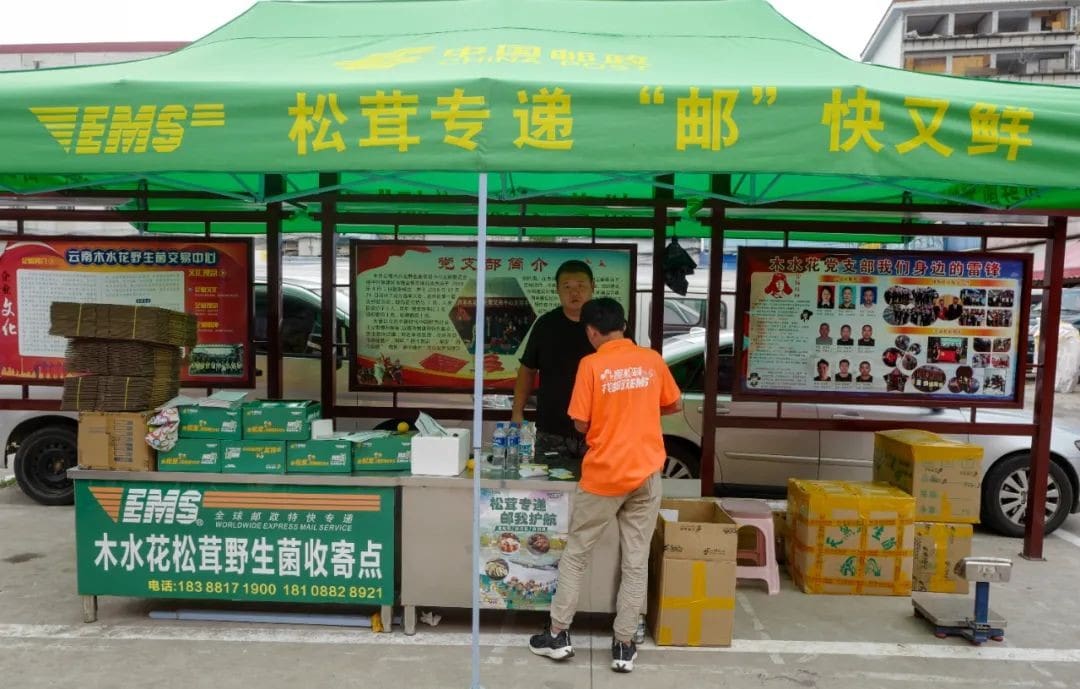
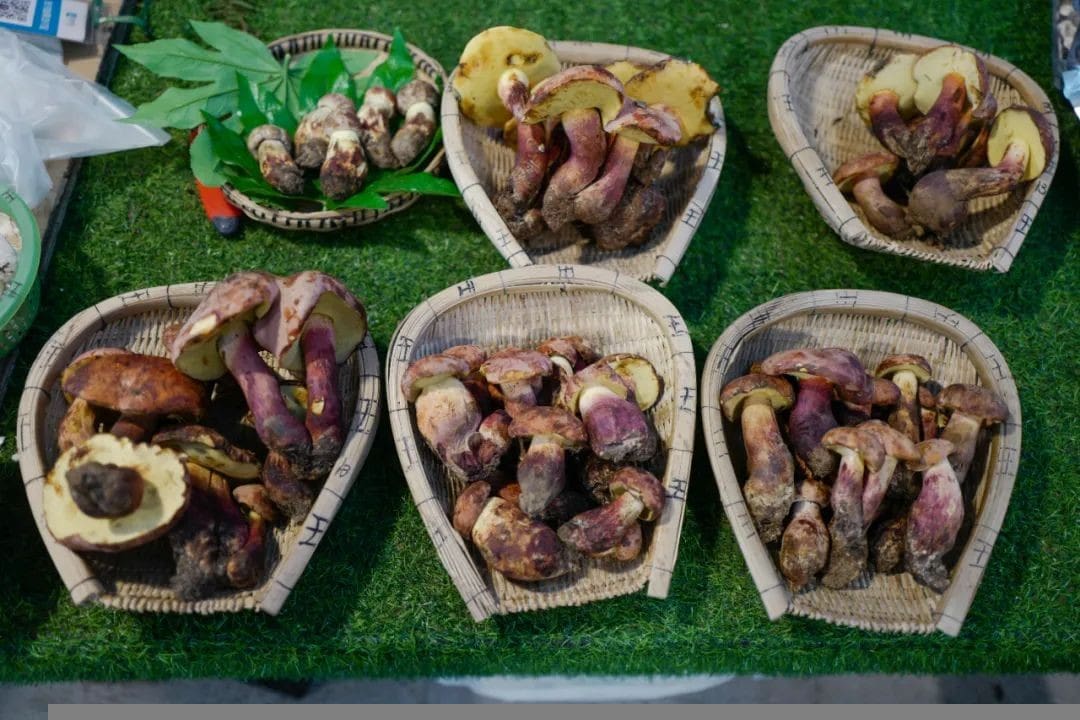
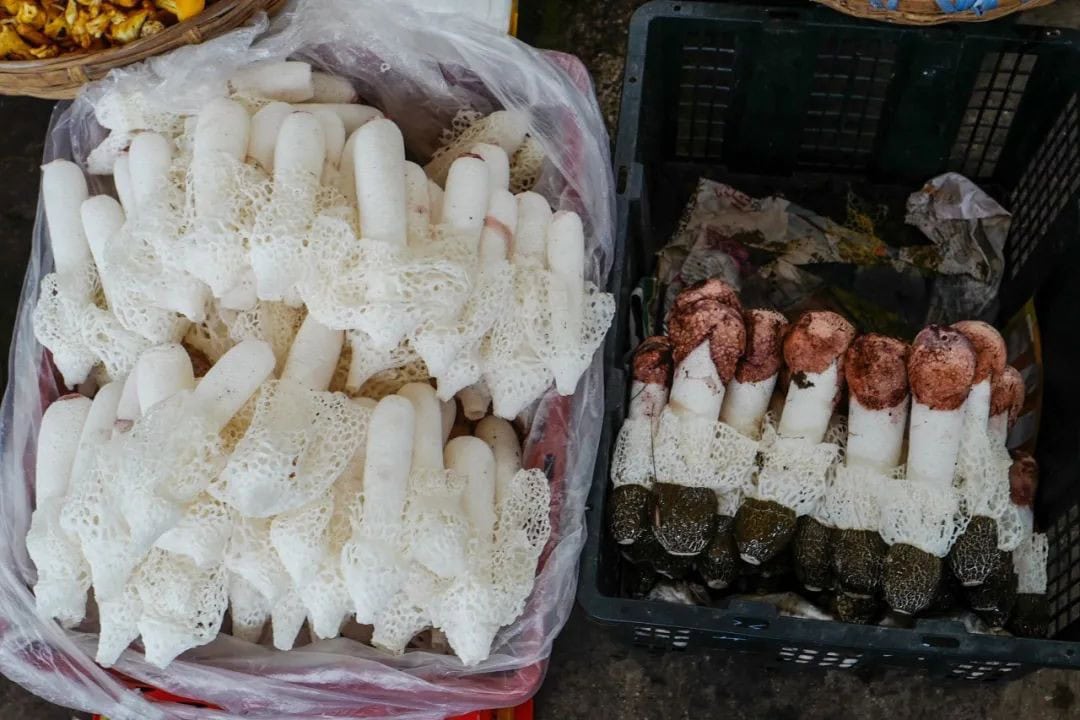
Visiting the largest wild mushroom market in China
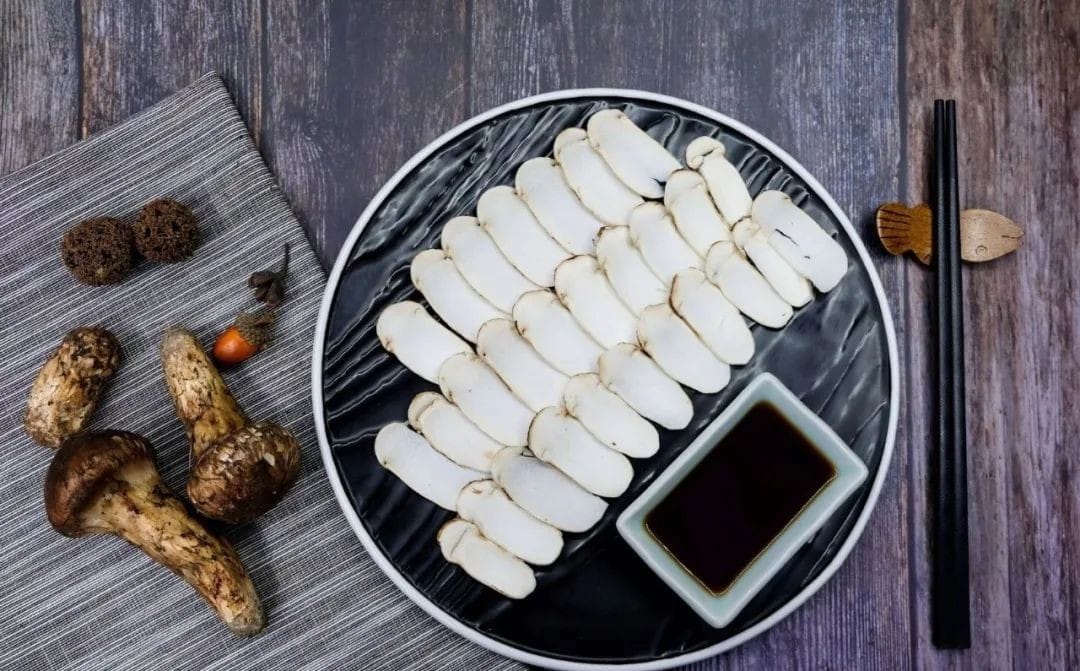
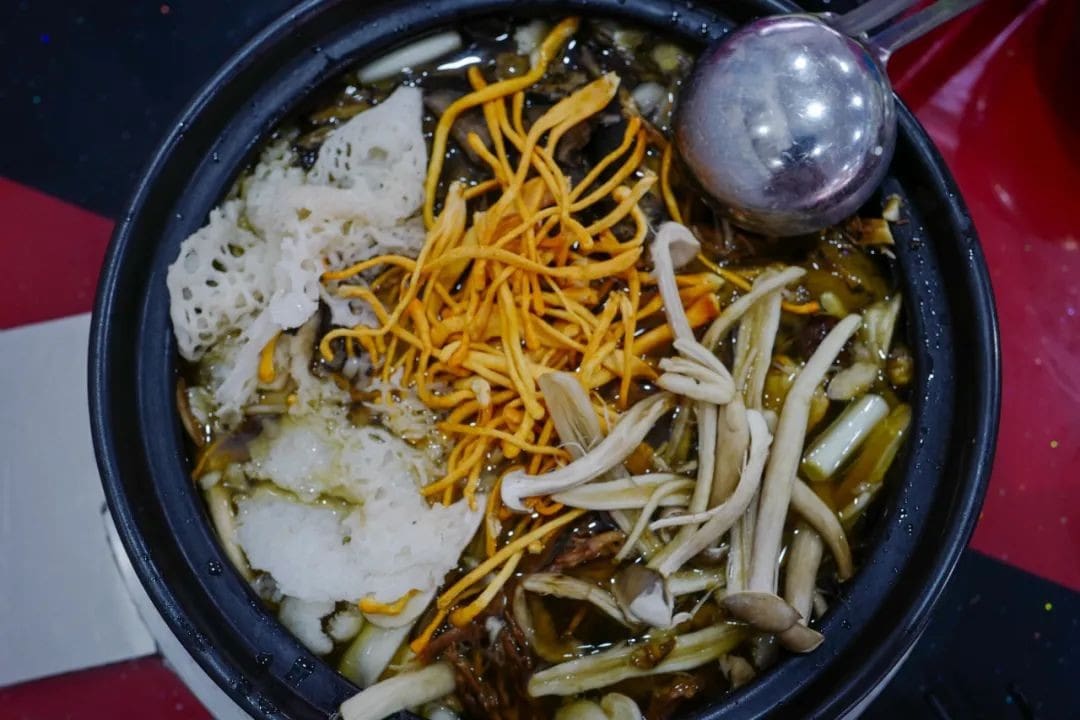
Kunming’s main urban area does not produce wild mushrooms, but it houses the largest wild mushroom market in China, the Mushroom Water Flower Wild Mushroom Trading Center.
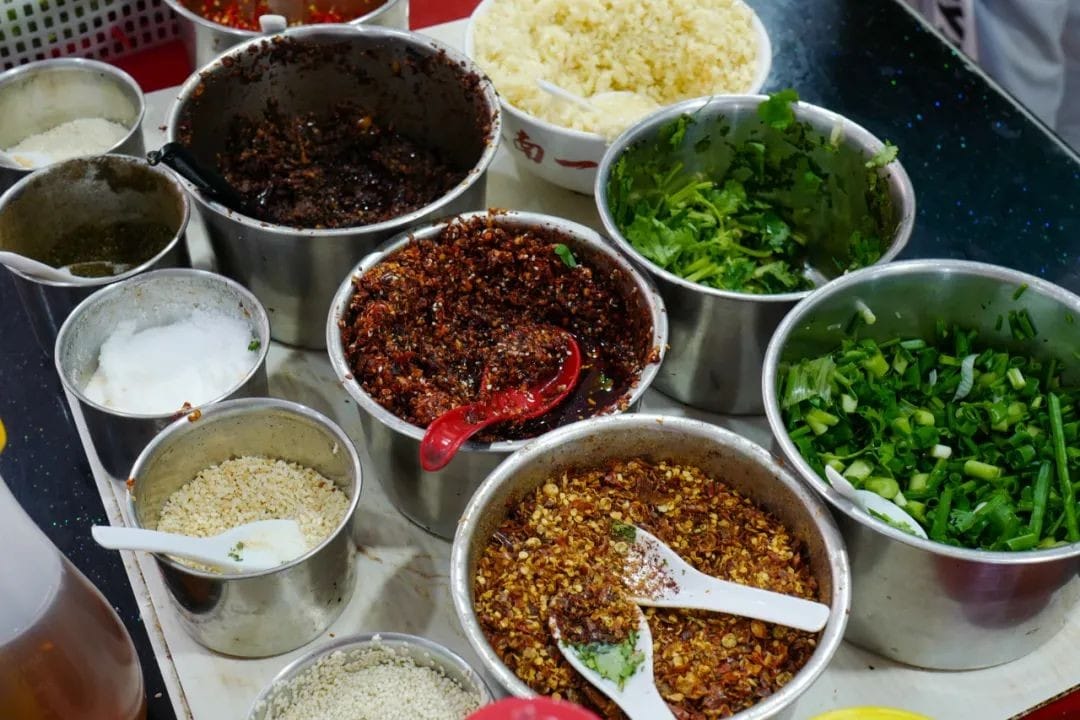
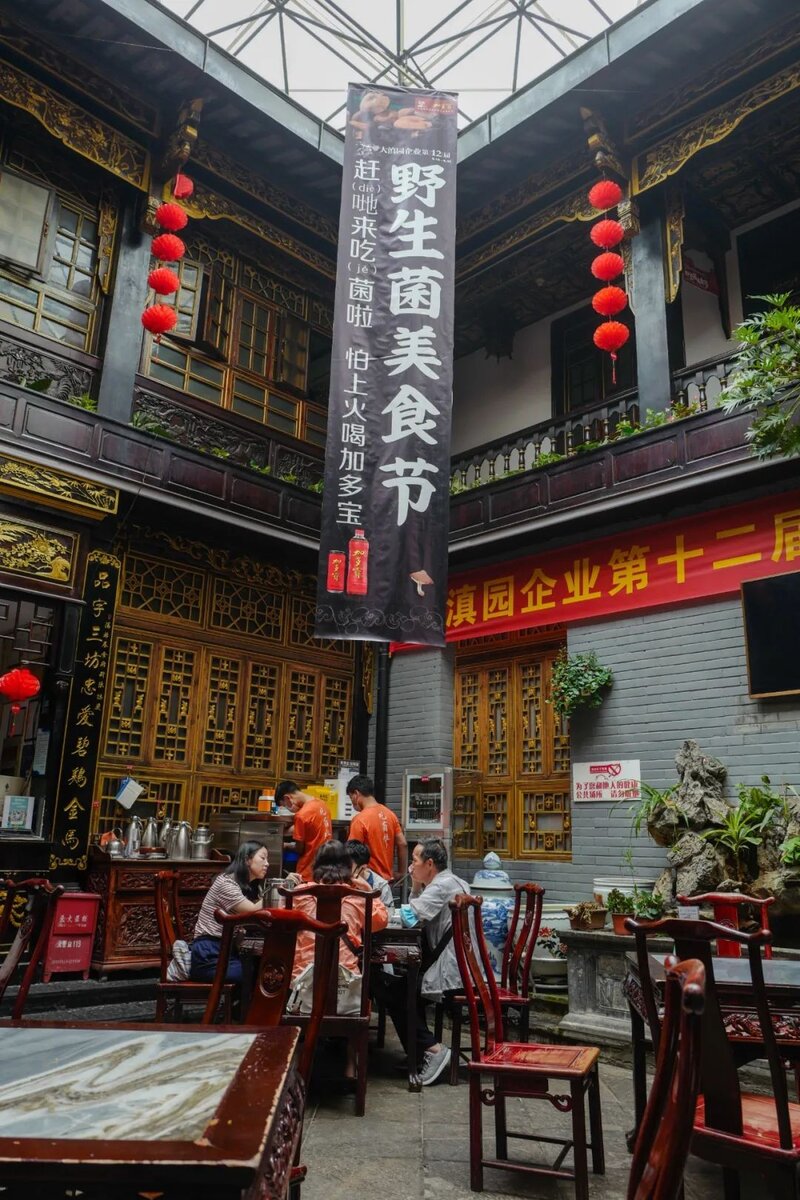
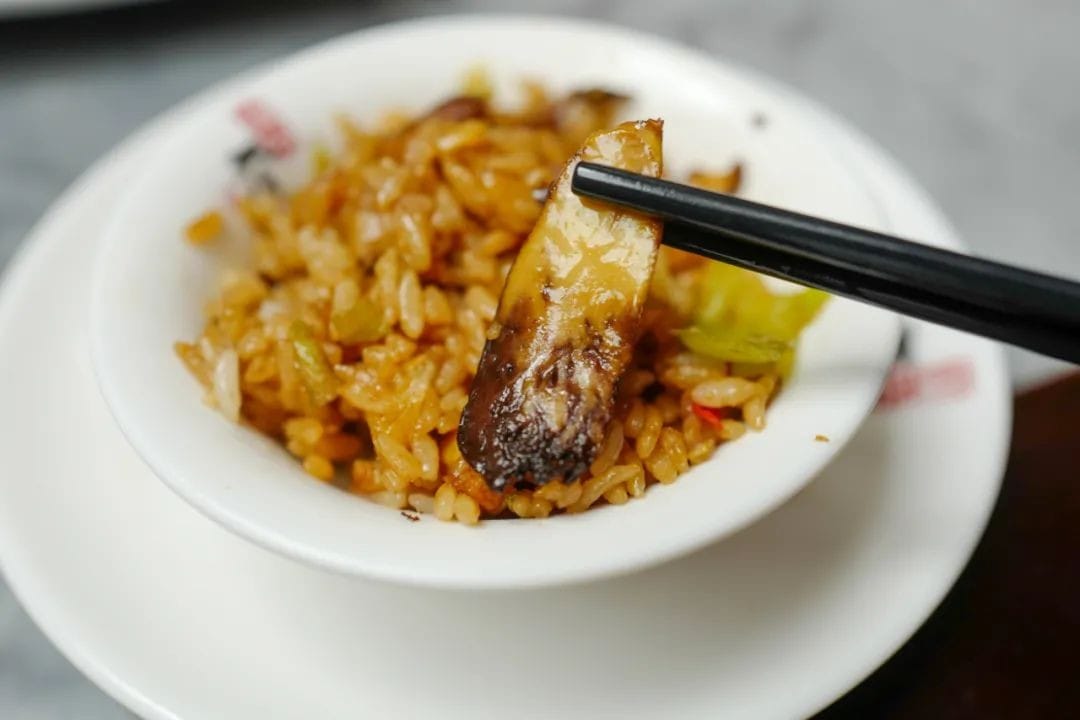
This is a place that must be visited during the mushroom season. Wild mushrooms from all corners of Yunnan gather here, waiting to be brought to people’s tables or to send them to the hospital.
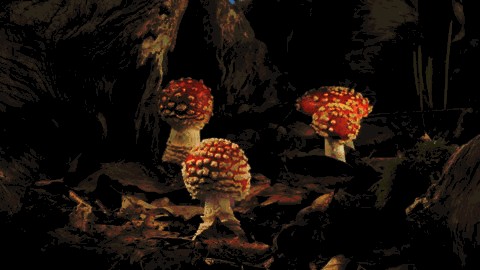

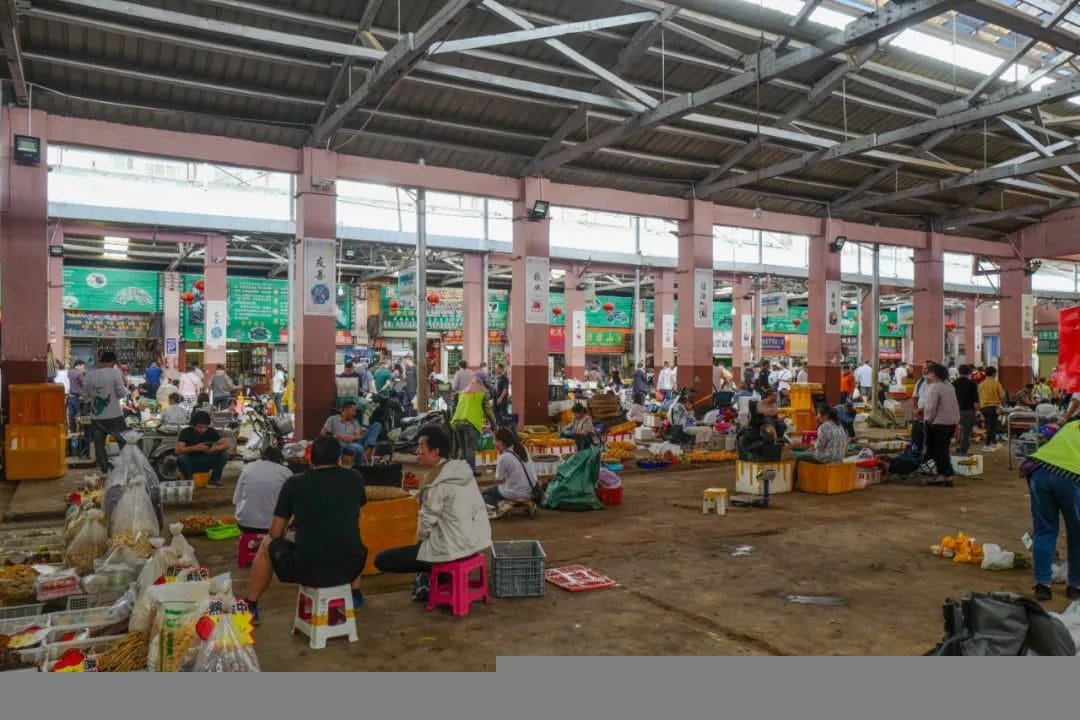
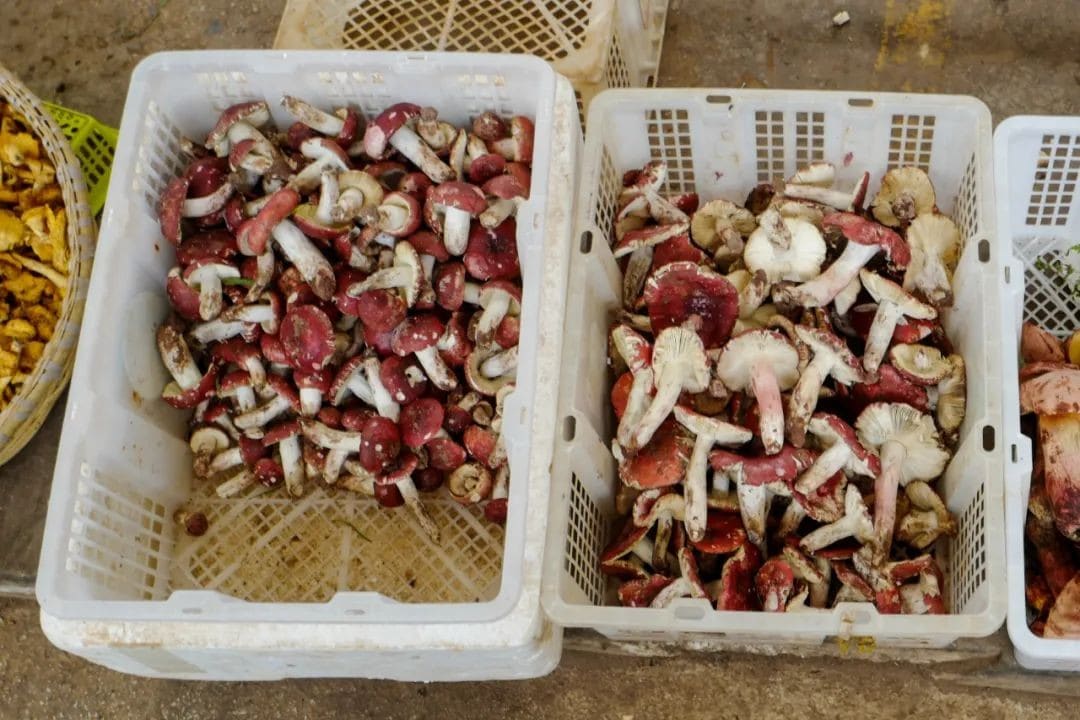
Upon entering the market, the air is filled with the mixed fragrance of various wild mushrooms, making you want to take deep breaths, feeling very nourishing and prolonging life with each breath.
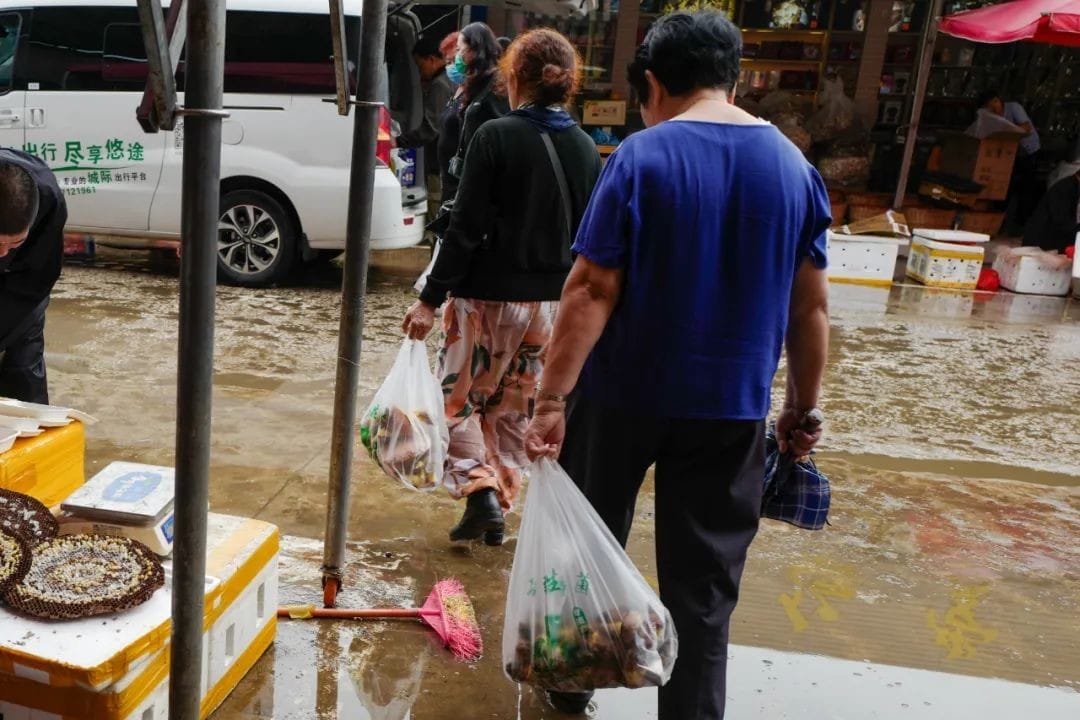
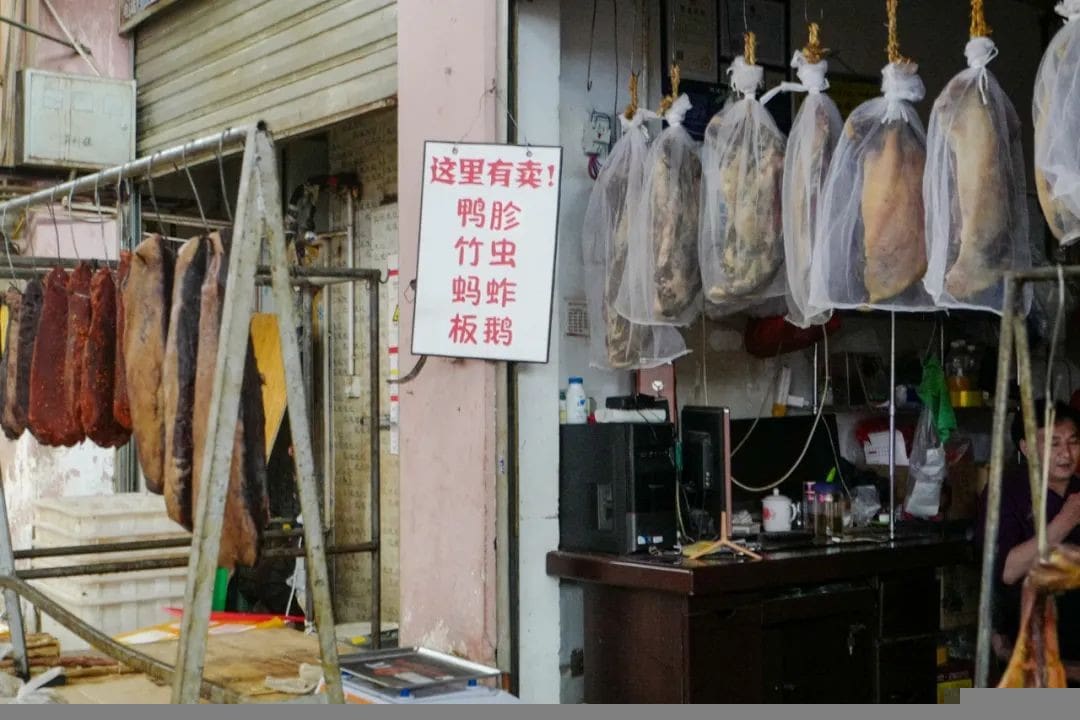
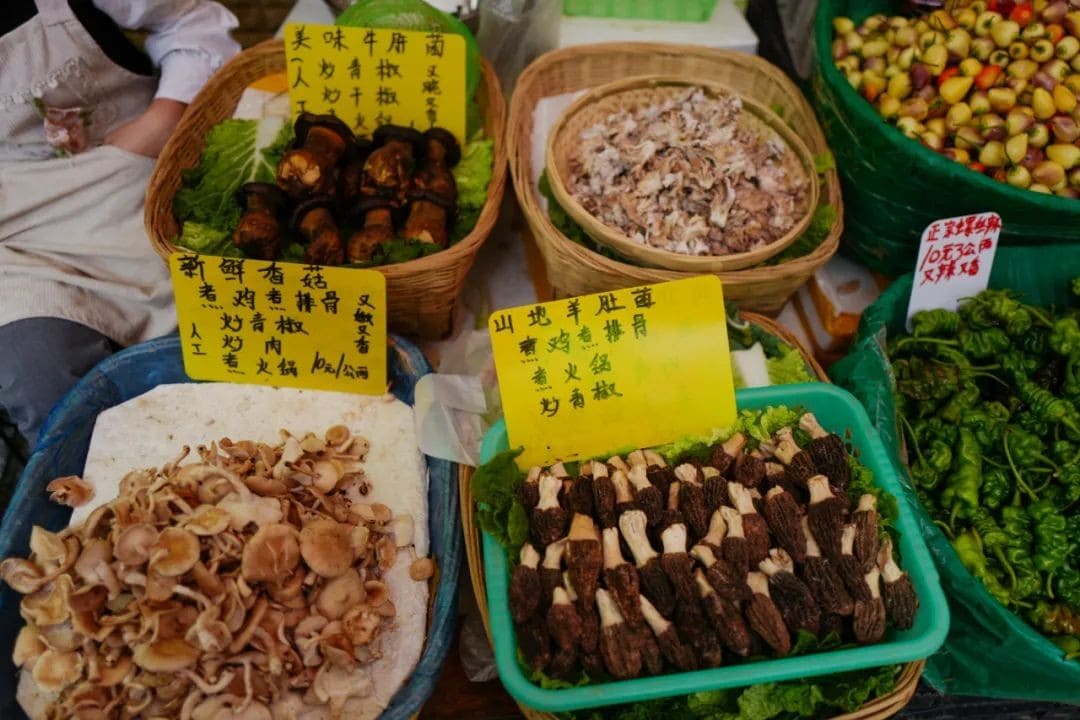
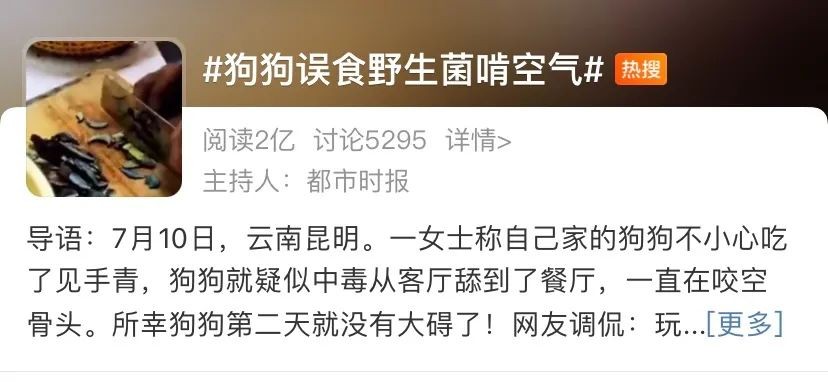
The market is vast, divided into five zones, but the most entertaining are the two fresh wild mushroom trading areas. Coming from the eastern plains, I had never seen such a spectacle of wild mushrooms, apart from the hair-raising mold.
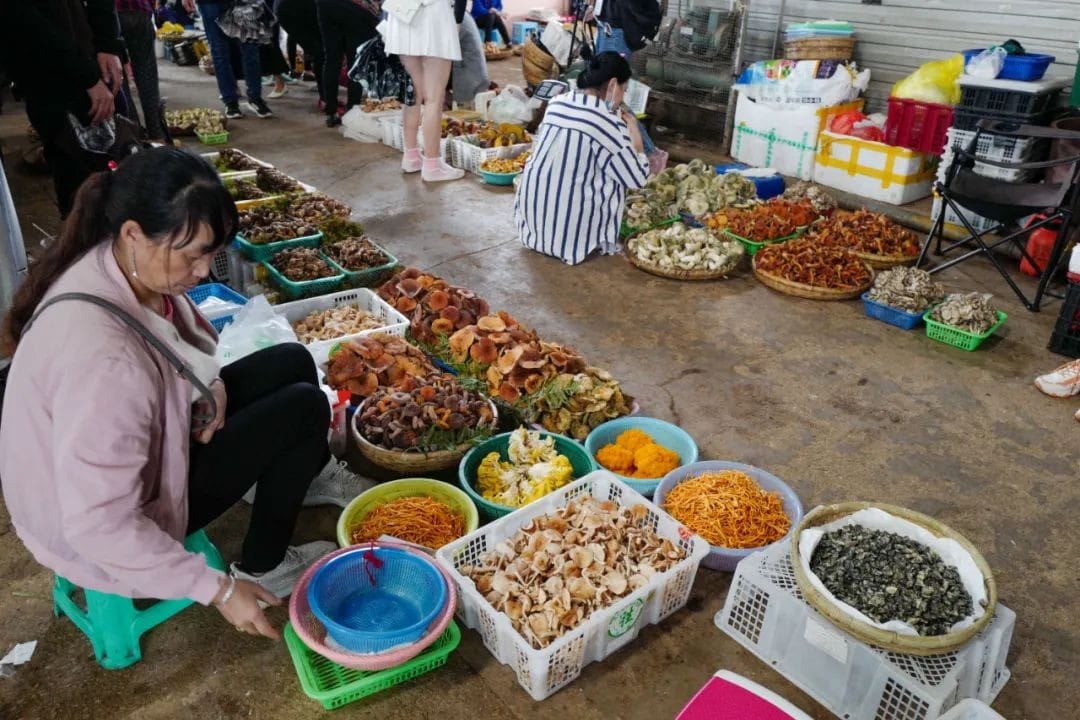
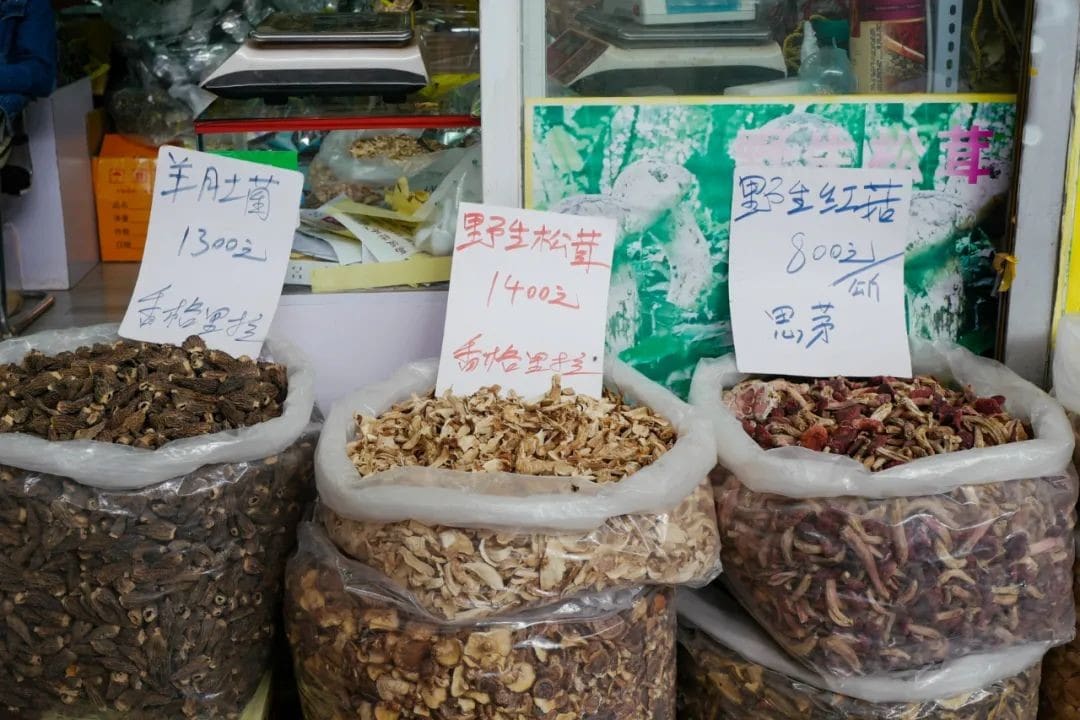
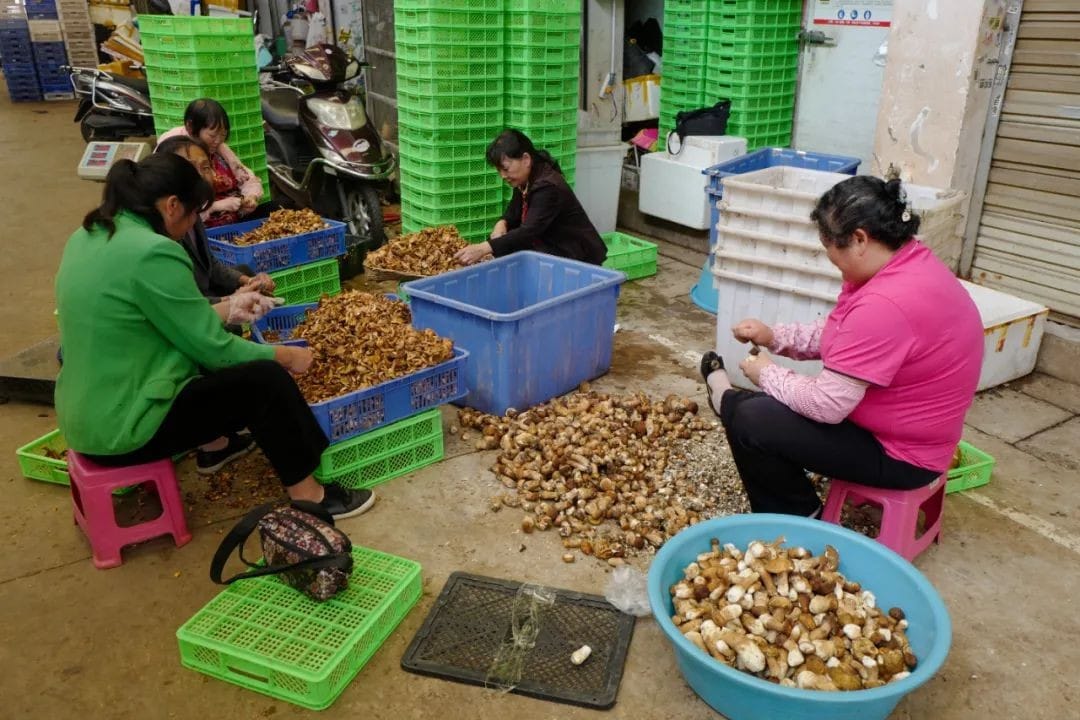
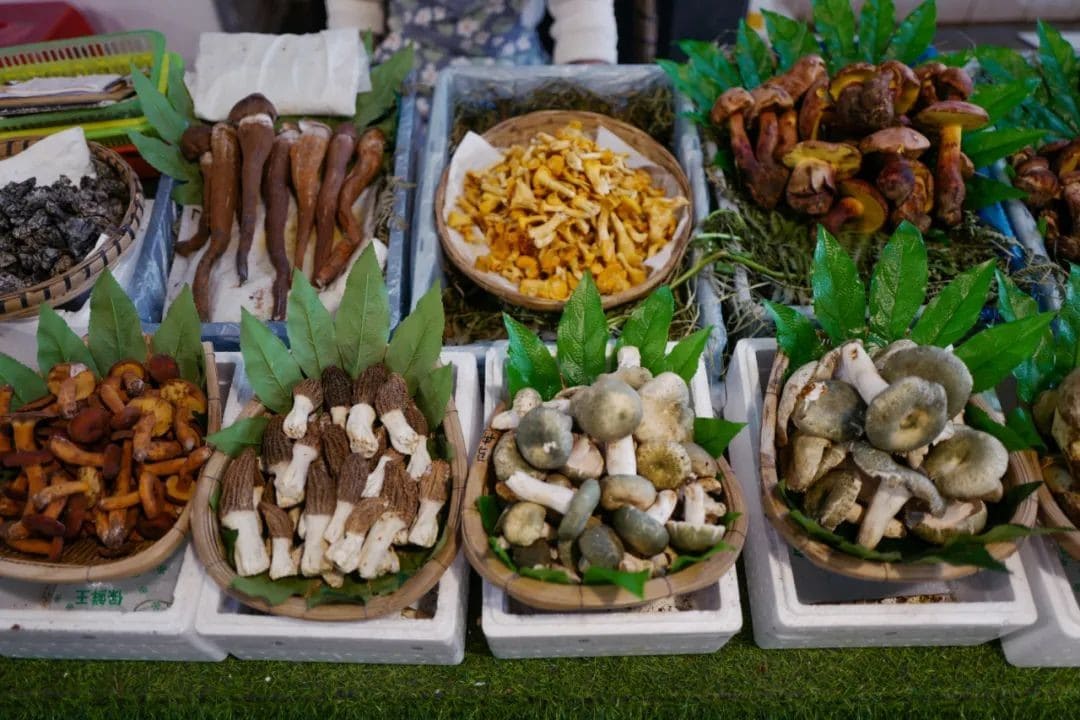
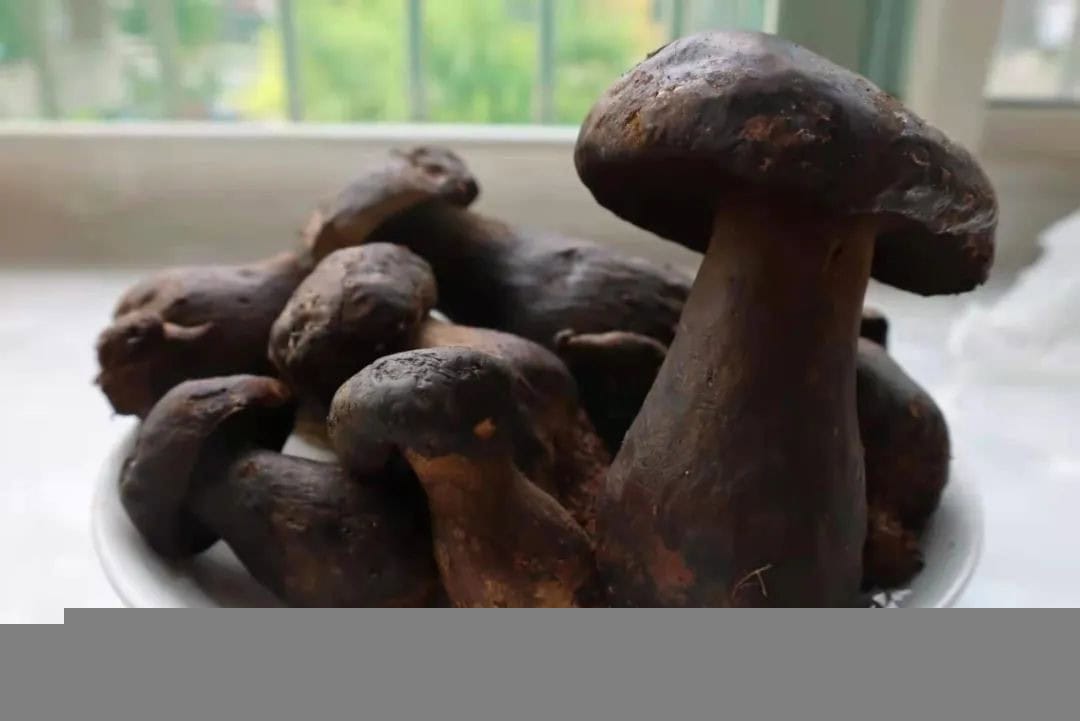
After a lap around, the mushrooms I could recognize were limited to bamboo fungus, chicken oil mushrooms, matsutake, morels, and ganoderma—relatively common varieties. However, when I saw them before, they were shriveled dried goods, not the fresh and lively specimens lined up here.
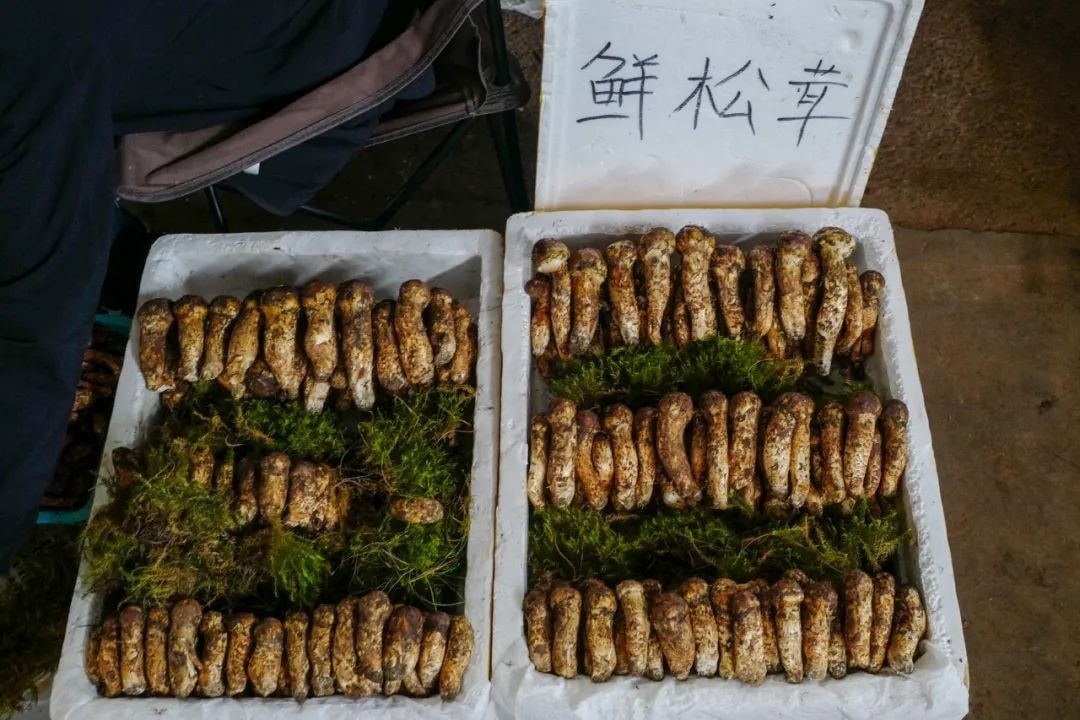
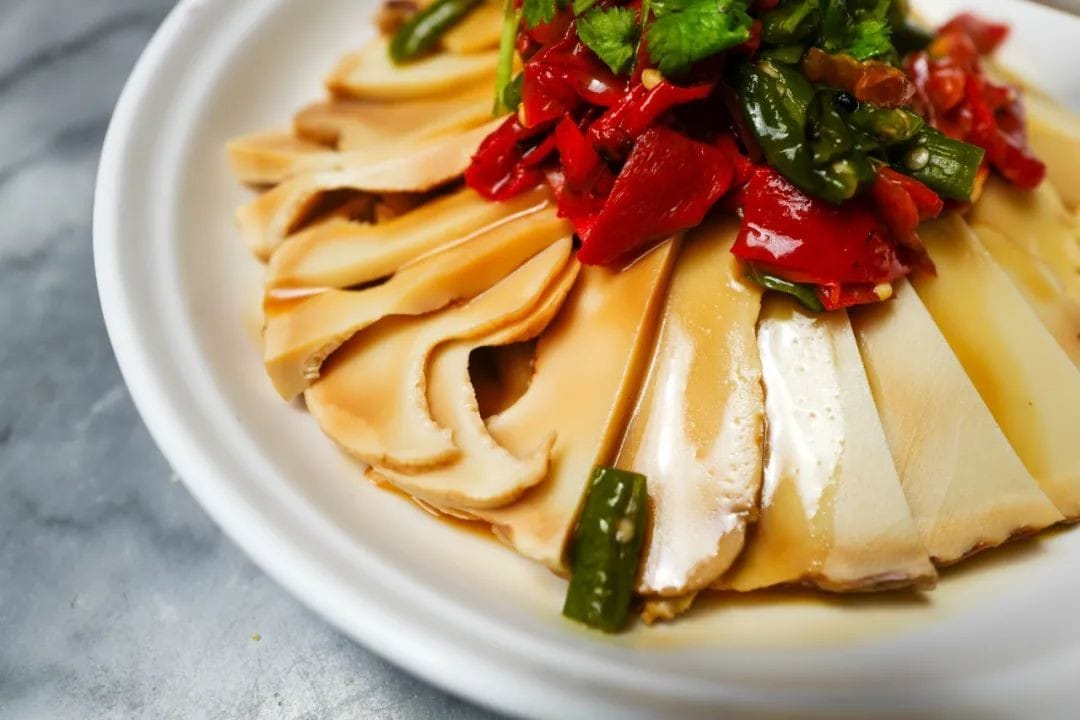
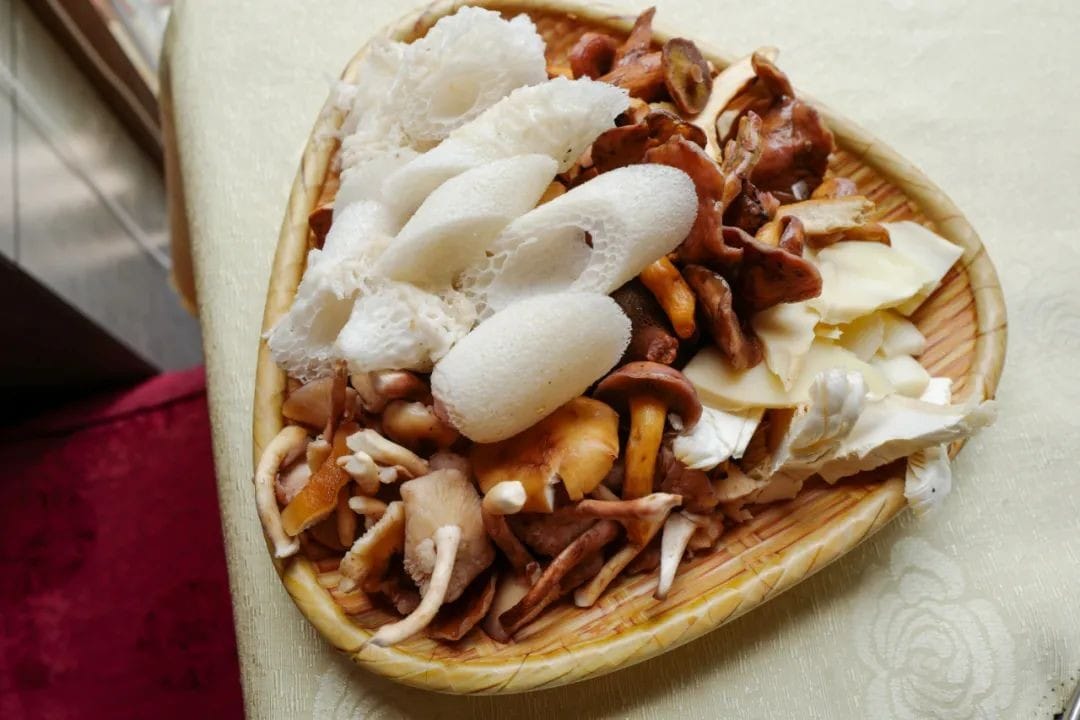
▲ Even the caps of the bamboo fungus are still intact.
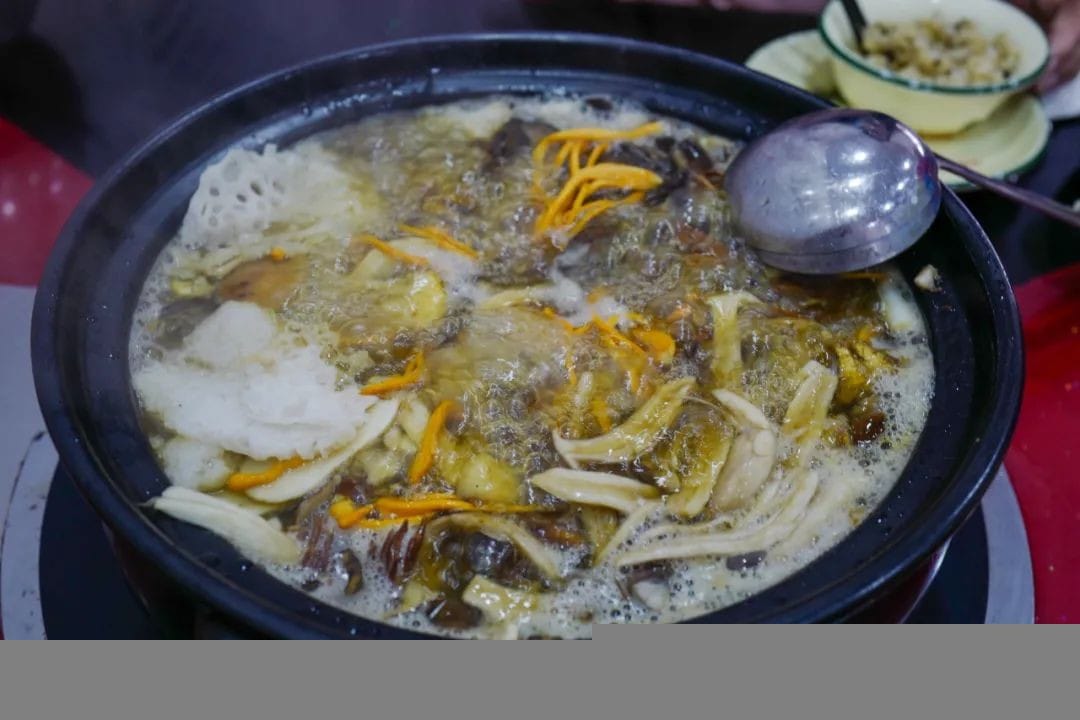
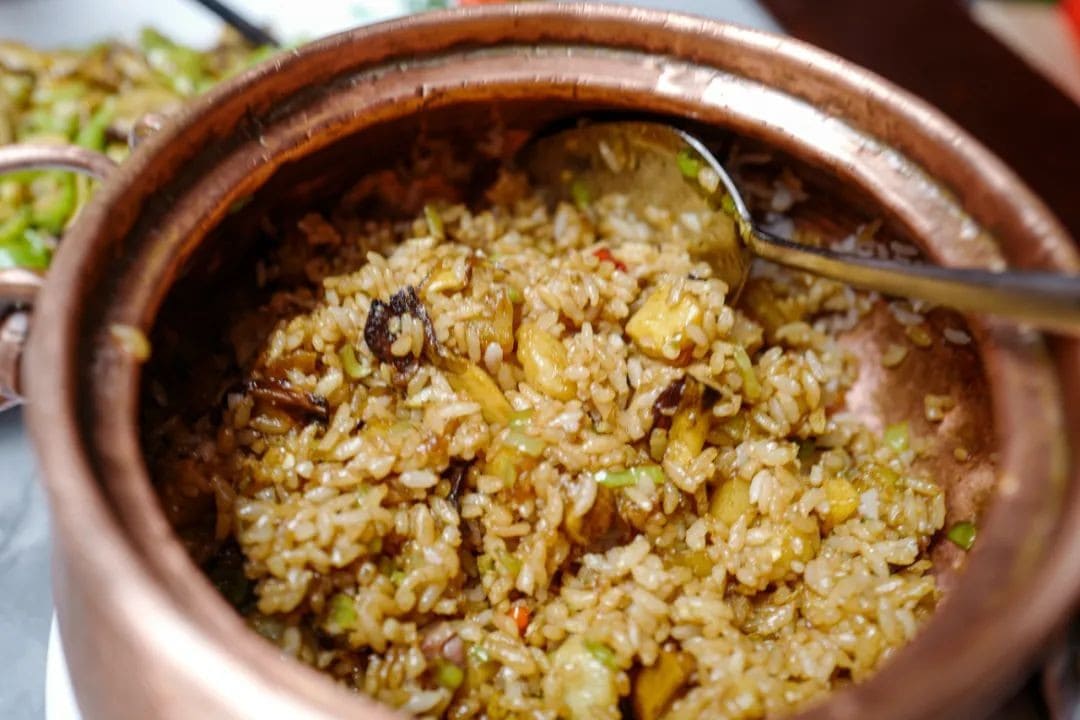
The remaining mushrooms look like they could make you see little people if you ate them. Especially this one, locally called “red mushroom,” isn’t it the “red umbrella, white stem” from that classic local folk song? Sir, can you honestly tell me that eating this won’t make me “lie flat”?

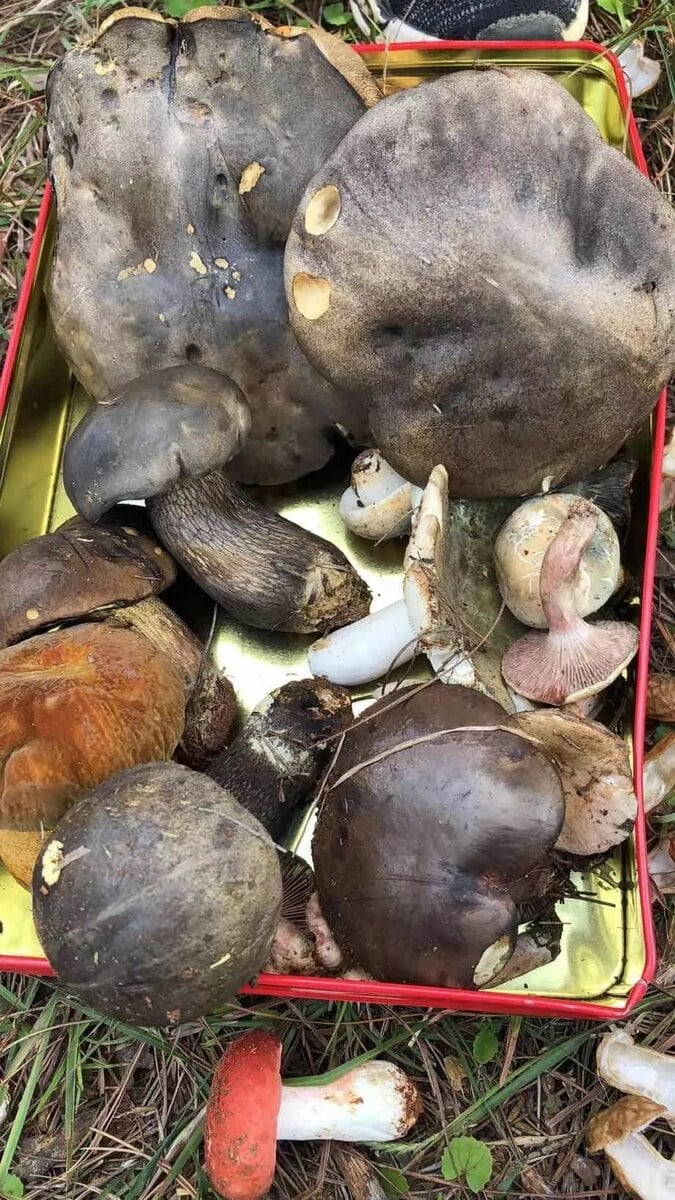
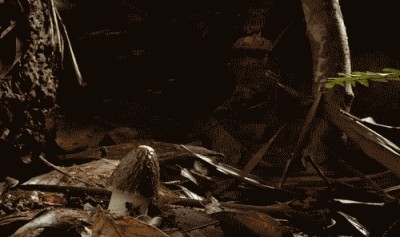
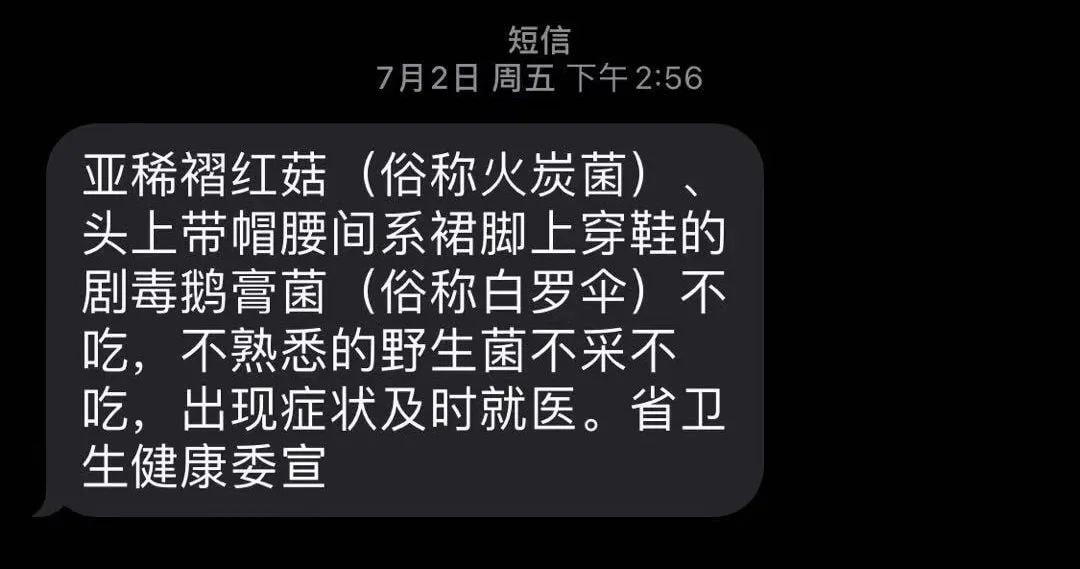
Educated since childhood that “the brighter the snake, the more you should avoid it, and the brighter the mushroom, the more you shouldn’t eat it,” I was almost questioning my life here. The market was filled with red, green, and yellow mushrooms, as if trying to form a traffic light.
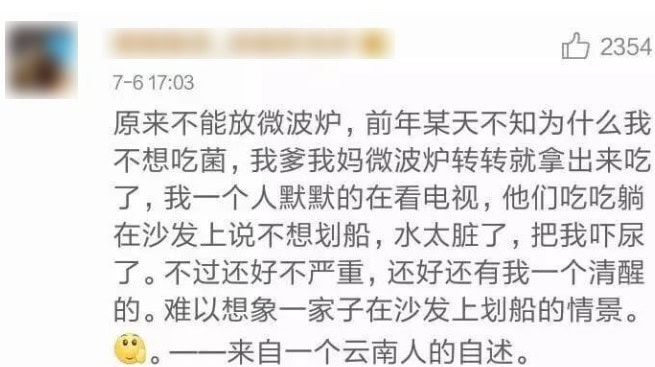
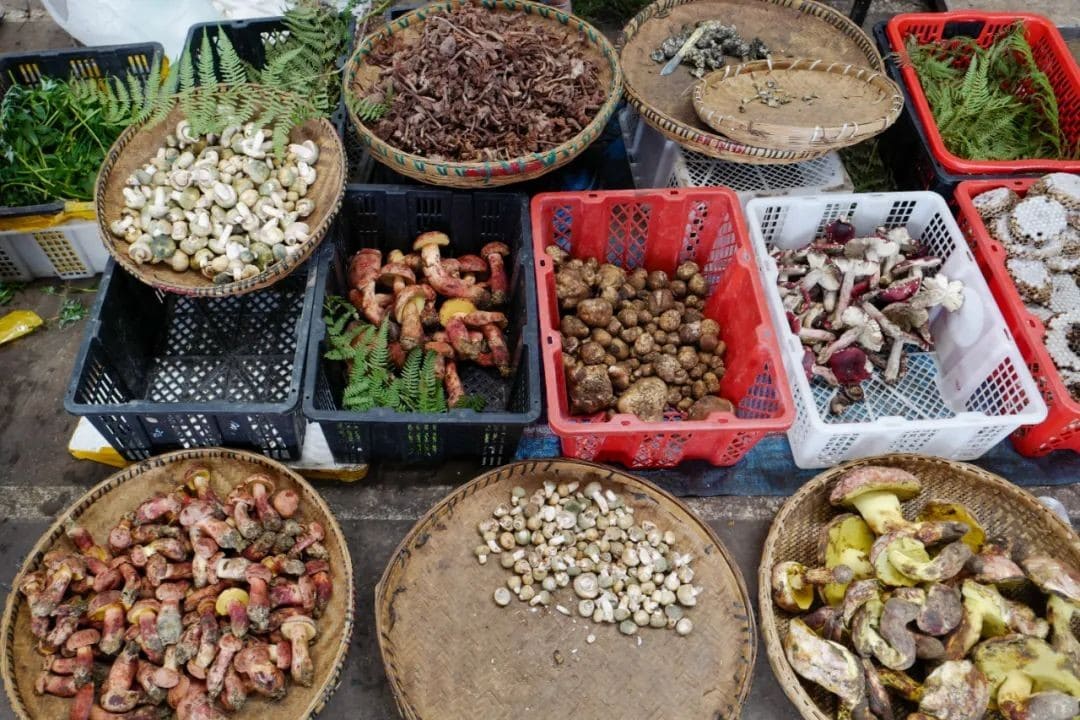
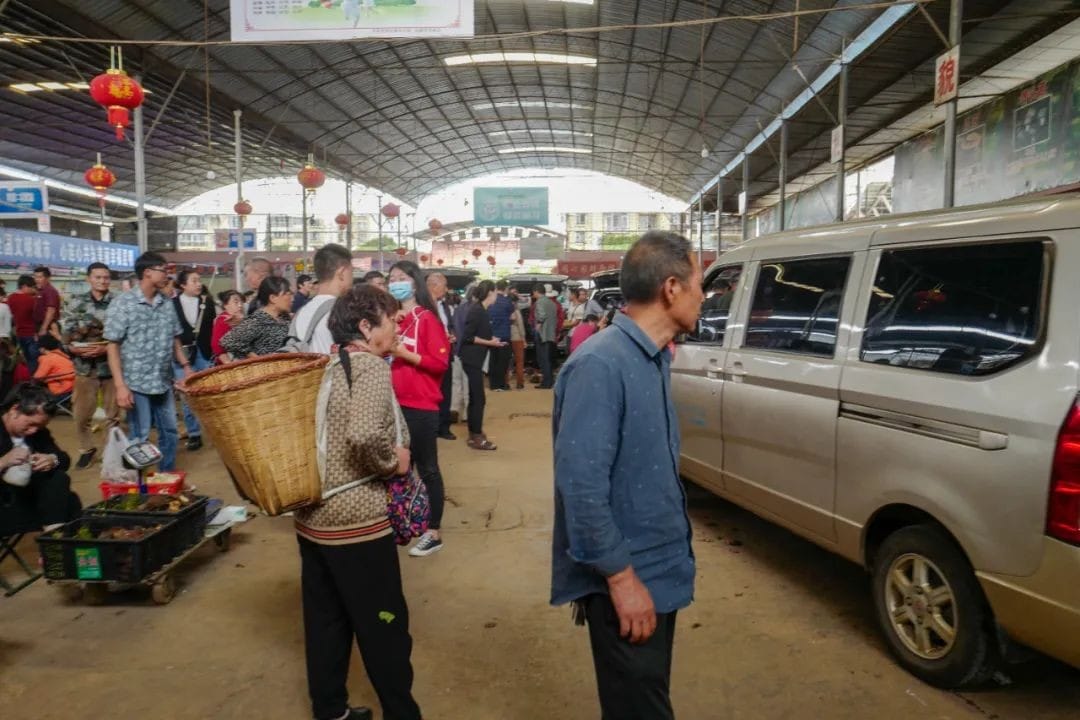
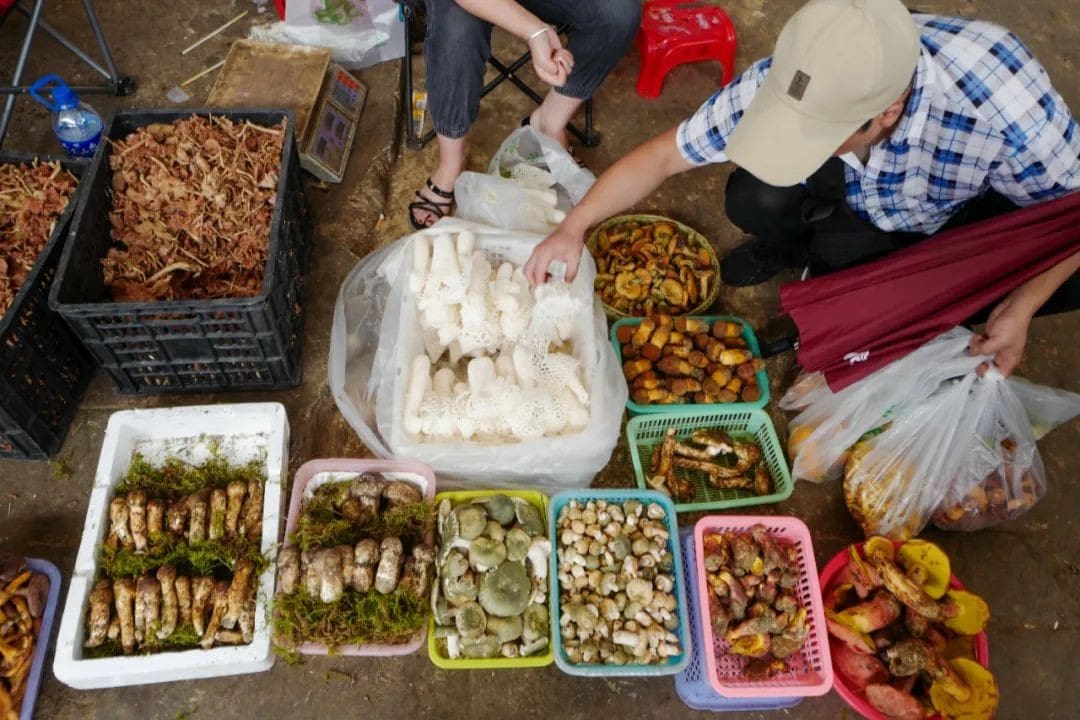
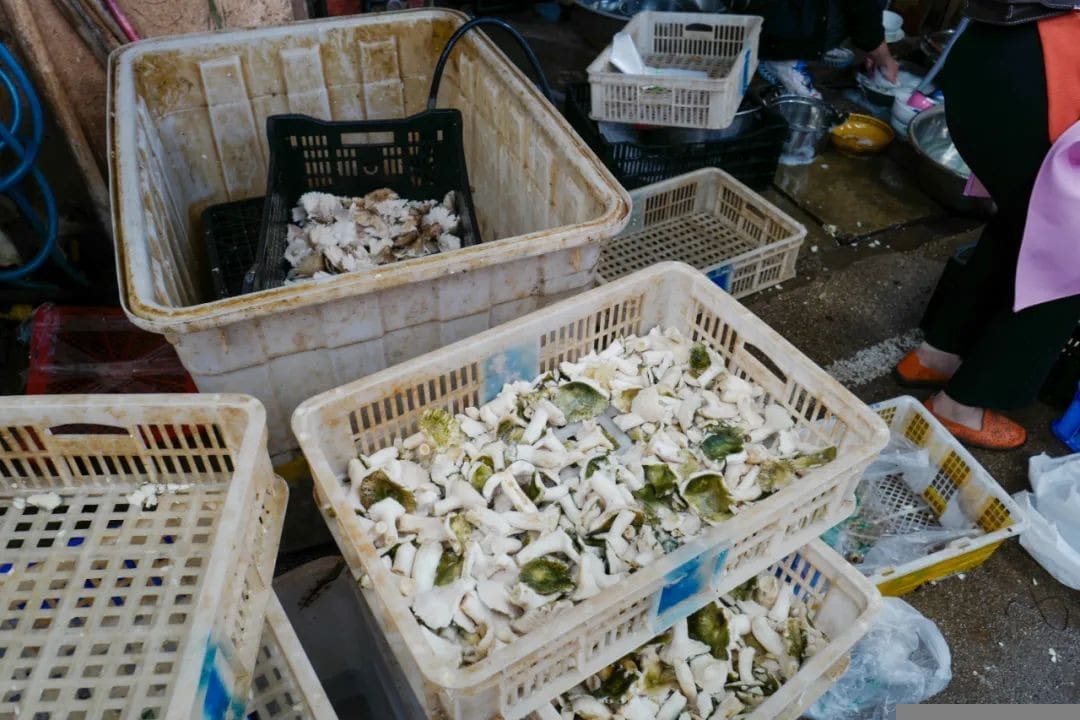
I was most interested in the legendary “hand-turning green” mushroom, one of the few clearly toxic mushrooms that still sell well in the market. Named so because it turns green when touched or subjected to external force. It’s highly recognizable, red overall with a yellow cap underneath, and turns blue-green when cut, gathering the three primary colors in one.
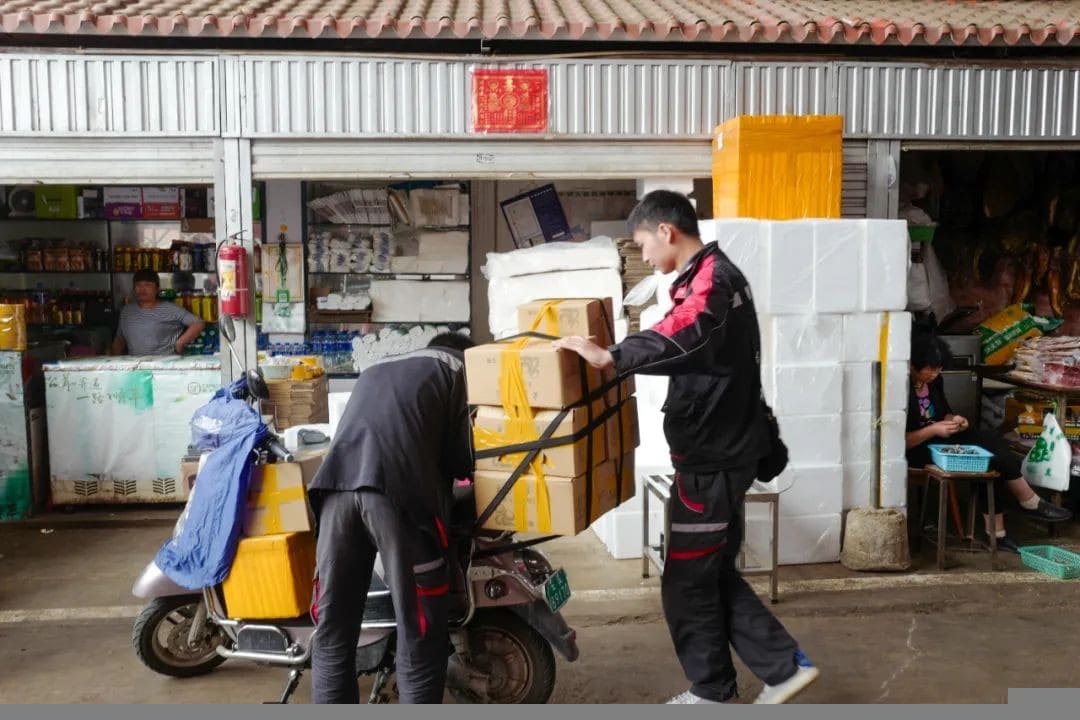
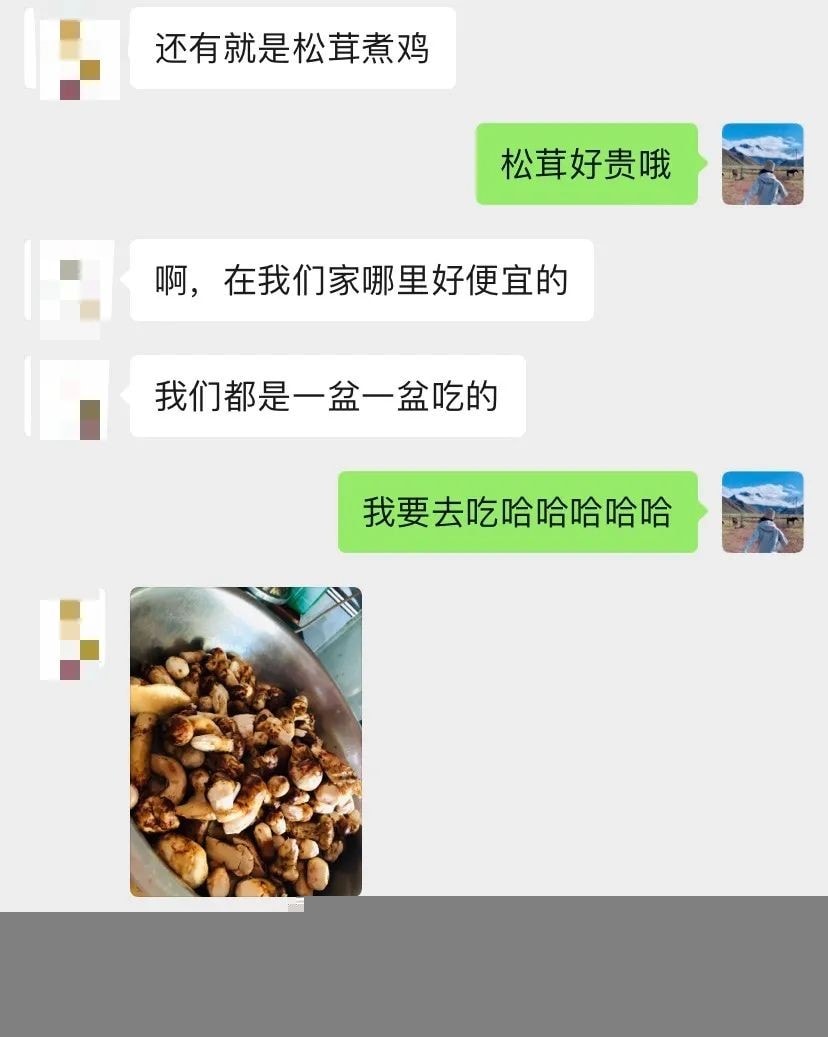
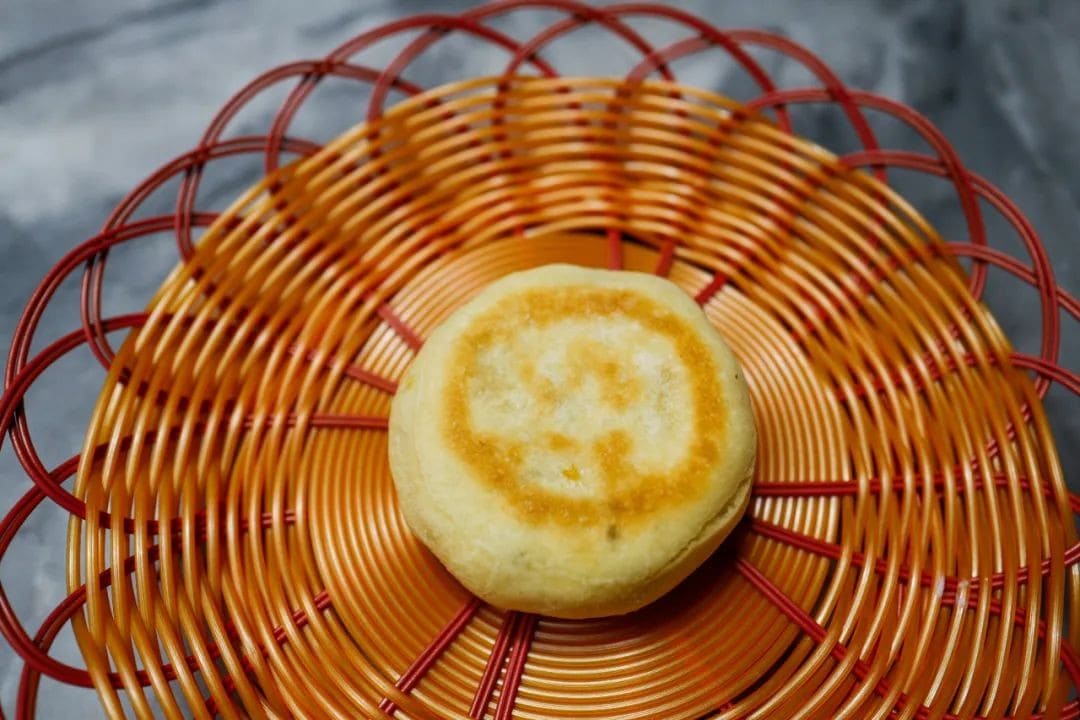
▲ Warning: Seeing Little People
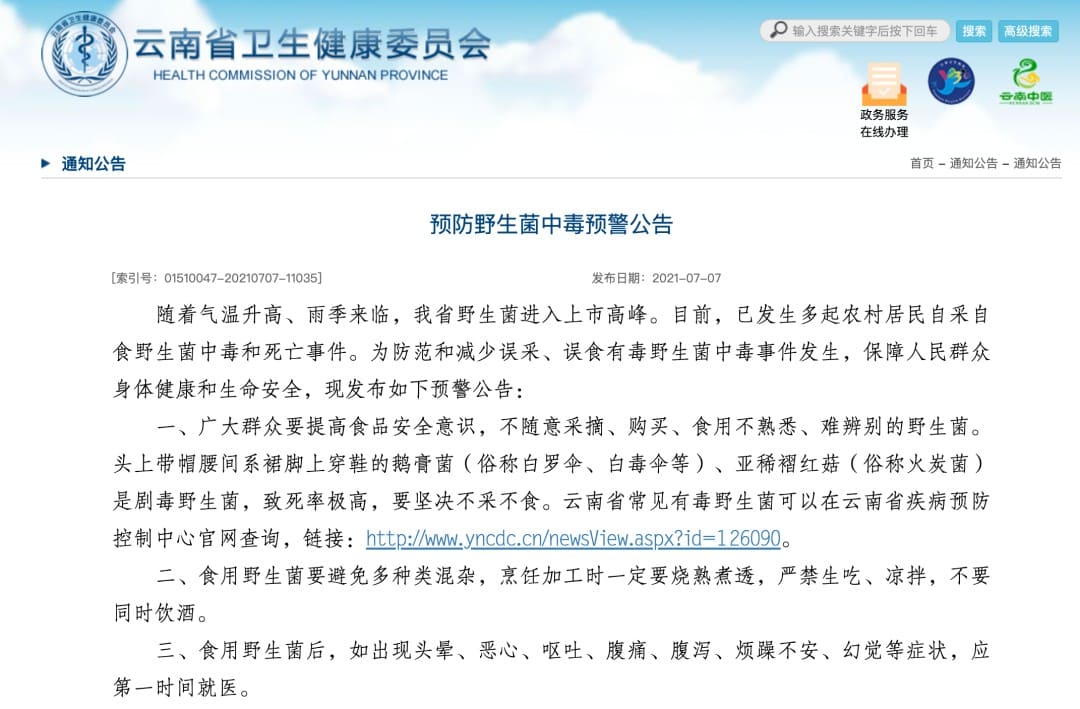
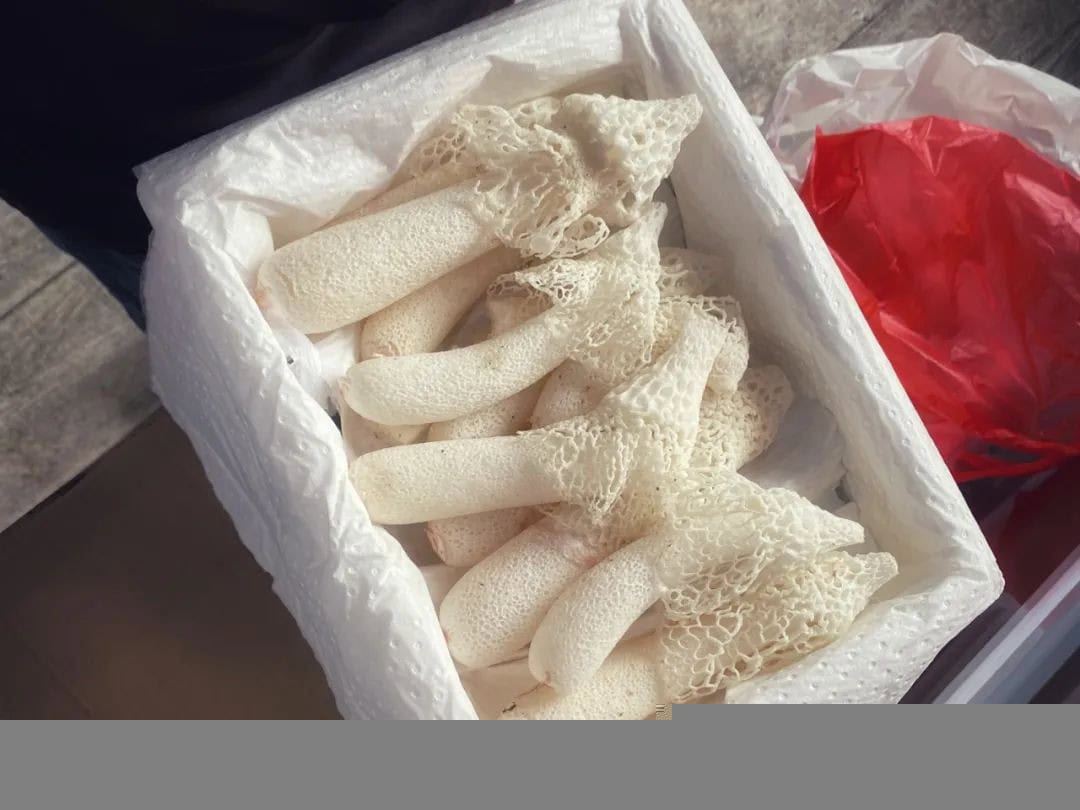
During the day, it’s a paradise for individual customers, with fewer young people and mostly middle-aged and elderly folks. These usually thrifty uncles and aunts are surprisingly generous when buying mushrooms, waving their hands to buy a whole basket.
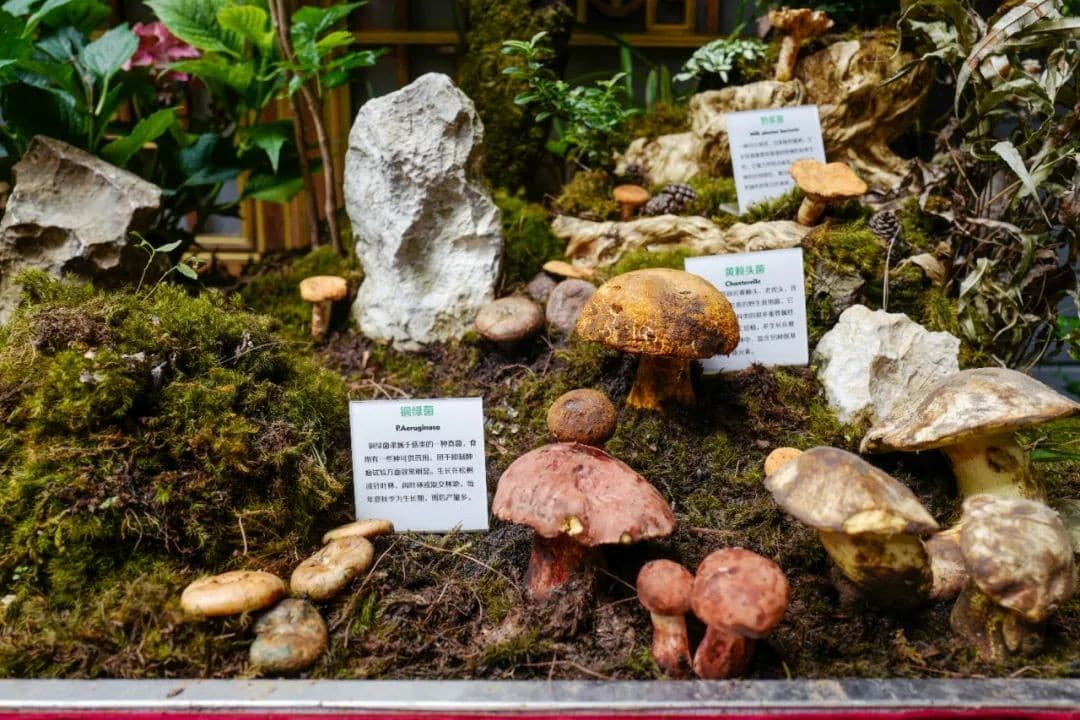
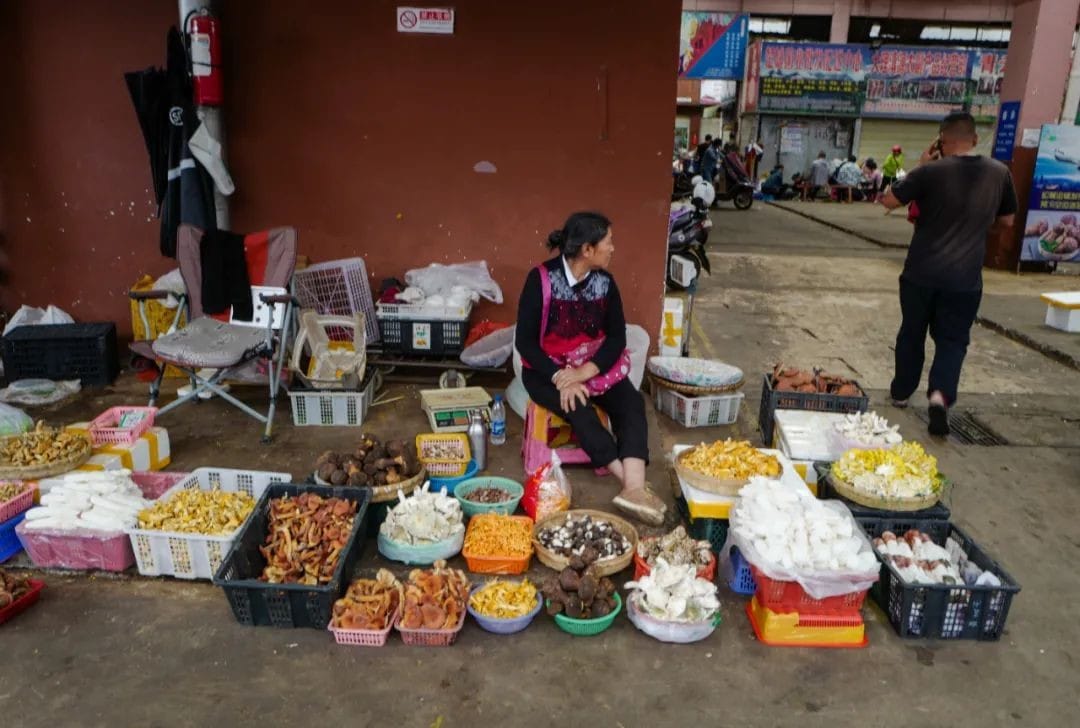
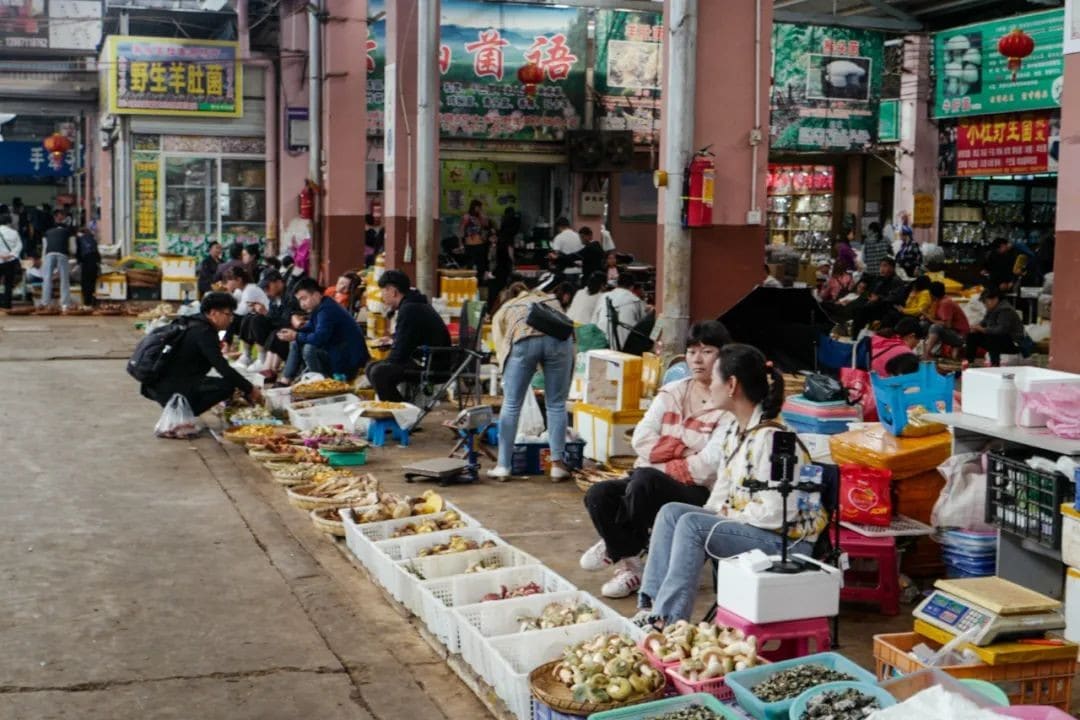
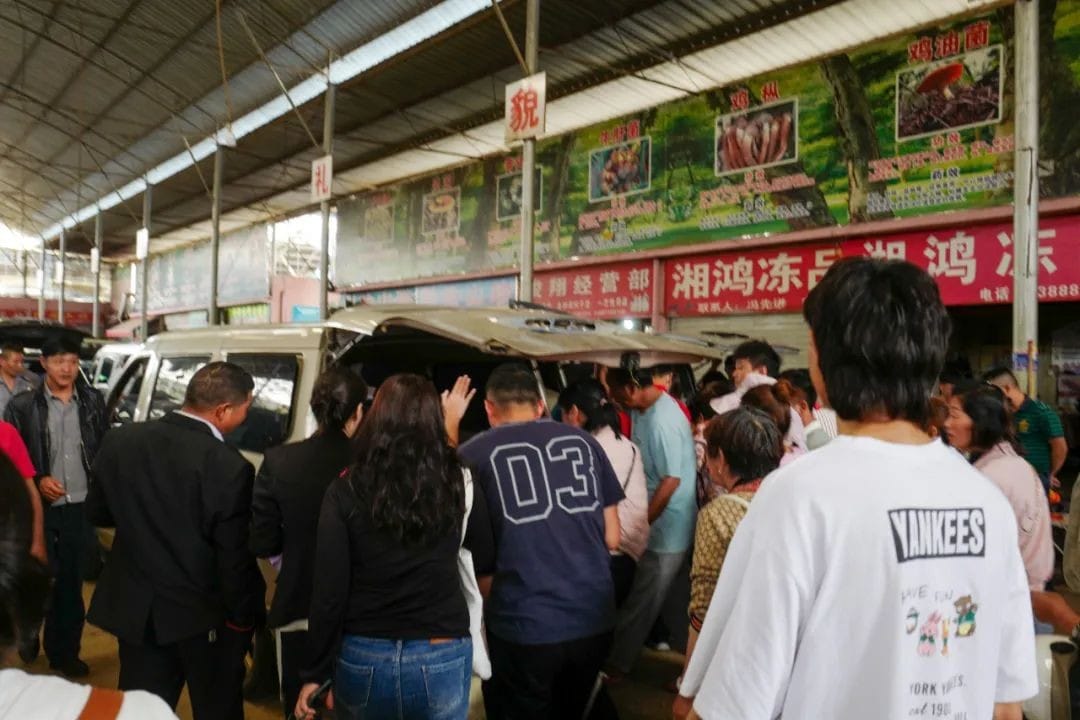
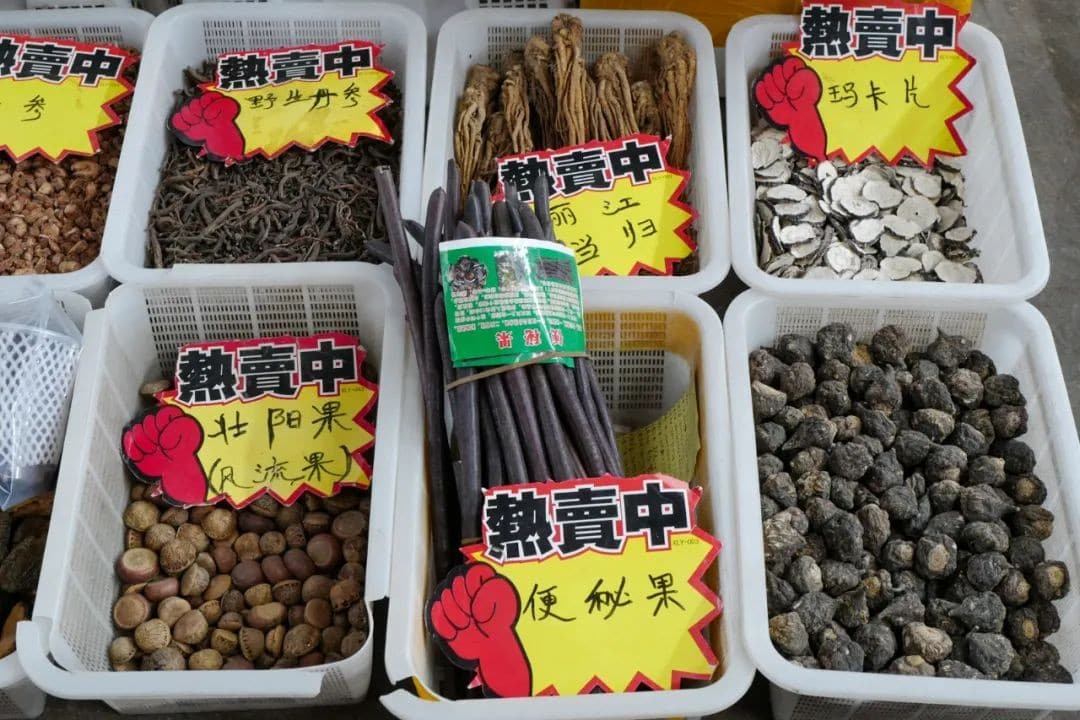
In the era of internet economy, some people also do live-streaming sales in the market. I followed a host for a while,, and if I had stayed longer, I might have become half an expert.
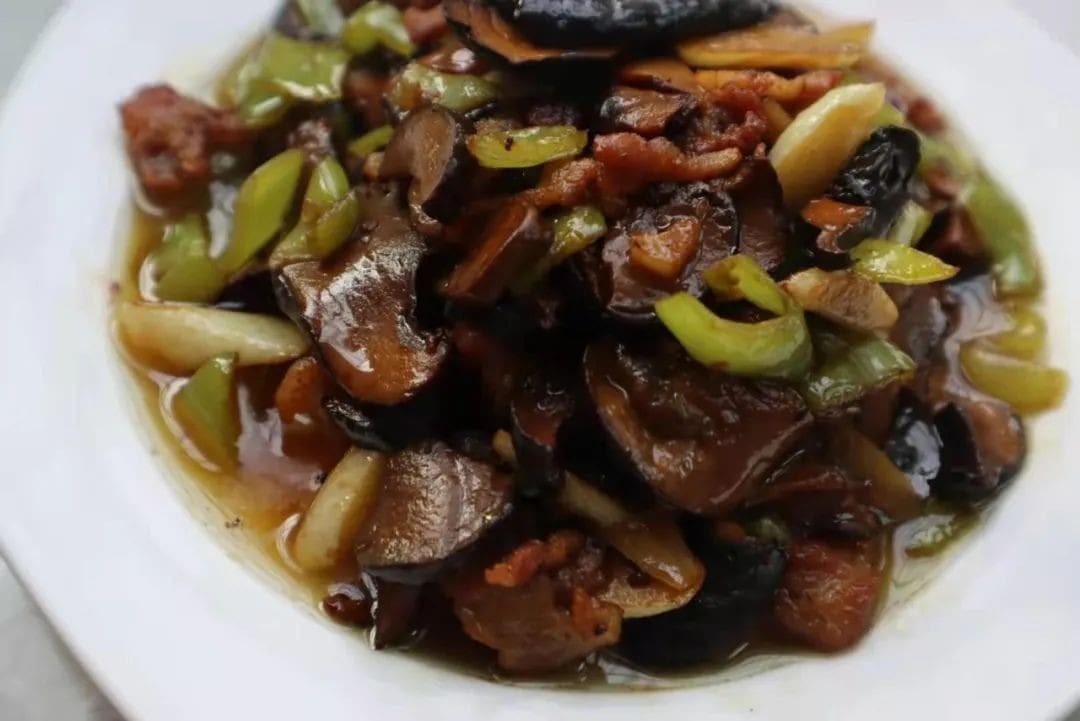
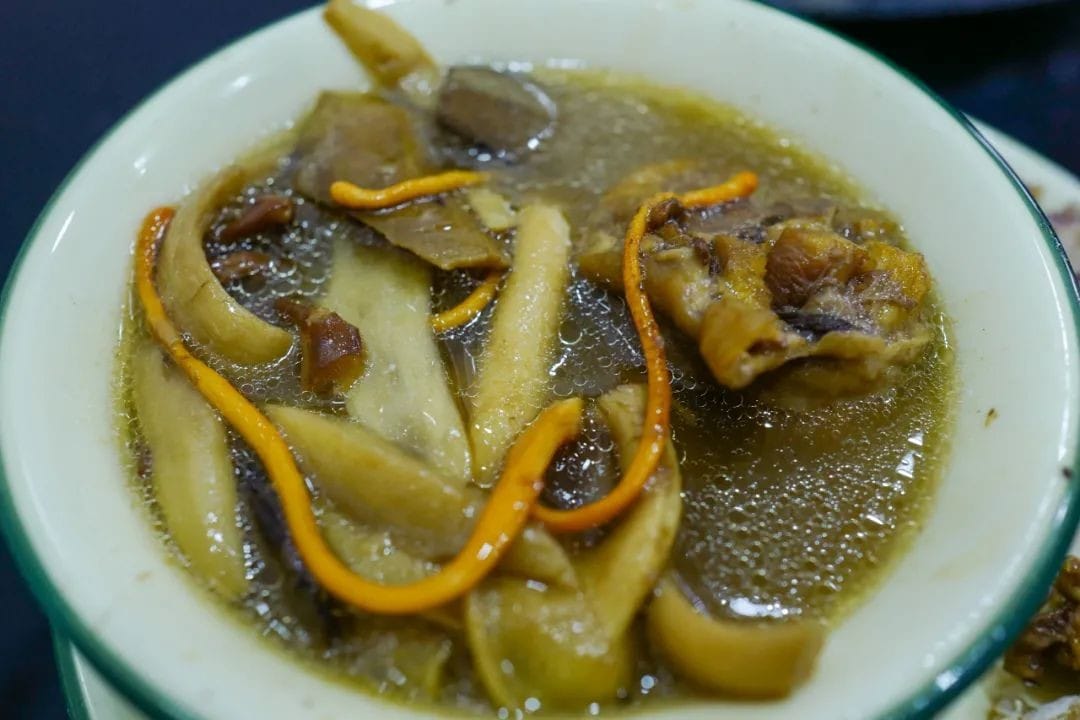
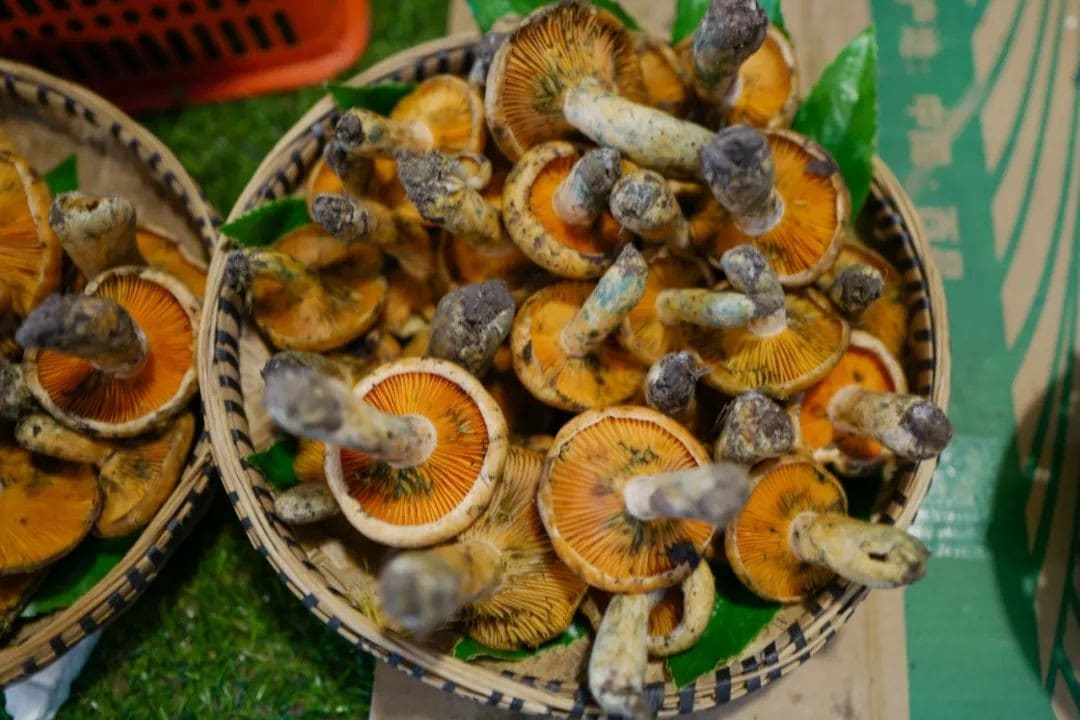
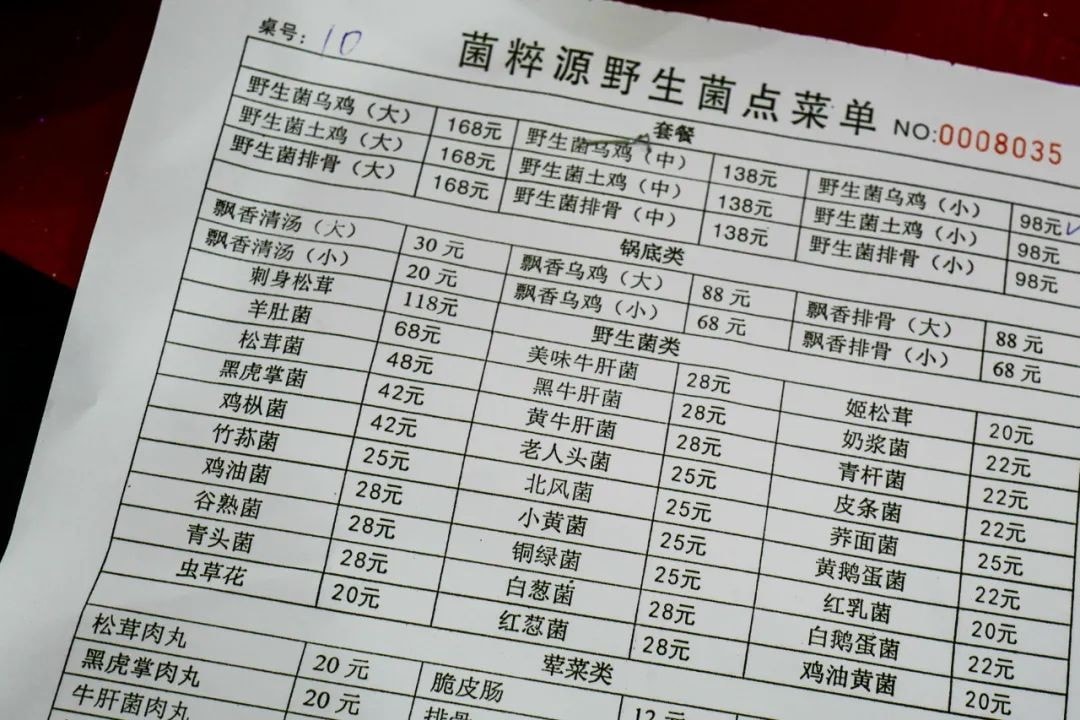
The market gets liveliest after 2 PM when wild mushroom vendors from the surrounding areas drive in with their minivans. Each arrival causes a stir; before the car even stops, people gather around the trunk, waiting for the owner to open it and reveal the goods.
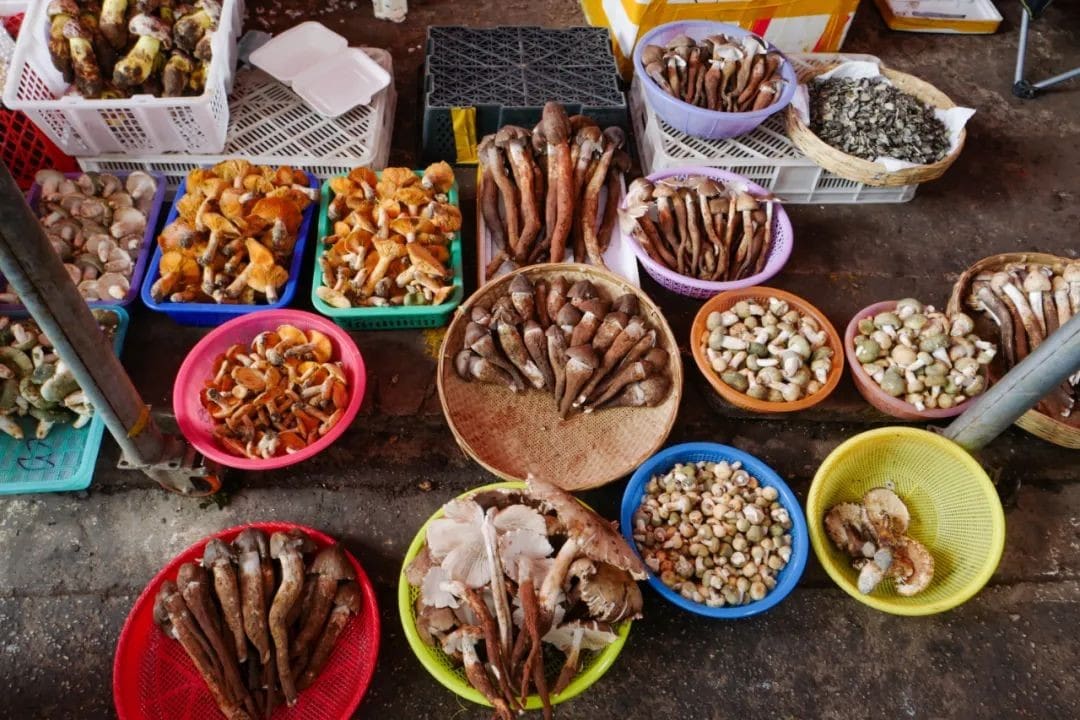
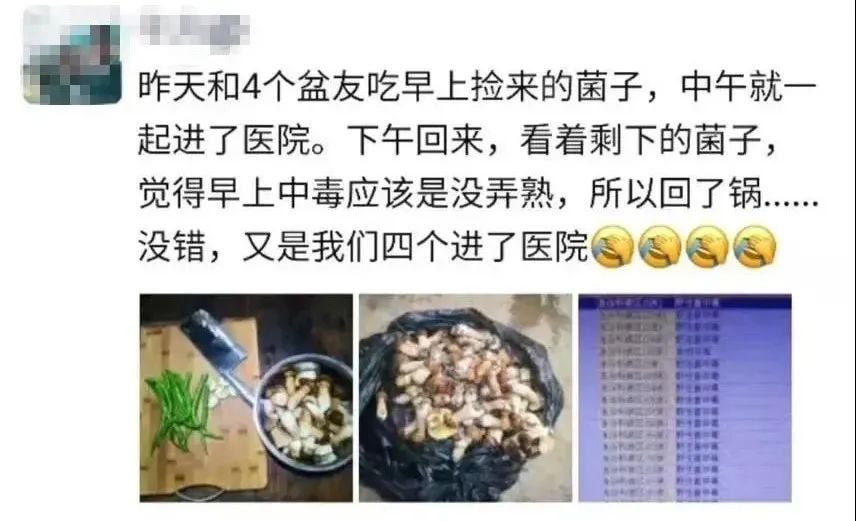
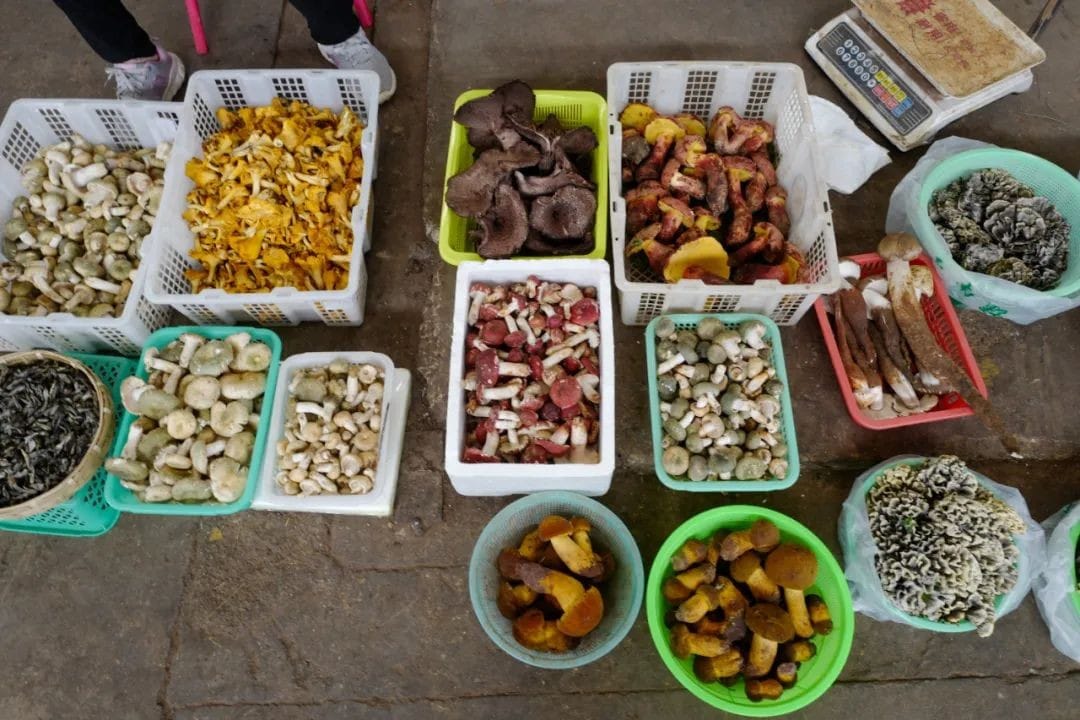
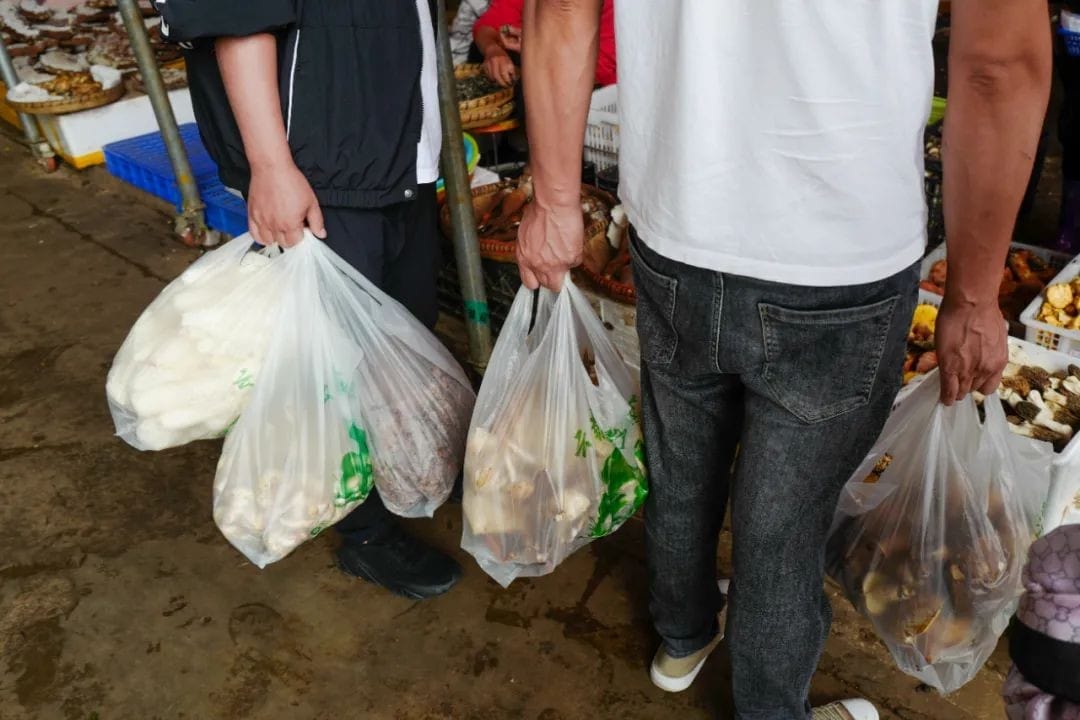
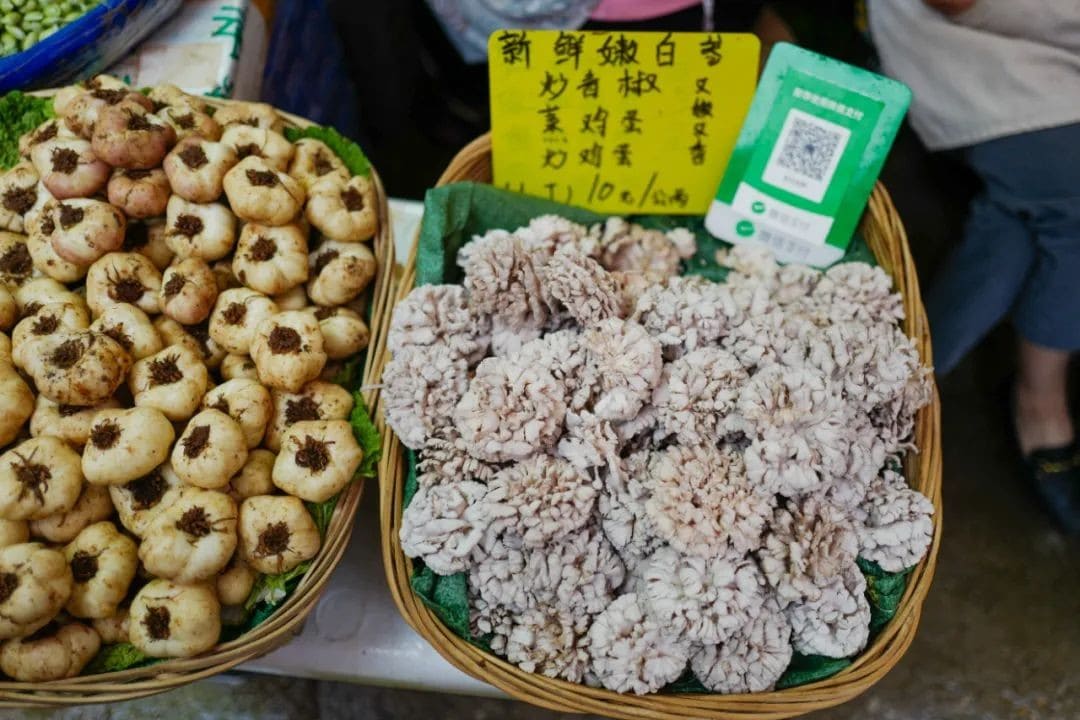
The mushrooms brought by these minivans are fresher and cheaper than those at fixed stalls but are usually sold by the basket and not individually selectable.
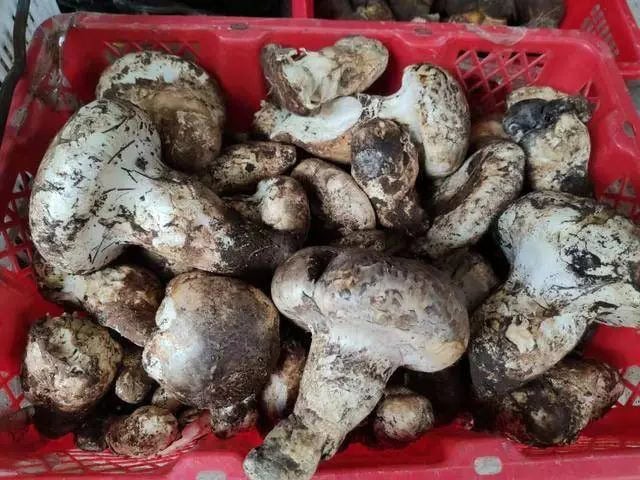
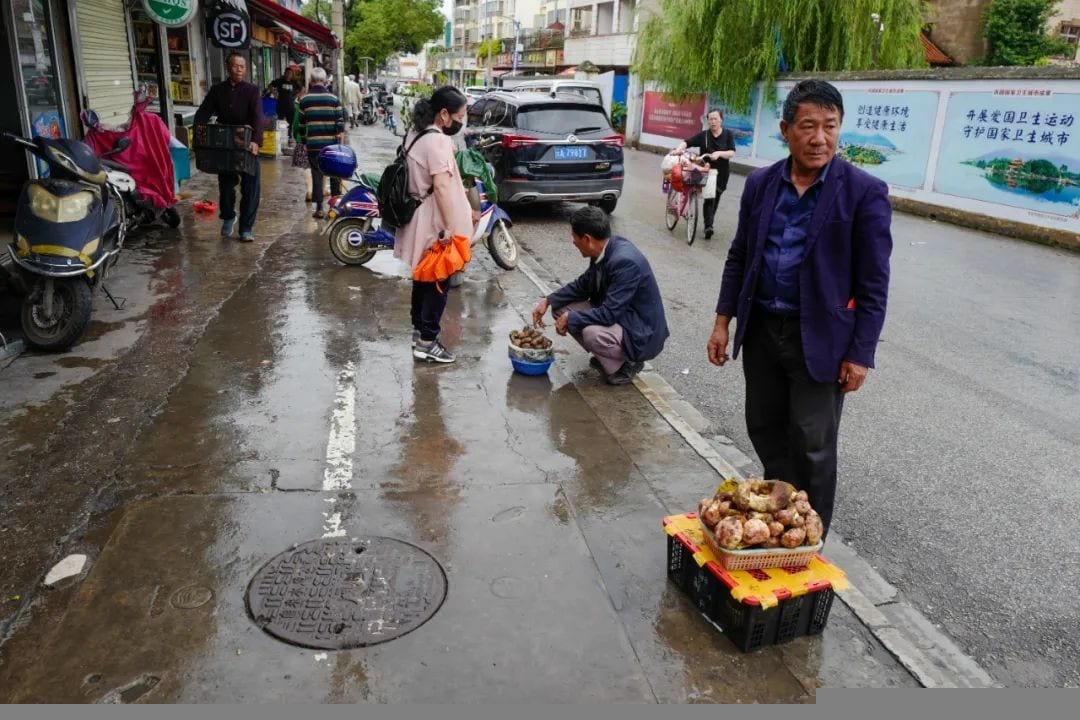
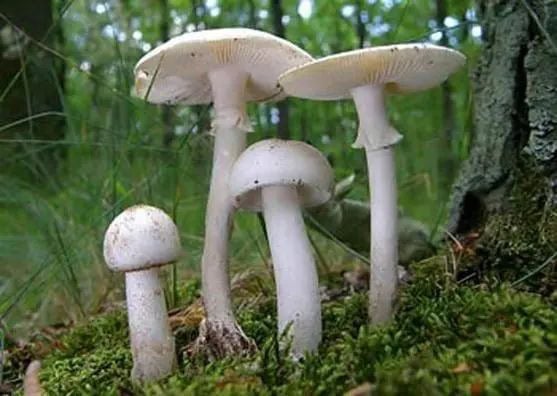
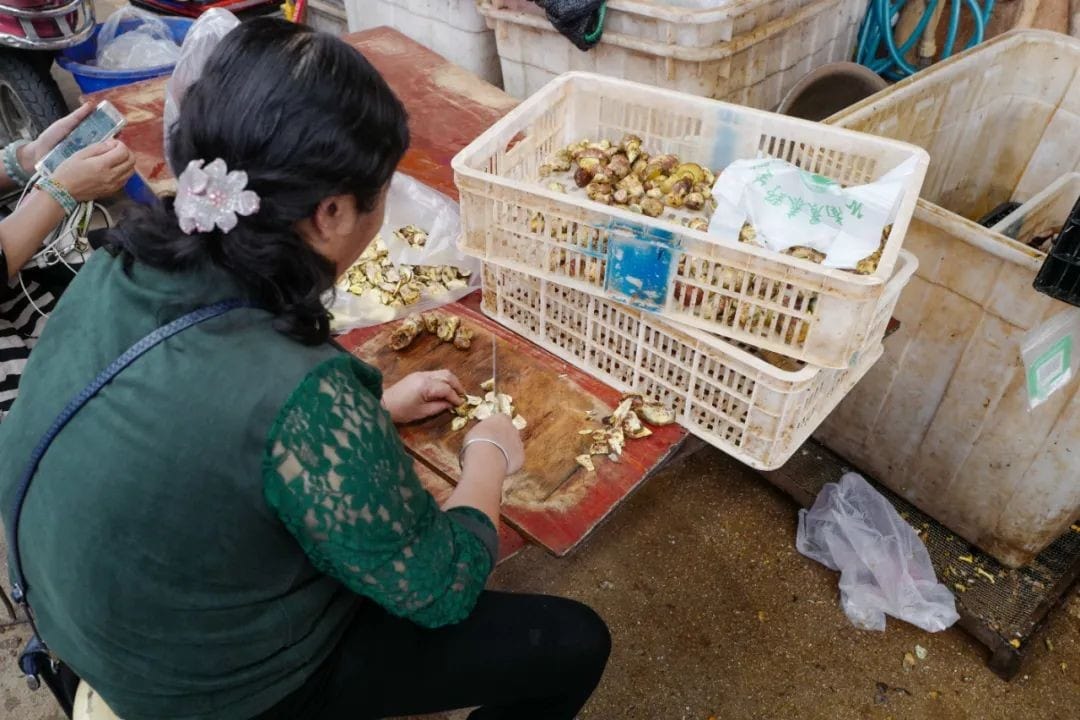
The surrounding area is filled with dried goods stores, which are a bit slow due to the current dominance of fresh mushrooms.
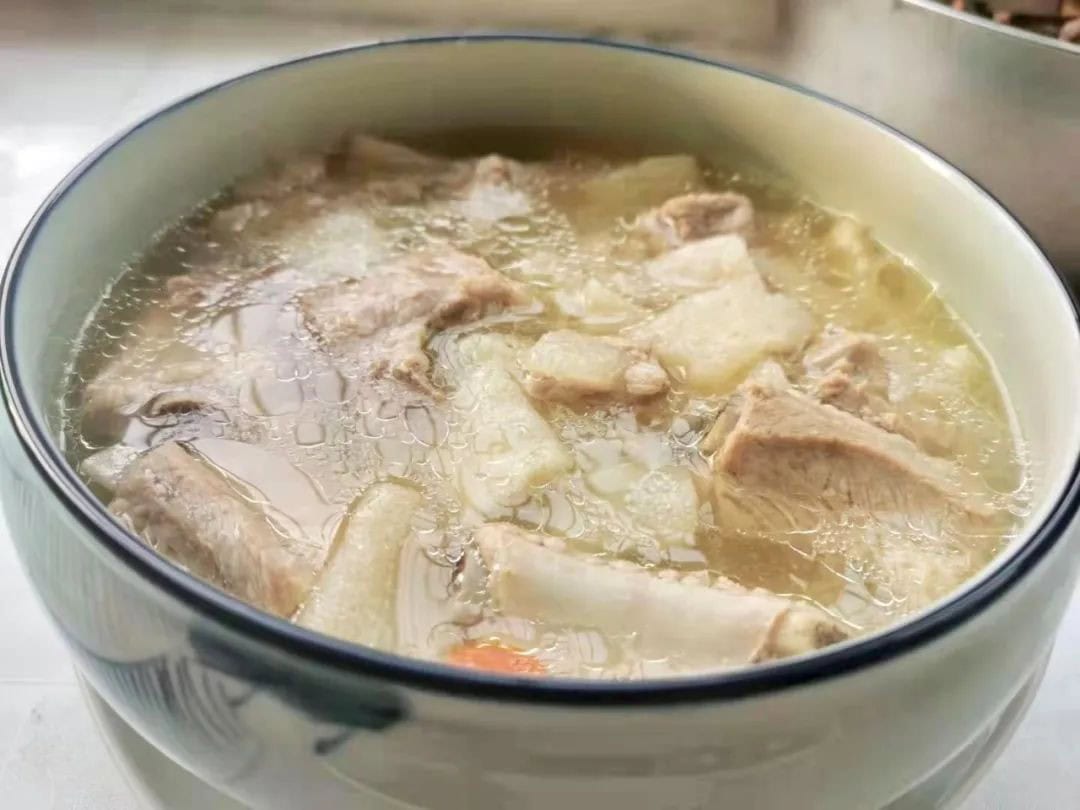
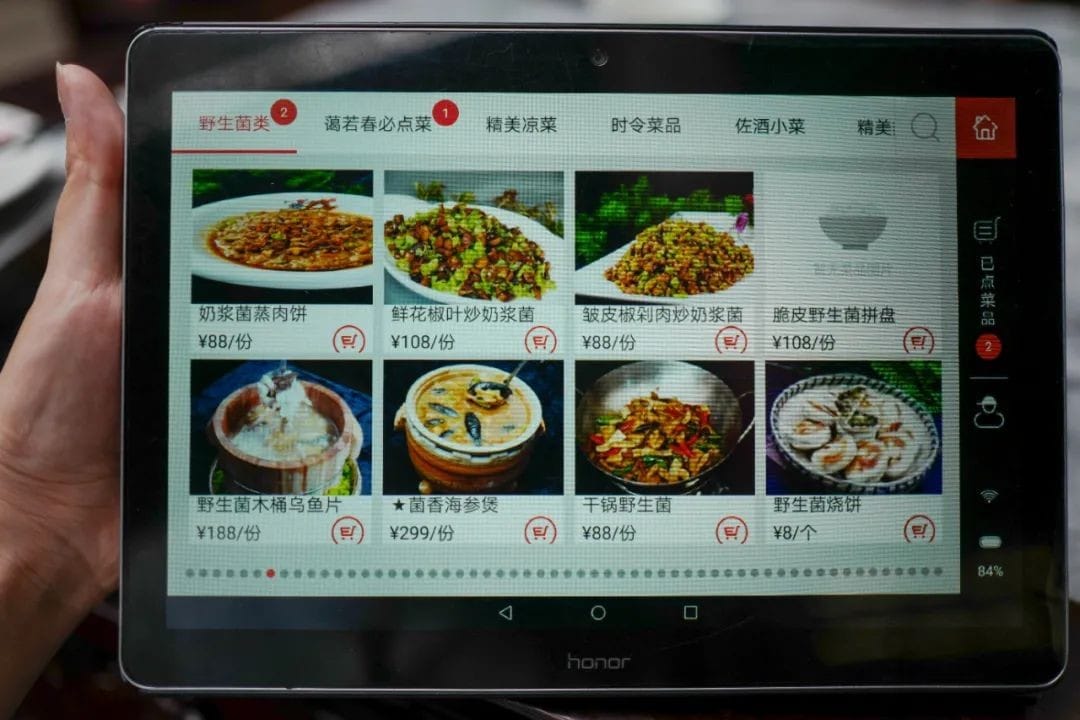
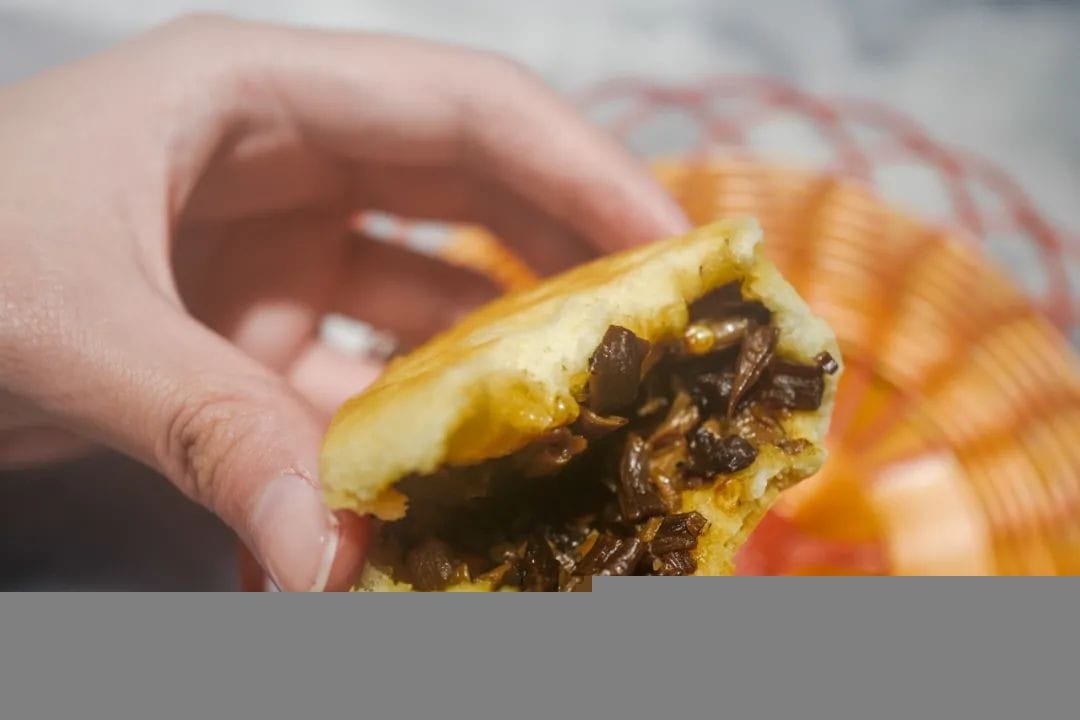
▲ There are also some strange things.
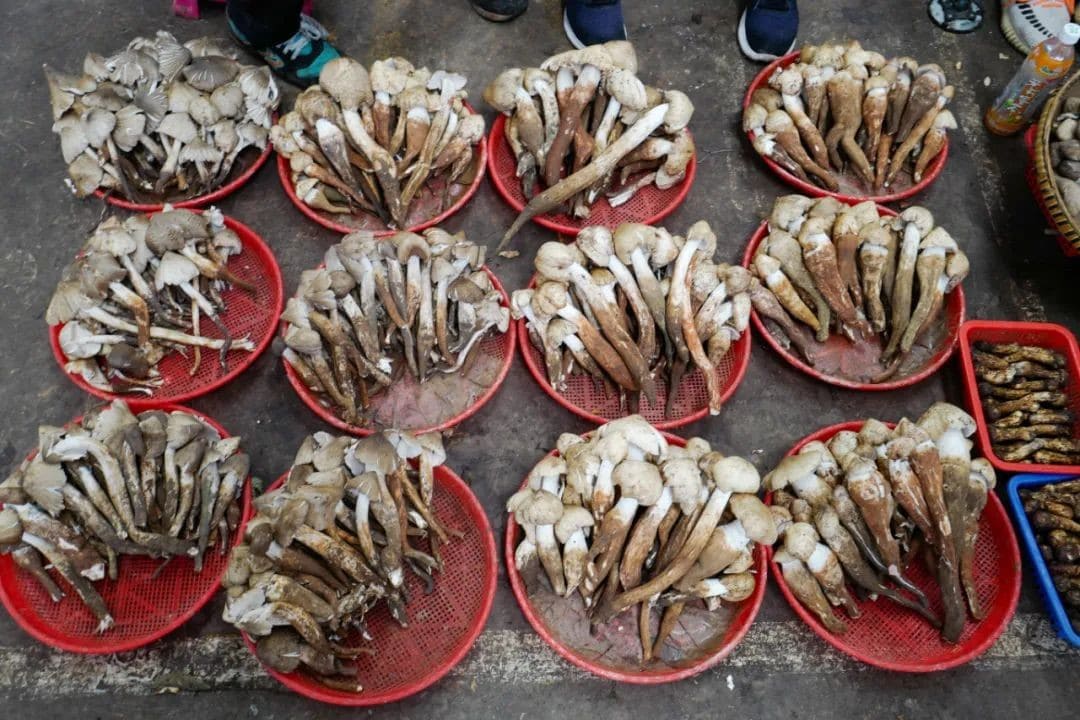
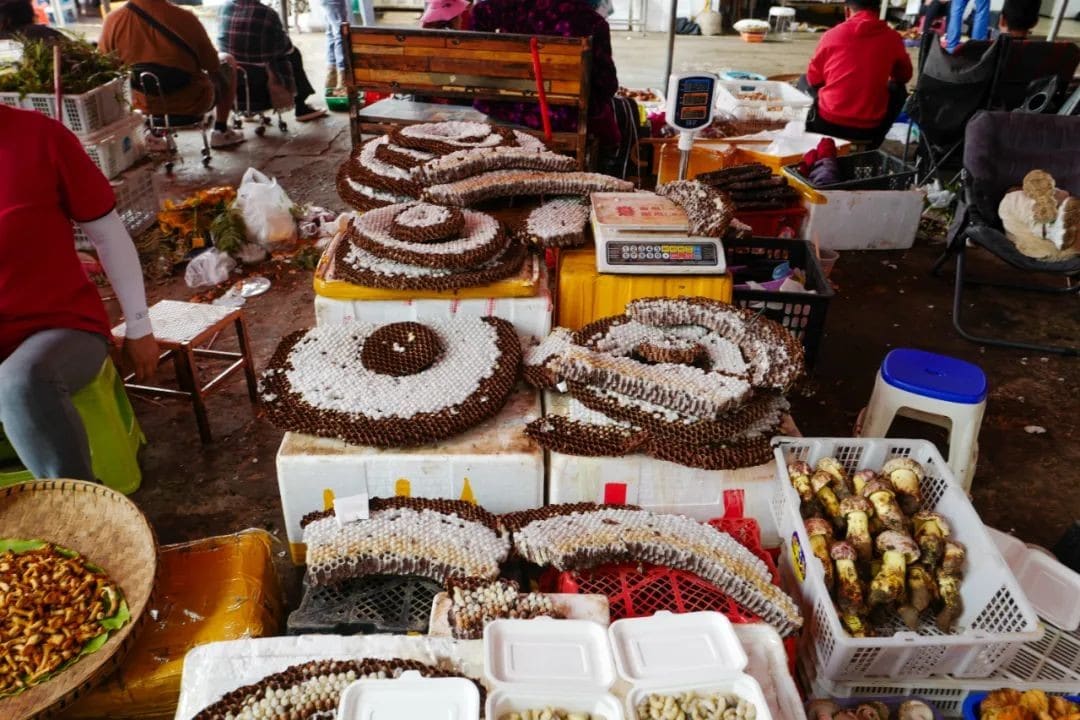
Besides wild mushrooms, the most frequently seen items in the market are probably these honeycombs, not for the honey inside but for the bee larvae.
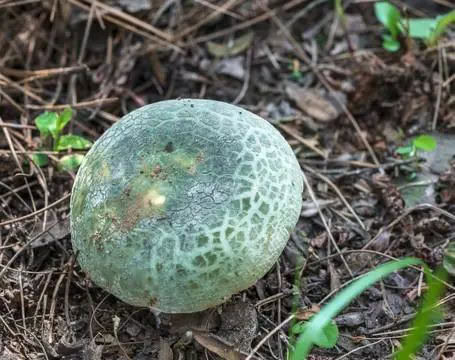
From a distance, it doesn’t look unusual, but up close, you can see many larvae wriggling inside, making my skin crawl. I mustered the courage to record a moving image for everyone to experience.
Though it looks creepy, this is a low-fat, high-protein healthy food, with various cooking methods like frying, grilling, and stir-frying. It’s worth checking out for those on a diet or fitness regimen.
▲ Both larvae and adults are present.
Many insects in Yunnan are edible. Some shops have signs for bamboo worms and grasshoppers, though it seems not the season yet, as I didn’t see them for sale.
The rows of houses at the back of the market are mostly wild mushroom processing shops. If you see an uncle carrying a large bucket of rapeseed oil, he’s probably bought fresh chicken oil mushrooms to have them processed into oil-preserved mushrooms. Since wild mushrooms often come with a lot of soil, many people are too lazy to clean them at home, giving rise to a profession dedicated to cleaning mushrooms.
If you plan to send mushrooms home, there are professional packaging shops in the market that provide foam boxes and ice packs. The packaging fee for a box is usually between 15-25, and you can choose different courier services. Before sending, ask about the delivery times and choose the fastest one.
Wild Mushroom Zone in the Popular Market
Zhuanxin Agricultural Market is a place I have recommended countless times to friends visiting Kunming. I went there in March and spent two full days exploring and eating, not wanting to leave. This month, I returned to visit the wild mushroom trading area, but I also noticed some unfamiliar seasonal vegetables and fruits had been added to the market.
The first floor of Zhuanxin Market always has some cultivated mushrooms for sale. However, even these cultivated varieties in Yunnan are much more diverse than in other places.
To buy wild mushrooms, you need to go to the second floor in the southwest corner of the market. This area is closed during the dry season but becomes bustling as the rainy season begins.
Compared to Mushuishui Market, the wild mushroom scene at Zhuanxin Agricultural Market is much smaller, with only a 50-meter-long corridor lined with various wild mushroom stalls. The variety of wild mushrooms is not as extensive as at Mushuishui, but common types are still available.
As a benchmark for markets, Zhuanxin’s wild mushroom trading area continues its consistent refined style. Although the variety and quantity of mushrooms are not as abundant as at Mushuishui Market, the presentation is very thoughtful. Plastic baskets have been replaced with bamboo-woven ones, and fresh leaves are used as padding, making the mushrooms look very appetizing.
However, since it caters to individual customers, prices are a bit higher. It is recommended to visit in the late afternoon when you can buy mushrooms at discounted prices.
If you plan to buy mushrooms for personal consumption, don’t forget to visit the vegetable stalls to pair them with local specialties like purple-skinned single-clove garlic, wrinkled chili peppers, fresh Sichuan pepper, and Sichuan pepper leaves, which are great companions for stir-frying wild mushrooms.
How to Select and Purchase
With so many wild mushrooms in the market, how should one select them? Here are some recommendations for non-toxic and easily transportable mushrooms. I have personally bought and sent some of these home, and they remained fresh after 2-3 days of transportation.
Black and Yellow Boletus
There are many types of boletus mushrooms, and they all look quite similar. The toxic “Hand-Seeing Green” is also a type of boletus, so for safety, I recommend only black and yellow boletus, which are easily identifiable and non-toxic. The image below shows the black boletus I sent home; after two days of travel, the ice packs had not fully melted, and the mushrooms were still in good condition.
Boletus mushrooms are easy to prepare; simply slice them and stir-fry with green peppers and garlic.
Green-Headed Mushroom
The green-headed mushroom may look toxic, but it is actually a non-toxic and delicious little delicacy. Choose small, unopened green-headed mushrooms (which are also the most expensive) for longer preservation and less likelihood of spoilage during travel.
The green-headed mushroom has a unique texture; it releases juices during cooking, making it suitable for stewing. If possible, you can also try grilling it whole over charcoal, similar to grilling mushrooms. A simple sprinkle of salt near the end of cooking brings out its rich flavor.
Bamboo Fungus
You must try the fresh bamboo fungus; it is like a different species compared to dried bamboo fungus. The preparation of bamboo fungus is also simple; just add it to a chicken or pork rib soup.
Bamboo fungus may look delicate, but it can withstand transportation well. After two days of travel, it may appear slightly swollen but is still intact and flavorful.
However, a local friend informed me that many of the bamboo fungus available now are artificially cultivated. Generally, if the sizes are uniform and neat, they are likely to be cultivated mushrooms. Those with varying sizes and fewer in number are more likely to be wild. However, the taste difference is not significant, and cultivated ones are much cheaper.
**Matsutake Mushrooms**
If there were a hierarchy among Yunnan’s wild mushrooms, Matsutake would undoubtedly occupy a pinnacle position. As it is not yet the peak season for Matsutake, several inquiries revealed prices ranging in the four digits per kilogram, which I simply cannot afford.
The classic line from “A Bite of China,” “High-end ingredients often require the most straightforward cooking methods,” was introduced while showcasing the preparation of Matsutake mushrooms fried in butter. However, this is not the simplest cooking method.
Currently, the most popular way to enjoy Matsutake is as sashimi. High-quality, fresh Matsutake mushrooms, washed and sliced, can be eaten directly, often accompanied by soy sauce and wasabi. If Matsutake sashimi were featured in “A Bite of China,” the narration might go, “High-end ingredients often require simple cooking methods; after a busy day, the people of Yunnan decide to eat Matsutake raw.”
However, my Yunnan friends, in a rather ostentatious manner, told me that they buy Matsutake mushrooms by the basin and cook them simply by stewing with chicken.
**Old Man’s Head Mushrooms**
If you have a limited budget but want to experience the taste of mushroom sashimi, Old Man’s Head mushrooms, which can be bought for just a few dozen yuan per basket, are a good choice. These mushrooms, due to their resemblance to Matsutake, are sometimes misrepresented as Matsutake by unscrupulous sellers.
Old Man’s Head mushrooms lack the distinctive woody aroma of Matsutake, but their preparation methods are quite similar. Besides being fried in butter like Matsutake, they are also very refreshing when sliced and served cold.
Lastly, a reminder: wild mushrooms tend to spoil easily after washing, so they should be consumed the same day. If you plan to mail them, do not wash them. I’ve seen friends being misled into washing them, only to find them all spoiled upon arrival.
**Can’t Cook? Just Eat Out!**
If, like me, you are a kitchen novice and fear ending up in the hospital, rest assured, Kunming has plenty of restaurants where you can enjoy wild mushrooms.
The classic way to enjoy wild mushrooms is undoubtedly in a hot pot. There are many restaurants specializing in wild mushroom hot pots on Guanshang Wild Mushroom Street, just over a kilometer away from the Mushuishuihua Wild Mushroom Market. Some highly-rated places in the city include Jiangchuan Wild Mushroom Hot Pot with Copper Pot Fish, Yiduo Wild Mushroom Hot Pot (a chain), and Youjian Jun Youlai. Local friends are welcome to recommend more in the comments section.
Eating wild mushroom hot pot, like seafood, allows for a range of budgets, with the ingredients varying significantly between a few dozen yuan and a few hundred yuan per person.
Right at the entrance of the Mushuishuihua Market, there is a wild mushroom hot pot restaurant called Jun Cui Yuan, which is much cheaper than other wild mushroom hot pot restaurants in the city. If you visit the market, you can conveniently have a meal there.
The cheapest set meal is 98 yuan, with a chicken soup base and about seven or eight types of mushrooms. The ones I could recognize were bamboo fungus, cordyceps flowers, and chicken mushrooms. For larger groups, you can order a larger portion or add extra mushrooms.
Personally, I find the hardest part of enjoying a wild mushroom hot pot is the waiting time. Watching the pot boil but being strictly forbidden to use chopsticks is quite challenging. After the pot was boiling, I stirred it with my chopsticks, only to be immediately given a new pair by the server, who repeatedly emphasized that the mushrooms must be cooked for the full time before eating.
I heard that some restaurants won’t even provide chopsticks until the cooking time is up, to prevent guests from eating undercooked mushrooms and getting poisoned.
During this waiting period, as you stare at the pot, you’ll notice the broth becoming thicker and richer, with the intense aroma of mushrooms directly enticing your senses.
Once the cooking time is up, at the server’s command, everyone pounces on the rich pot base, and wow, it’s incredibly fresh!
Although locals always pair their mushroom hotpot with various dipping sauces, I personally find that the original flavors are already rich enough. The dipping sauces cover up the natural freshness, which feels like a waste (dog head emoji for protection, please don’t hit me, friends from Yunnan).
To try different ways of enjoying mushrooms besides hotpot, I visited the time-honored restaurant Ainuo Chun, recommended by a friend. It specializes in wild mushrooms and offers a variety of preparations.
The restaurant has a nice environment, like dining in a courtyard, and there’s an area for displaying and introducing various wild mushrooms.
Ainuo Chun’s menu is quite extensive, featuring almost all the mushrooms currently in season. Besides traditional methods, there are also many creative dishes.
I ordered a dish of wrinkled pepper stir-fried yellow laitou, which is one of the cheaper options in the wrinkled pepper series but still costs over fifty yuan. I couldn’t resist ordering it. Yellow laitou is actually yellow porcini, with tender flesh that feels smoother than black porcini.
The porcini mushroom rice is a must-try, and you can order half a portion if you’re dining alone.
The porcini mushrooms are shiny and aromatic, with soft Yunnan highland potatoes and some Yunnan ham for added flavor. It’s so delicious that you’ll find yourself eating bowl after bowl.
The cheapest item on the menu is the wild mushroom pie, priced at 8 yuan each. When served, it’s hot and steamy, with the mushrooms inside resembling chicken mushrooms, offering a fibrous texture that’s very chewy and aromatic.
The wild mushroom pizza on the next table also looked good, a creative new way to enjoy mushrooms.
Eating mushrooms alone isn’t cheap, making it one of the higher-end dining options in Kunming. During the mushroom season, most local restaurants will offer seasonal wild mushroom dishes at potentially lower prices. Another affordable option is to visit nearby farmhouses.
Towns about an hour’s drive from Kunming, such as Shuanglong, Chenggong, Fumin, Luquan, Jinning, and Yimen, are known for their wild mushrooms. Many farmhouses there are built against the mountains, offering the freshest and most affordable mushrooms and the fun of picking them yourself.
Image from @shine
Of course, if you have a local friend to guide you, picking mushrooms yourself and preparing a mushroom feast would be the ultimate way to enjoy wild mushrooms. However, those unfamiliar with the area should not venture into the mountains alone. The terrain is complex, and falling into a ravine can be dangerous. Additionally, it’s challenging to distinguish between different types of mushrooms, as some poisonous and non-poisonous ones look similar. Accidentally eating a poisonous mushroom would be troublesome. Finally, here’s a list of common poisonous mushrooms in Yunnan for those who need it.
Due to time constraints, I couldn’t visit places outside Kunming. However, markets like Beimen in Dali, Zhongyi in Lijiang, and the wild mushroom market in Shangri-La also offer many mushrooms, and local eateries are sure to have plenty of mushroom dishes. Lastly, I welcome comments from friends in Yunnan to share more ways to enjoy mushrooms or your experiences of seeing little people.


